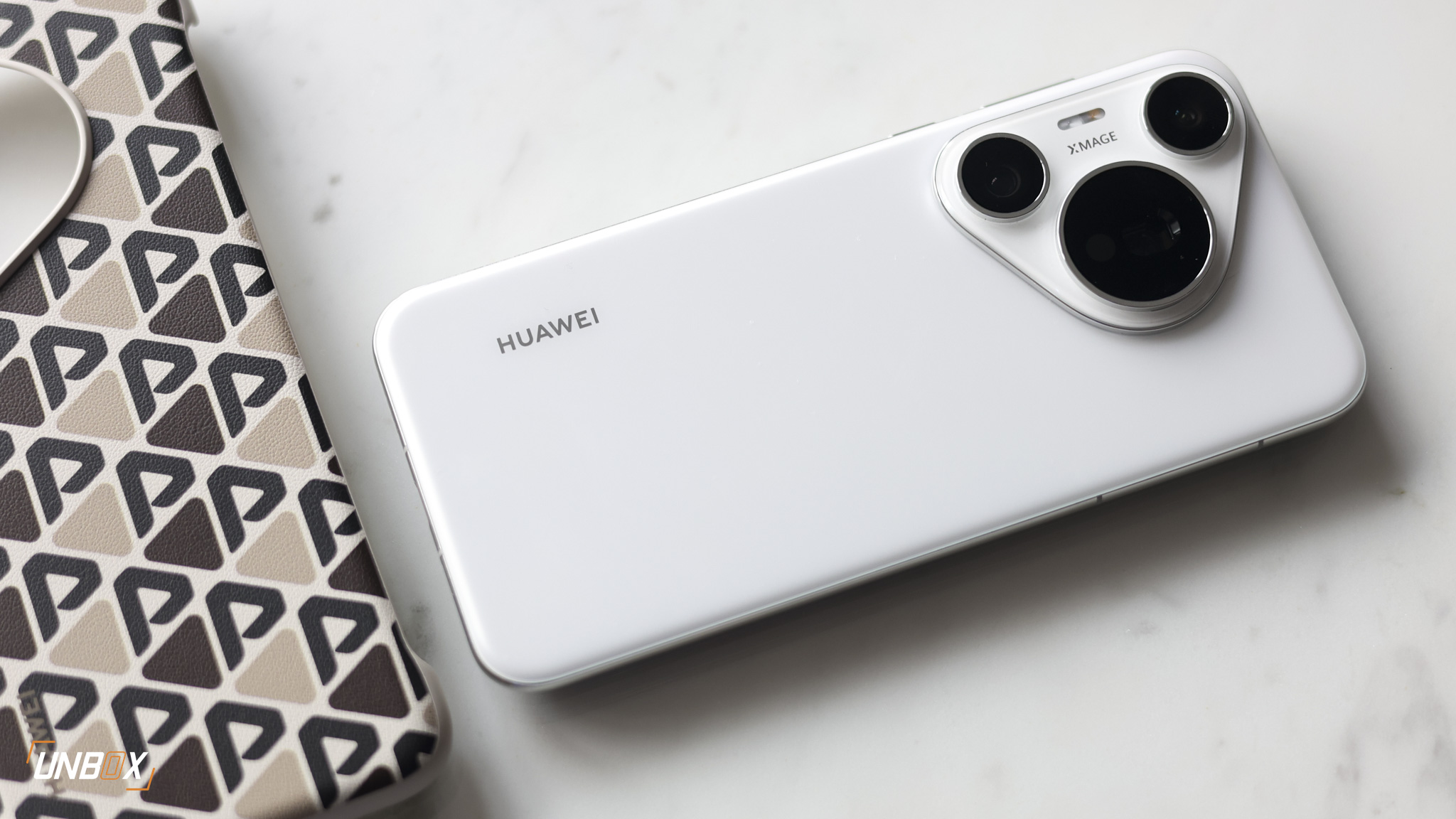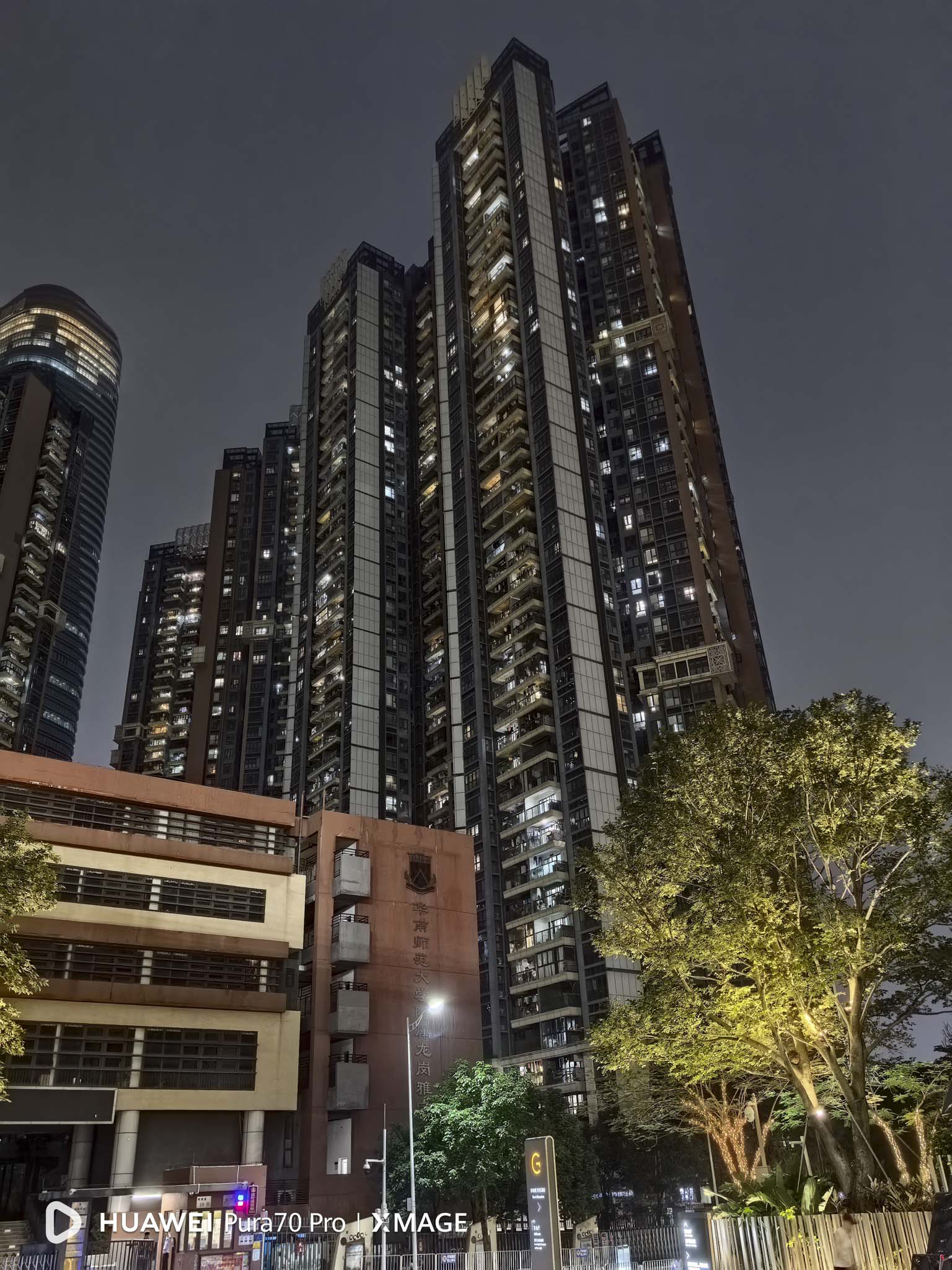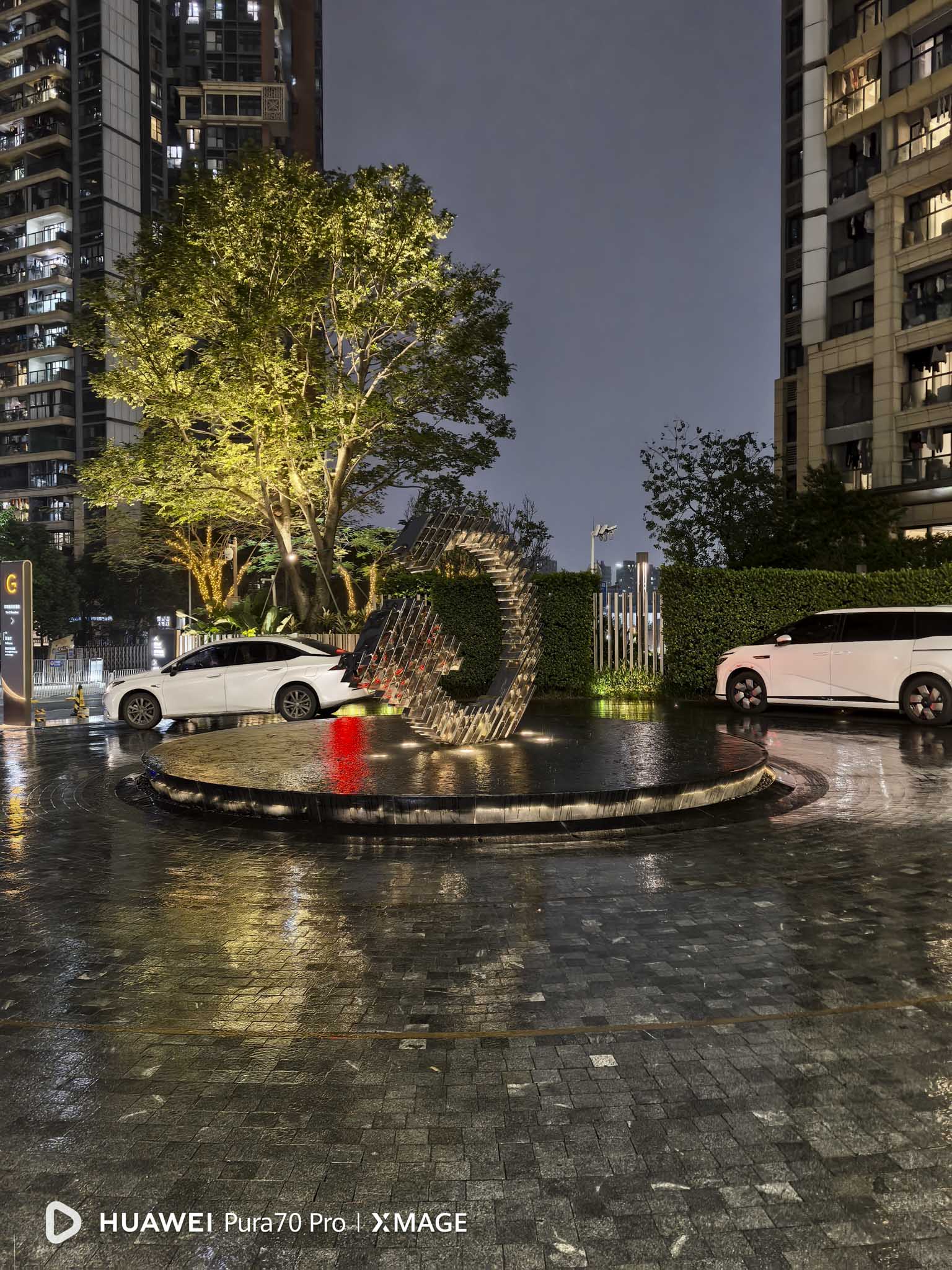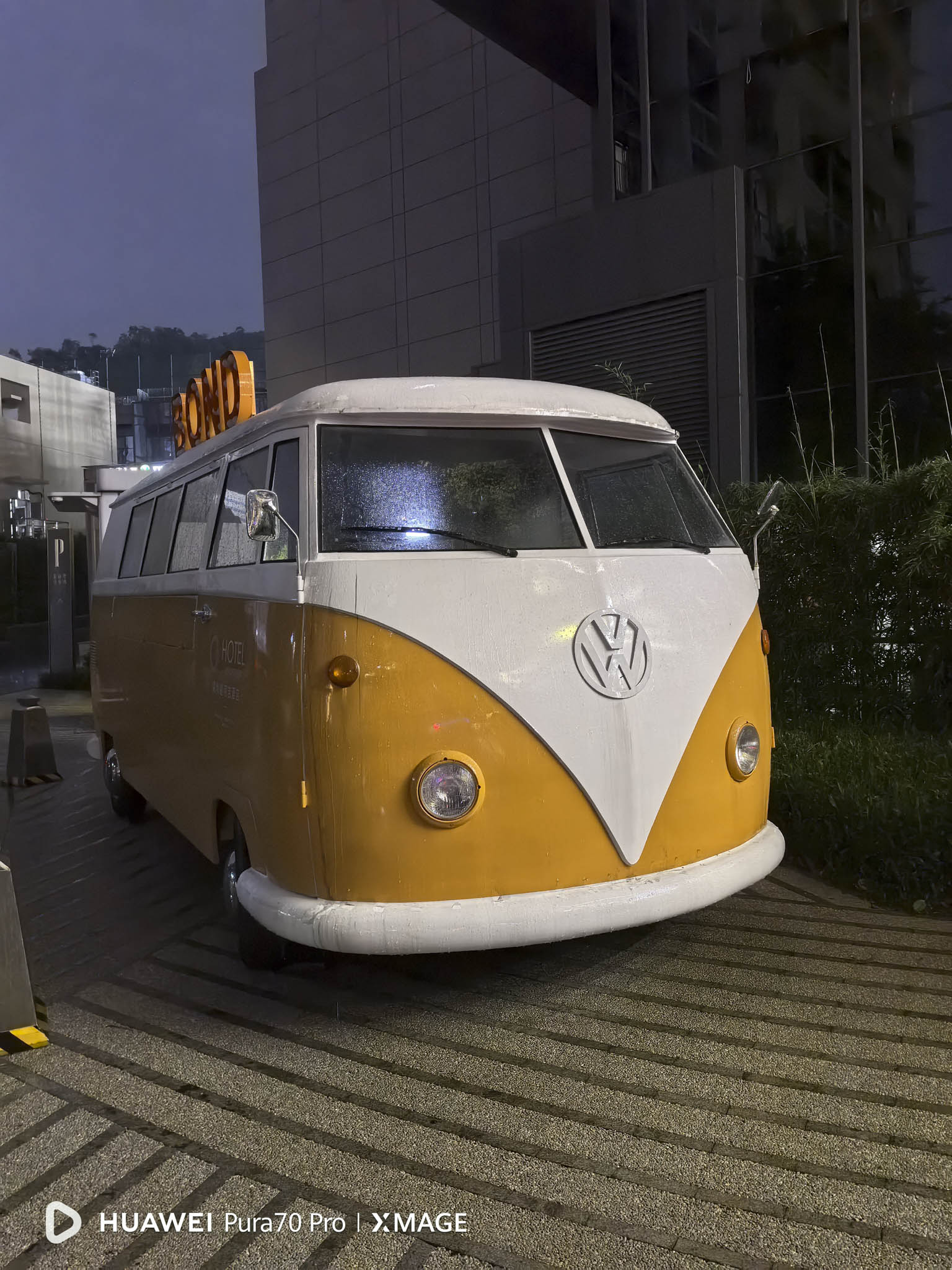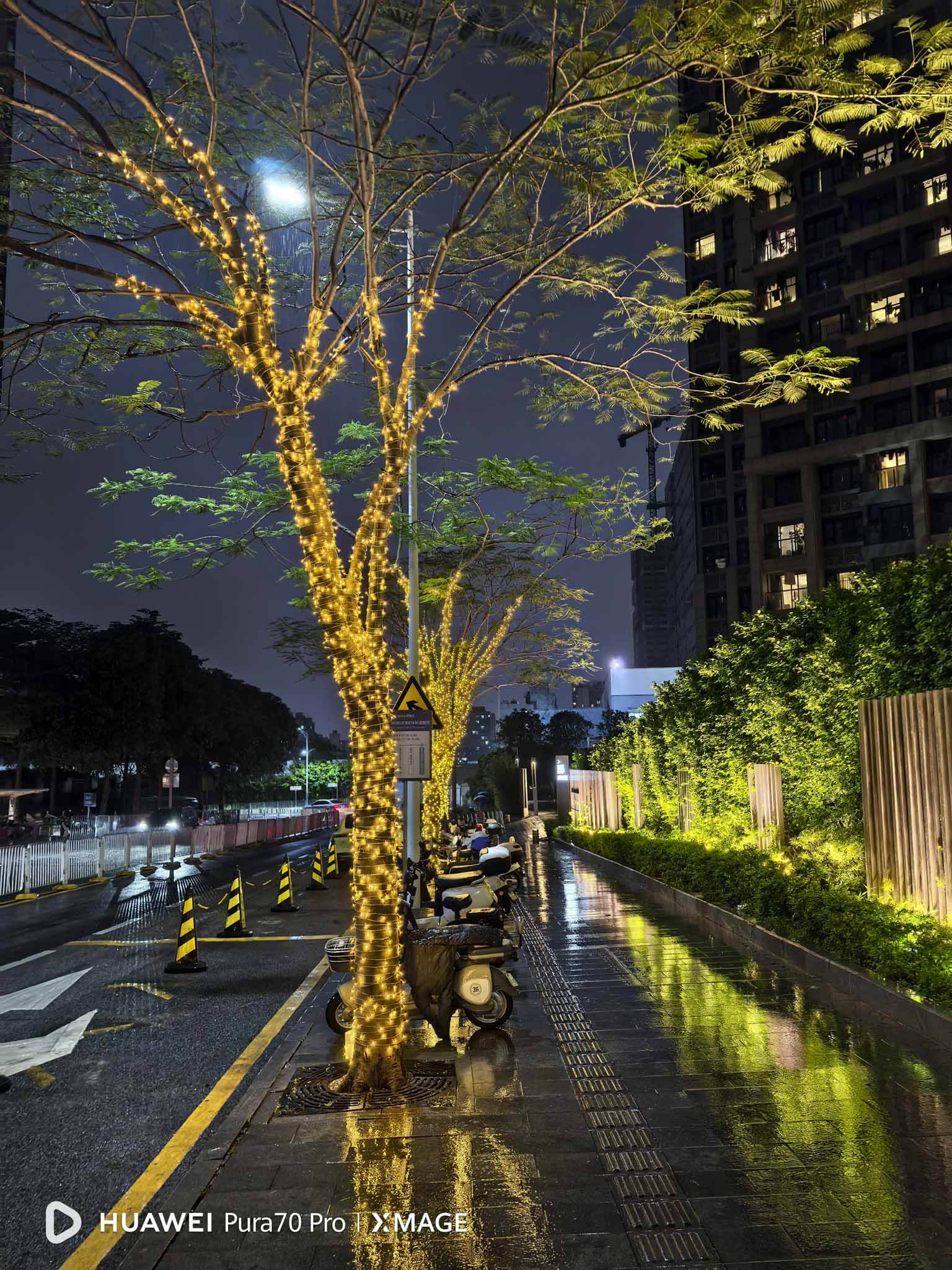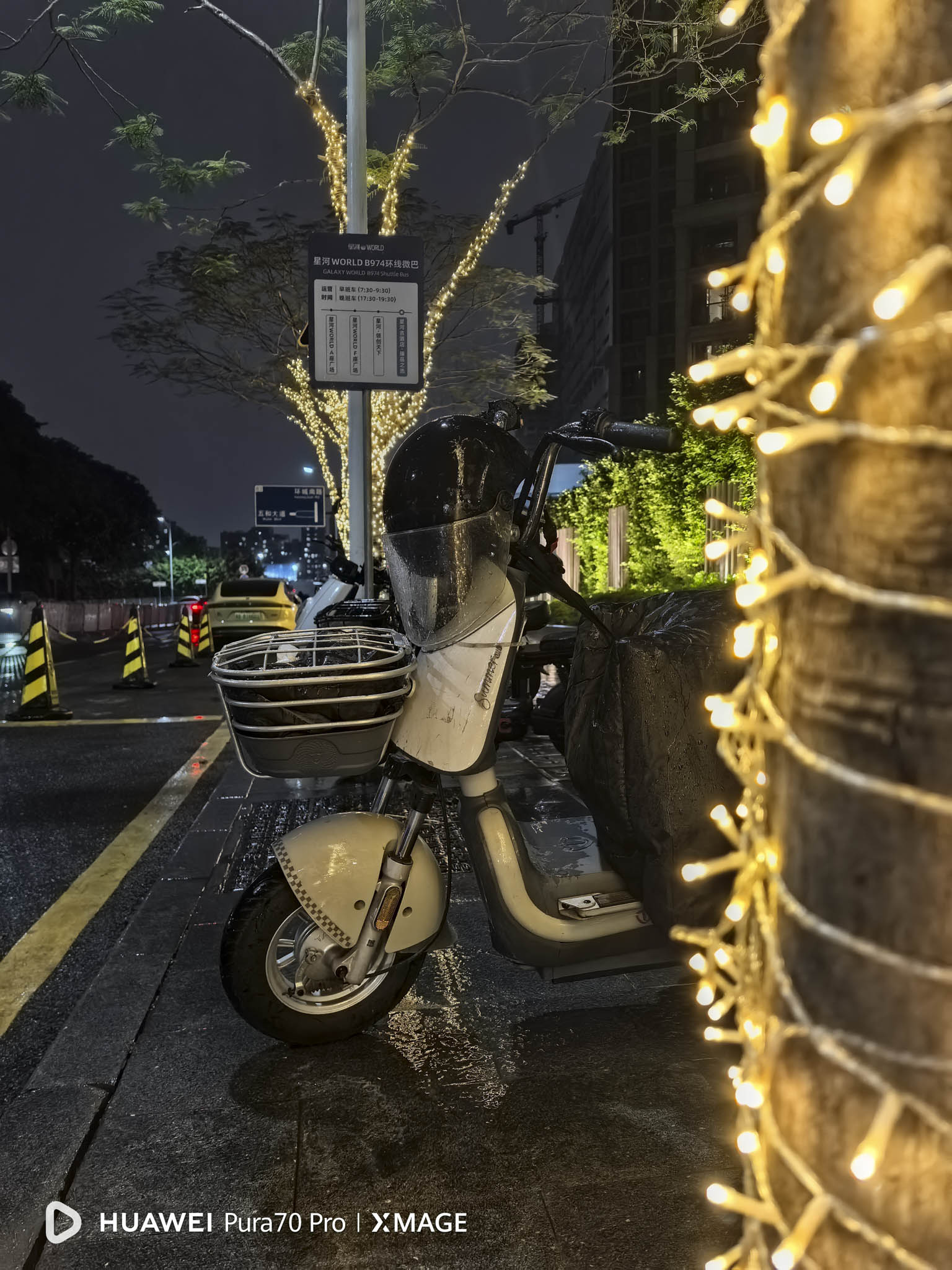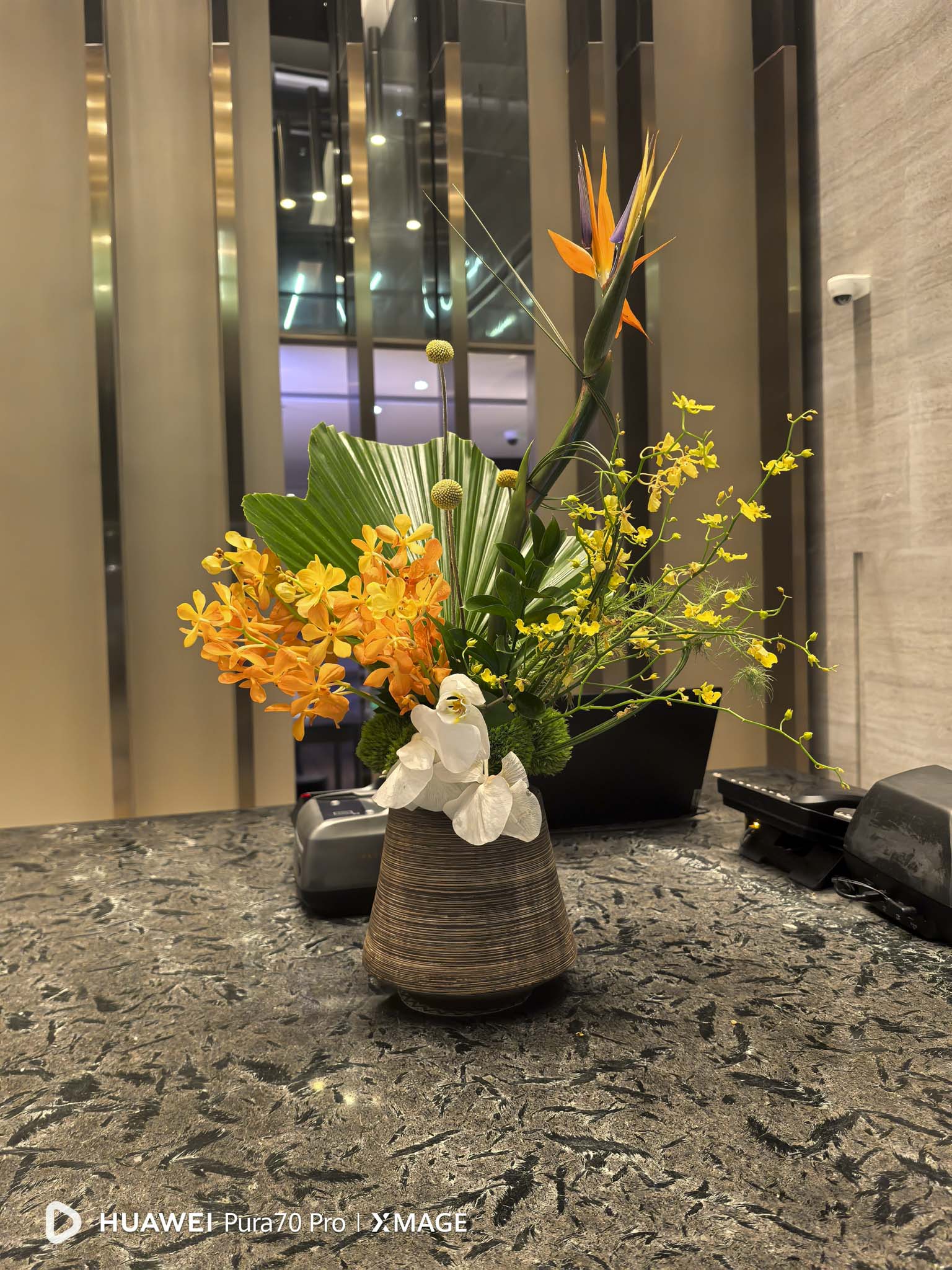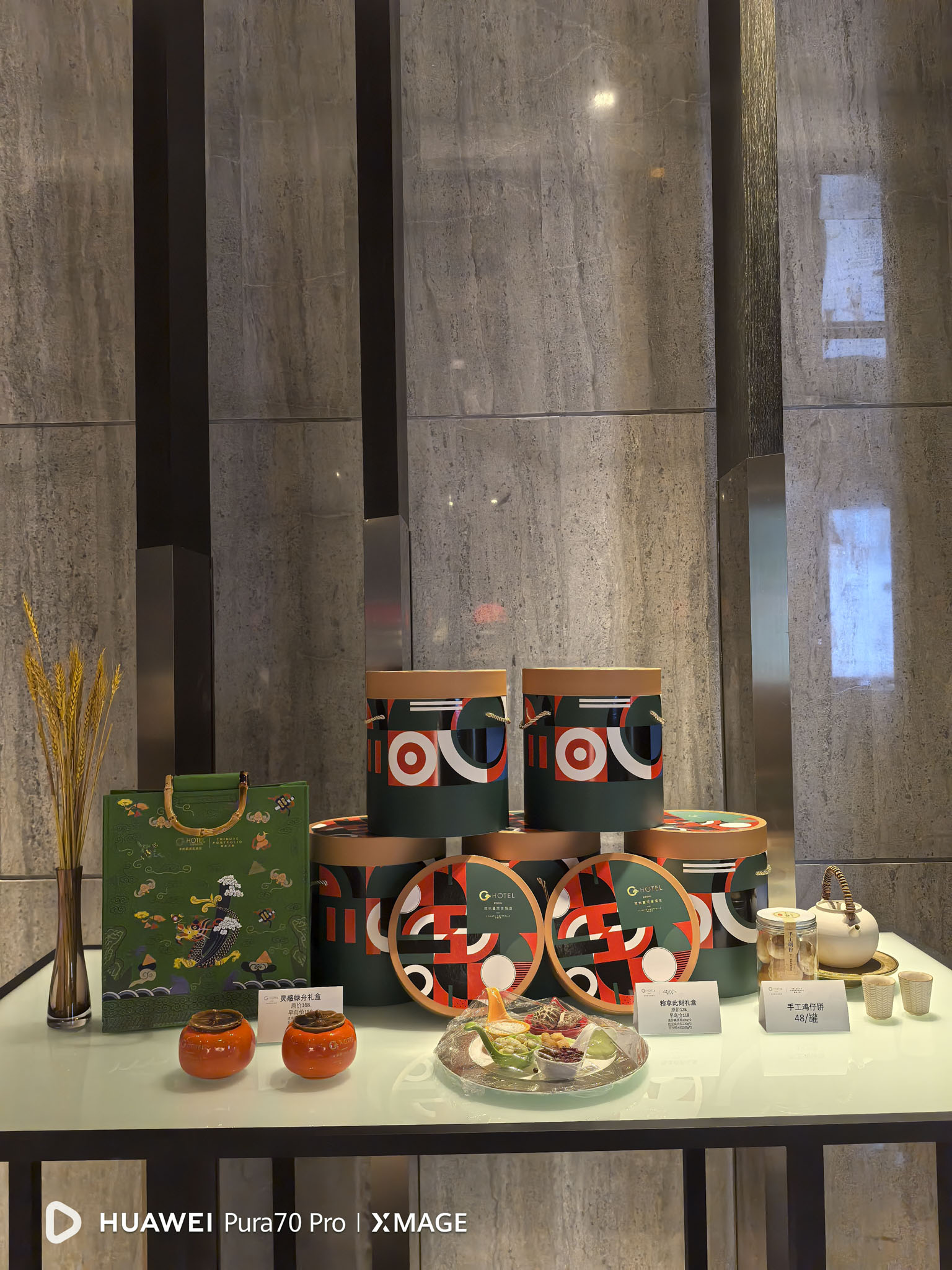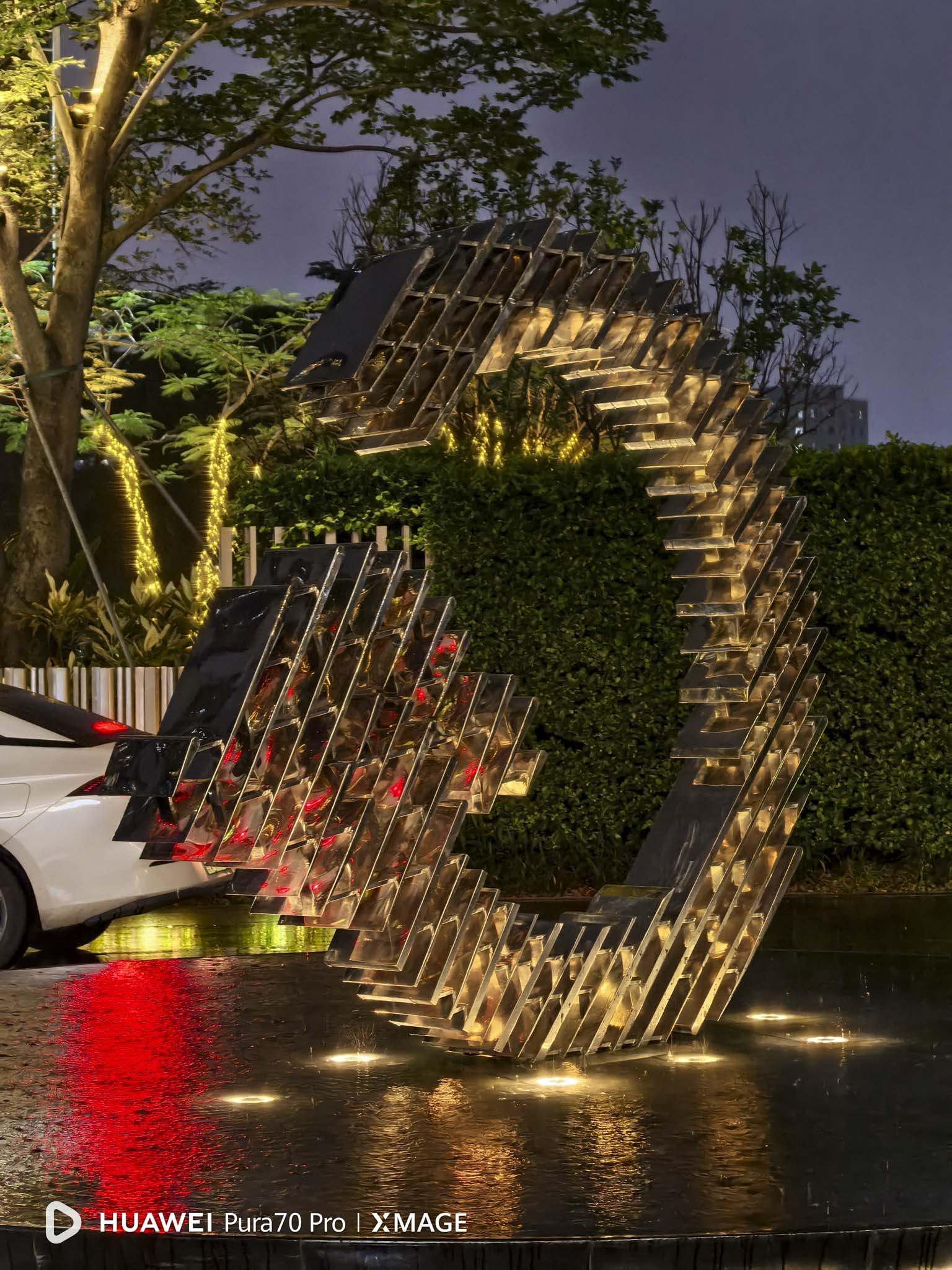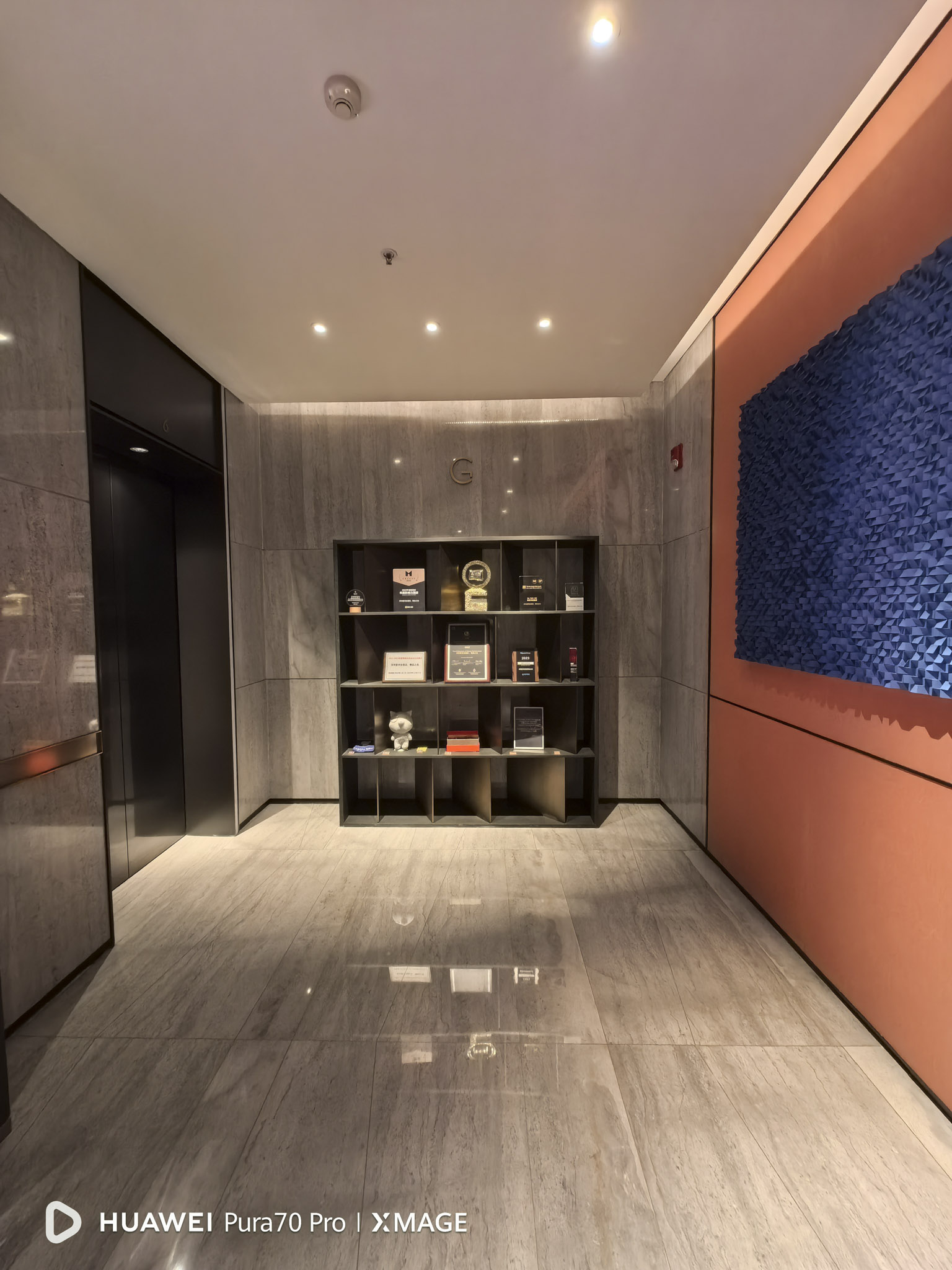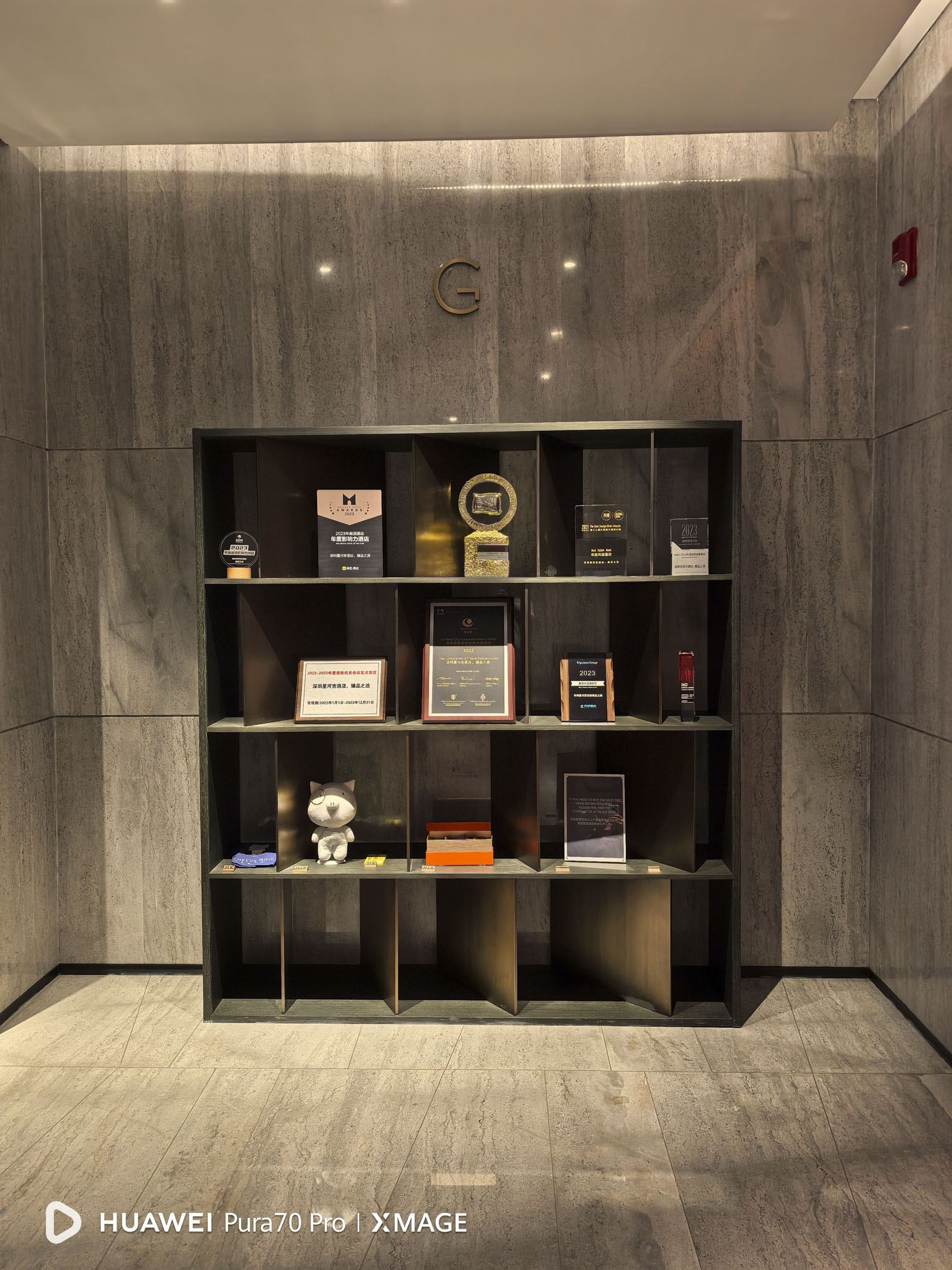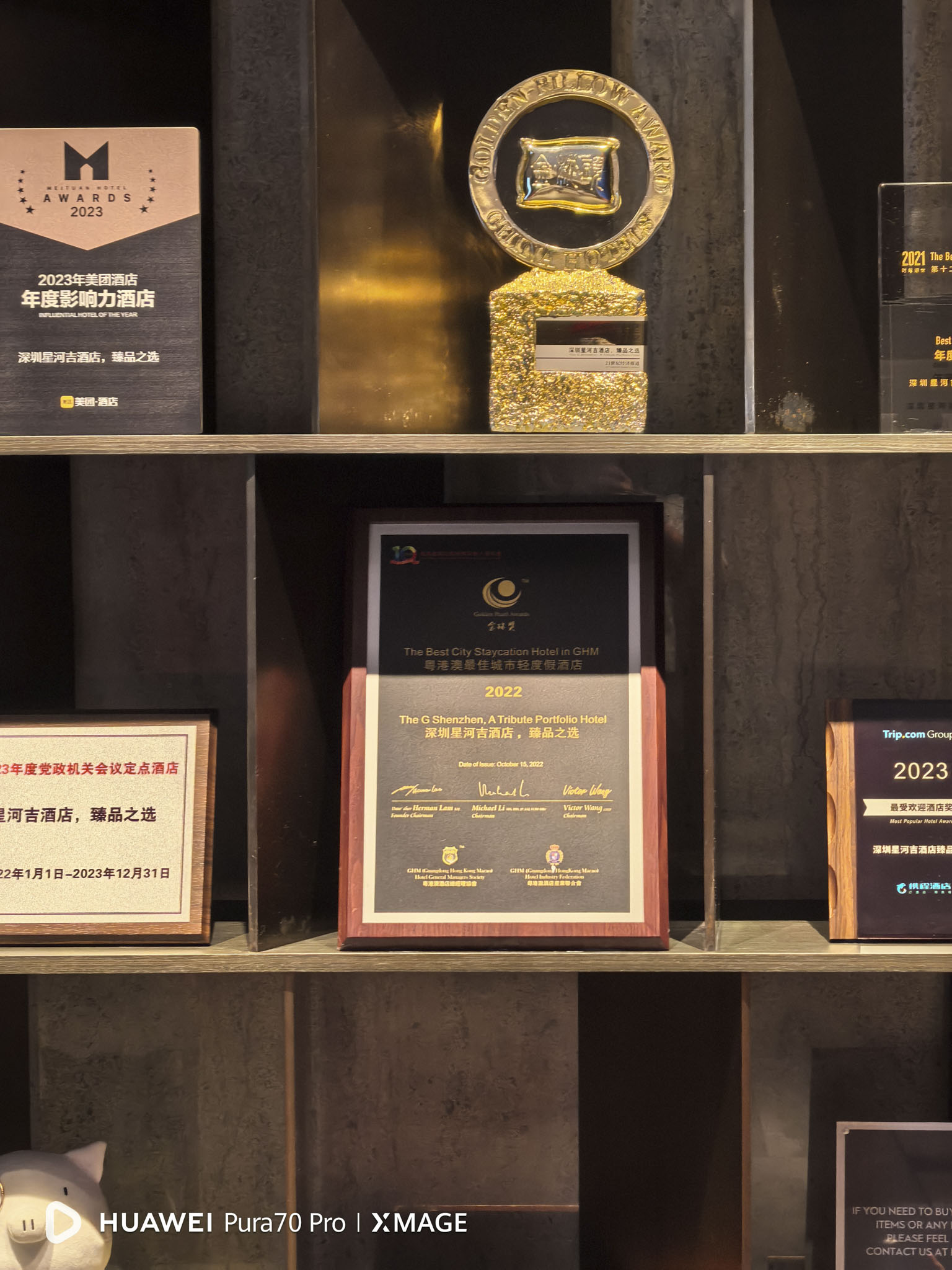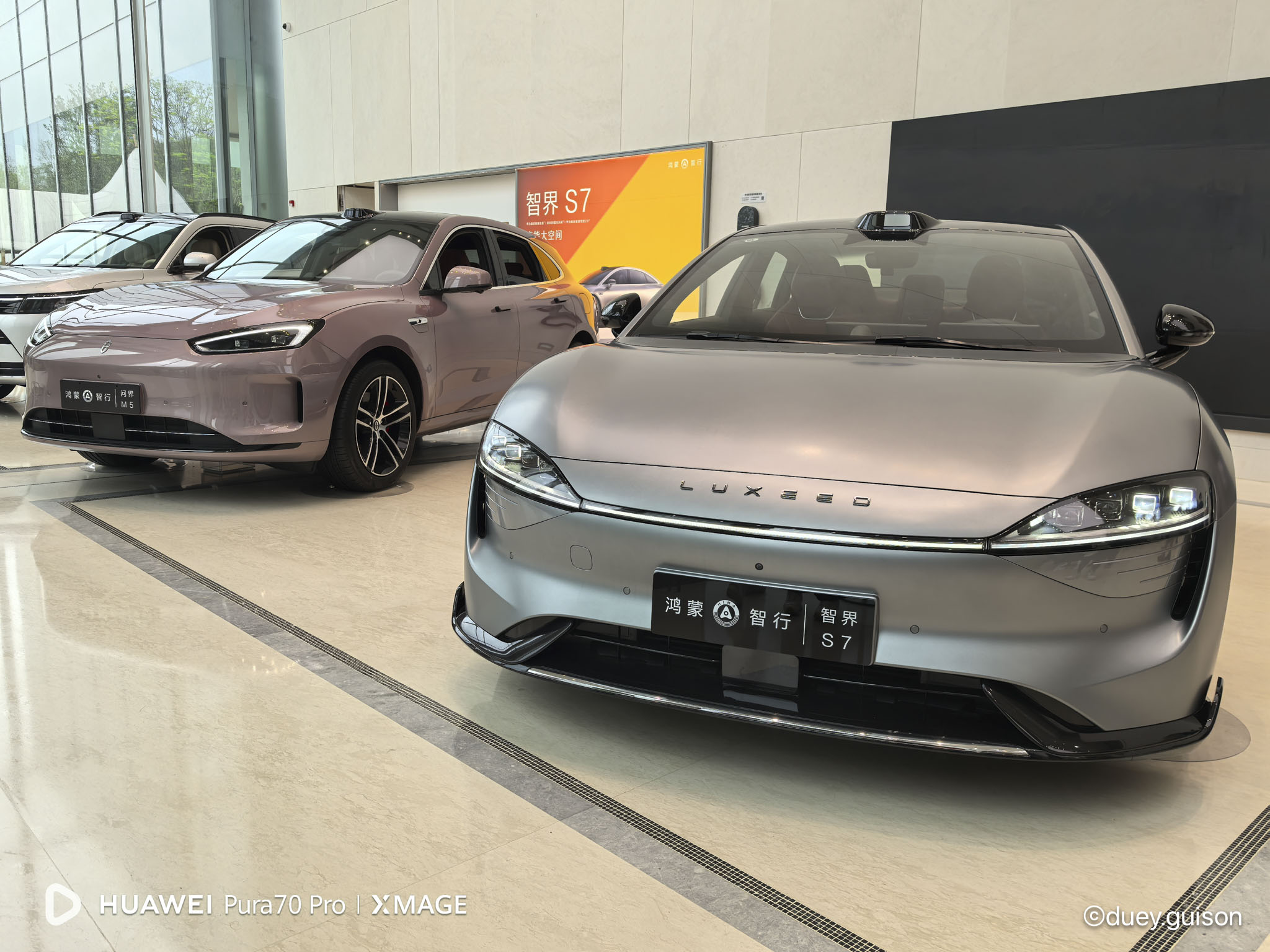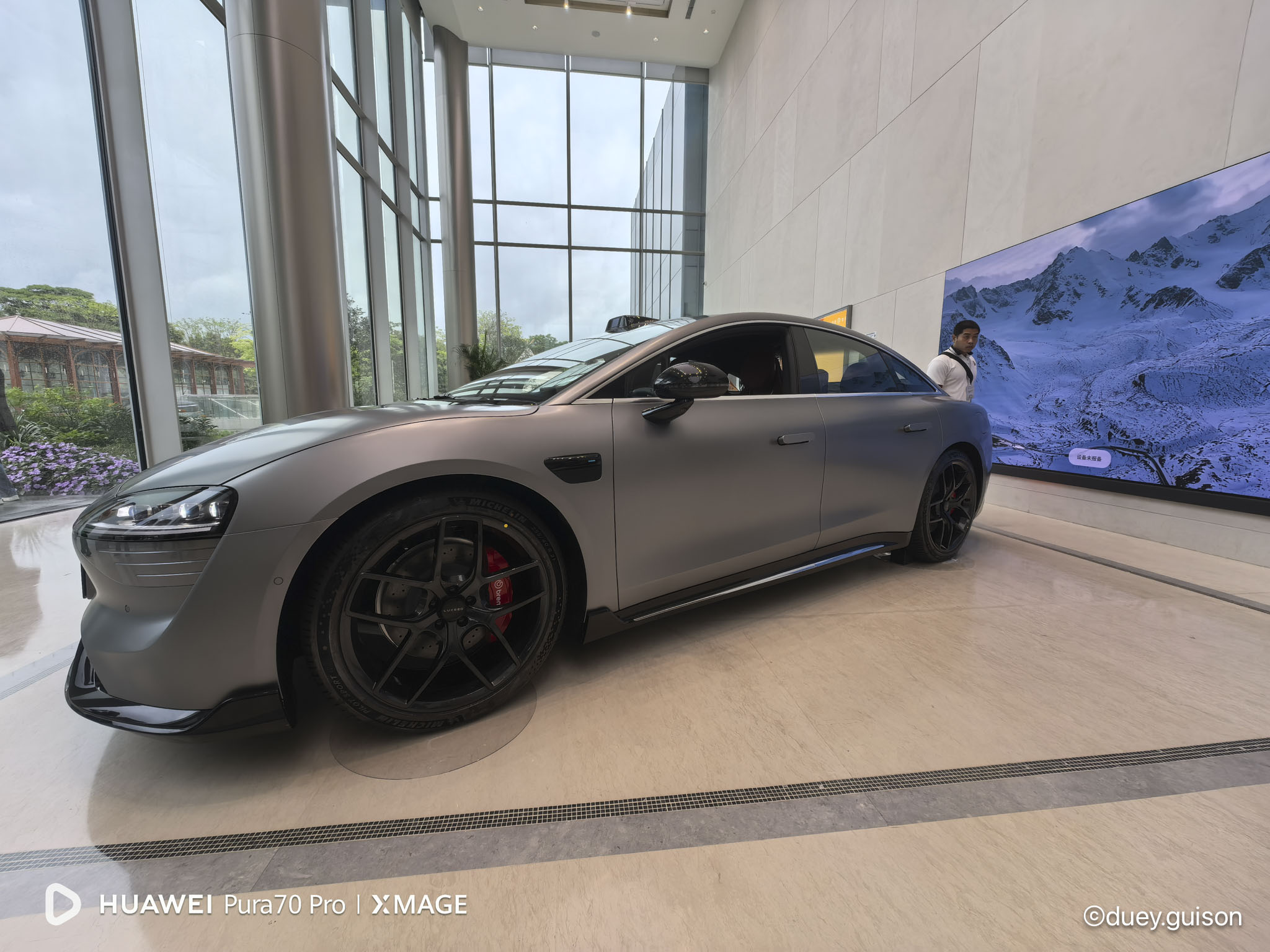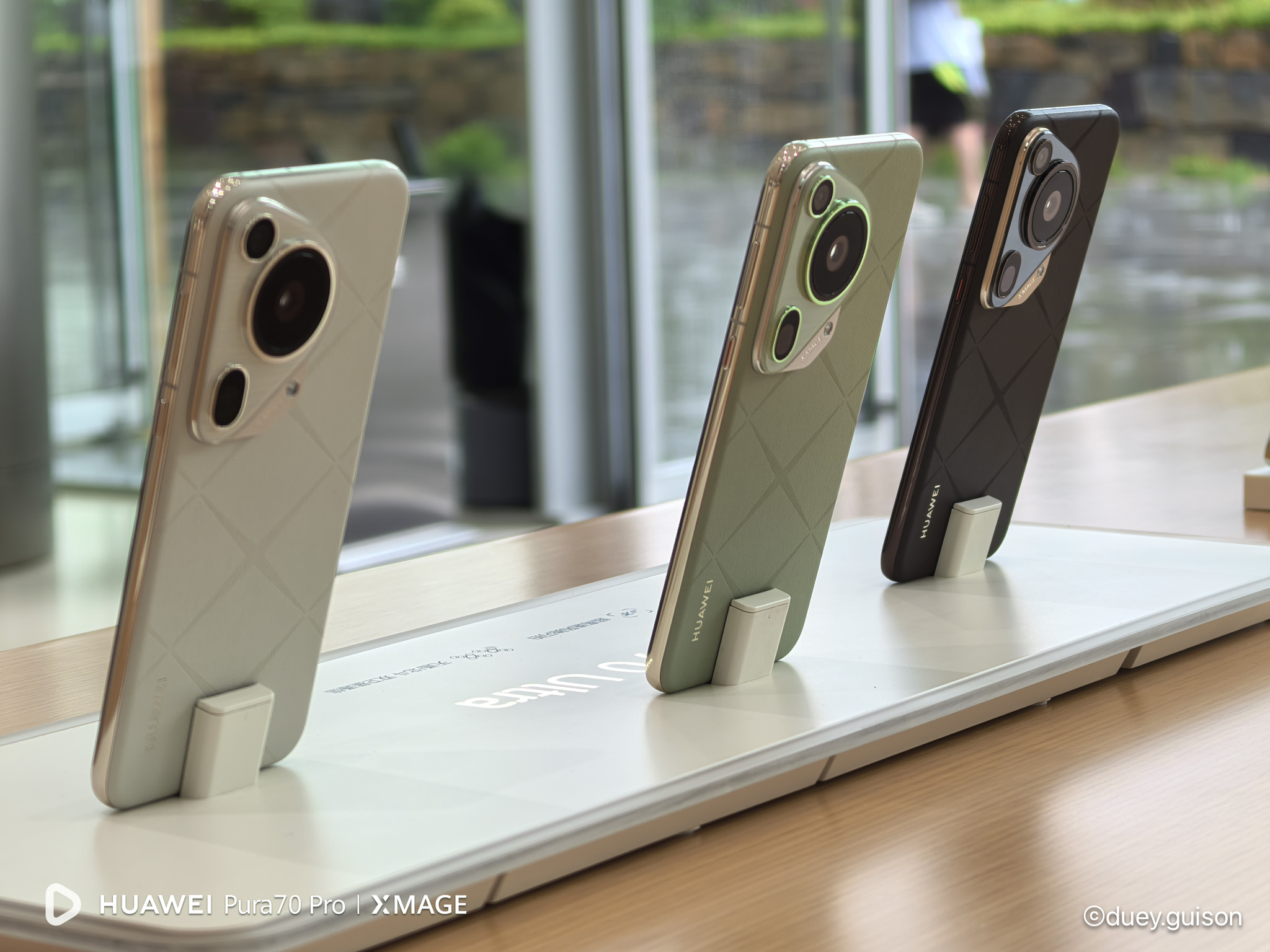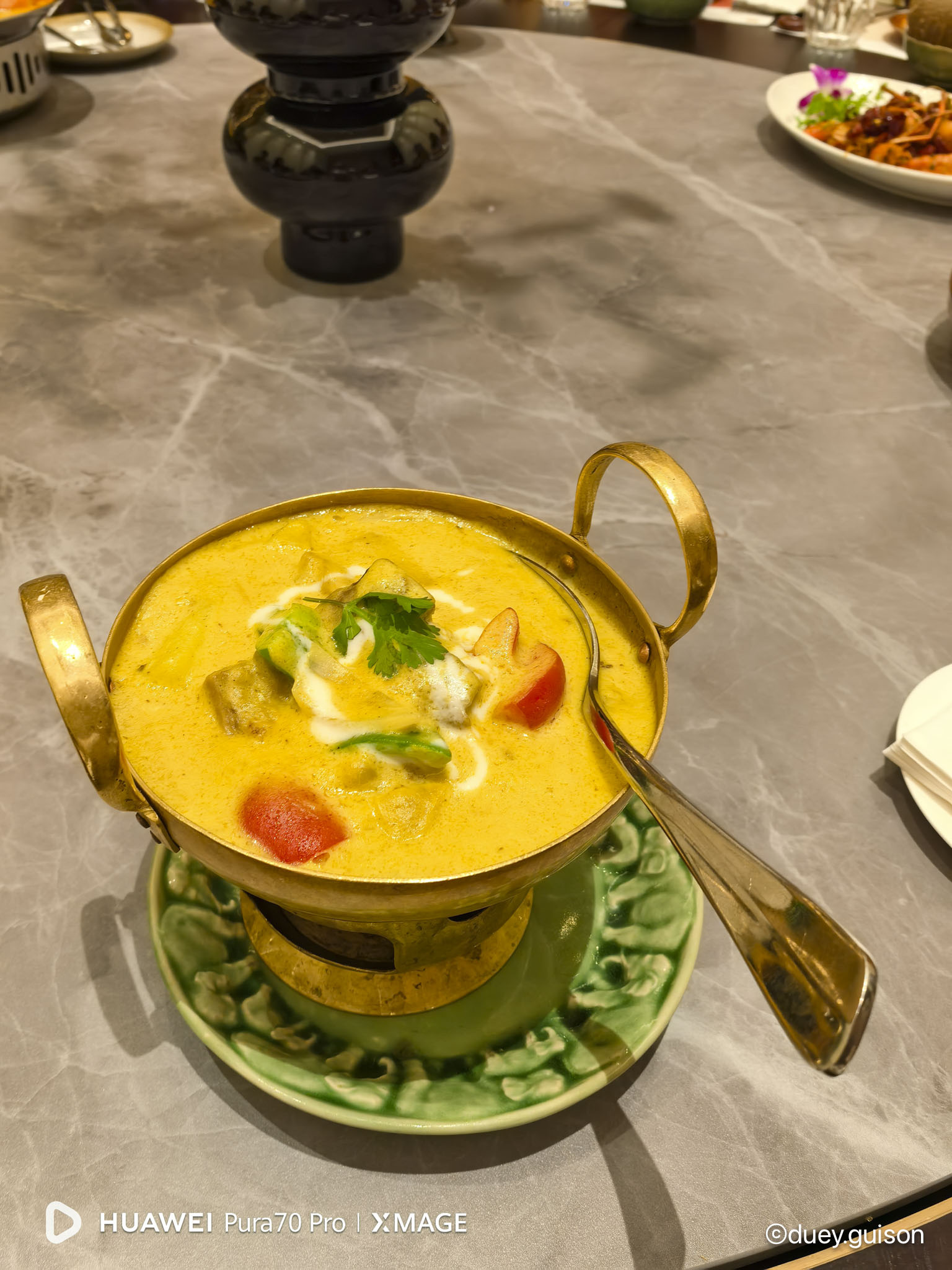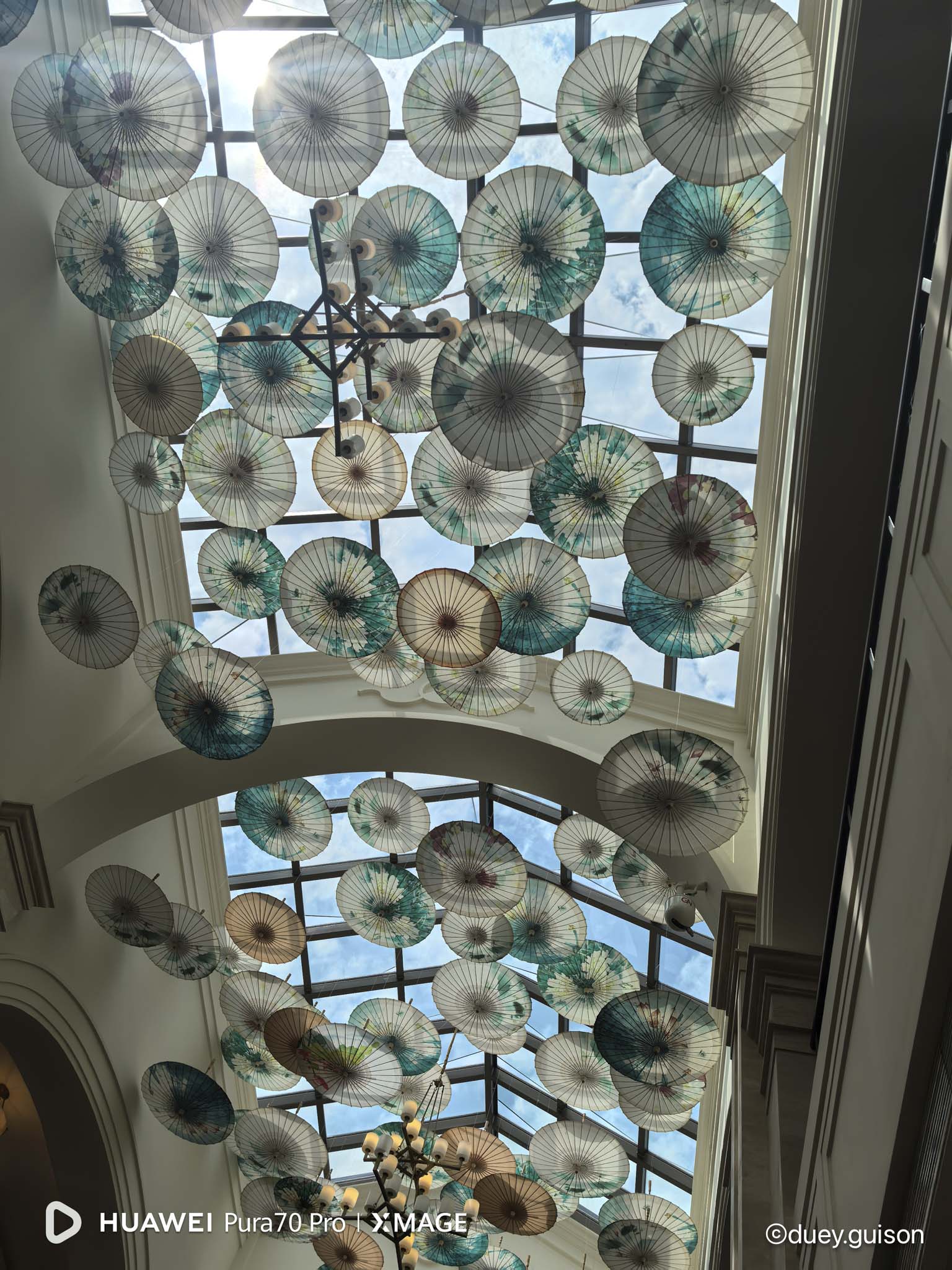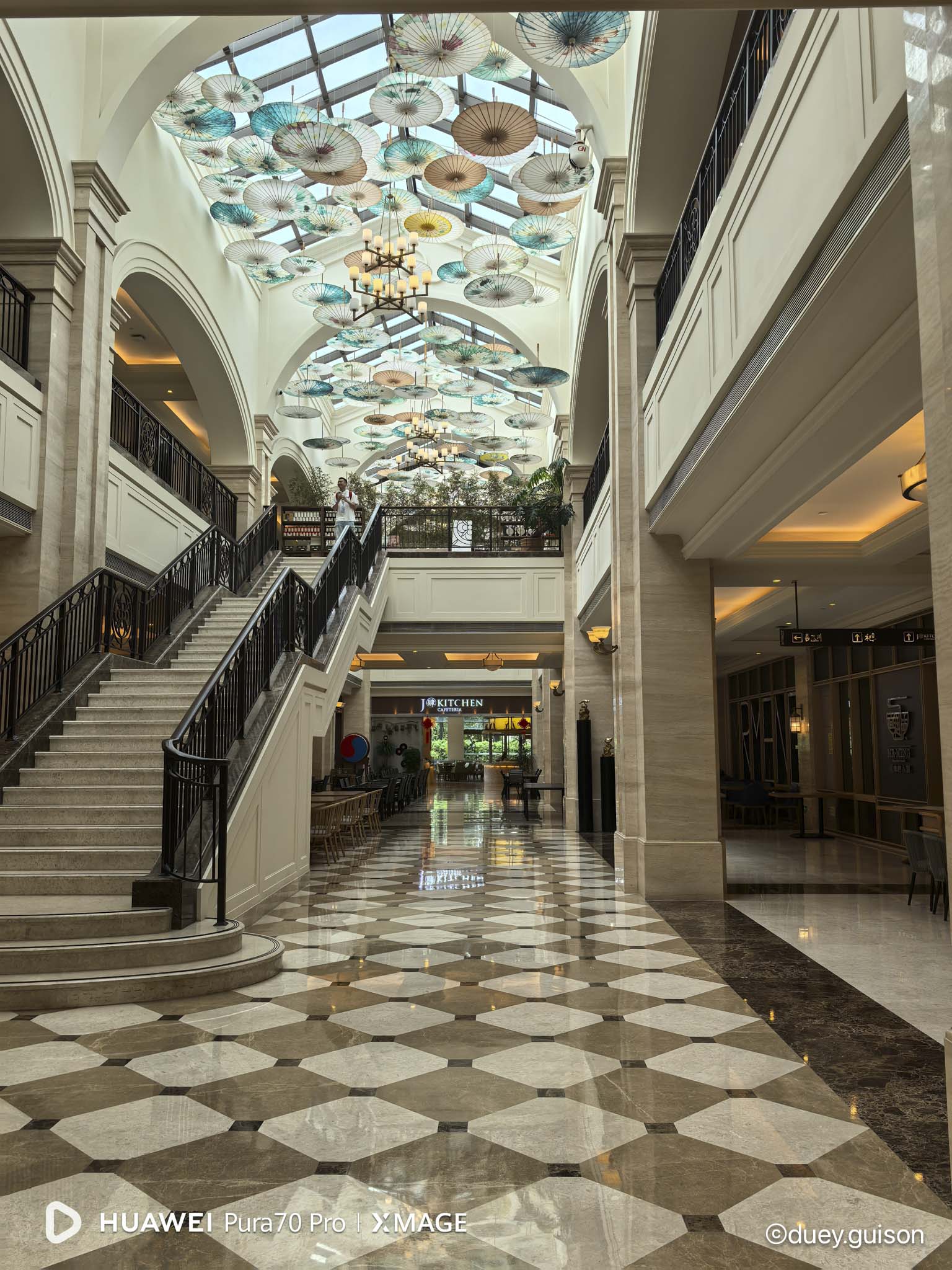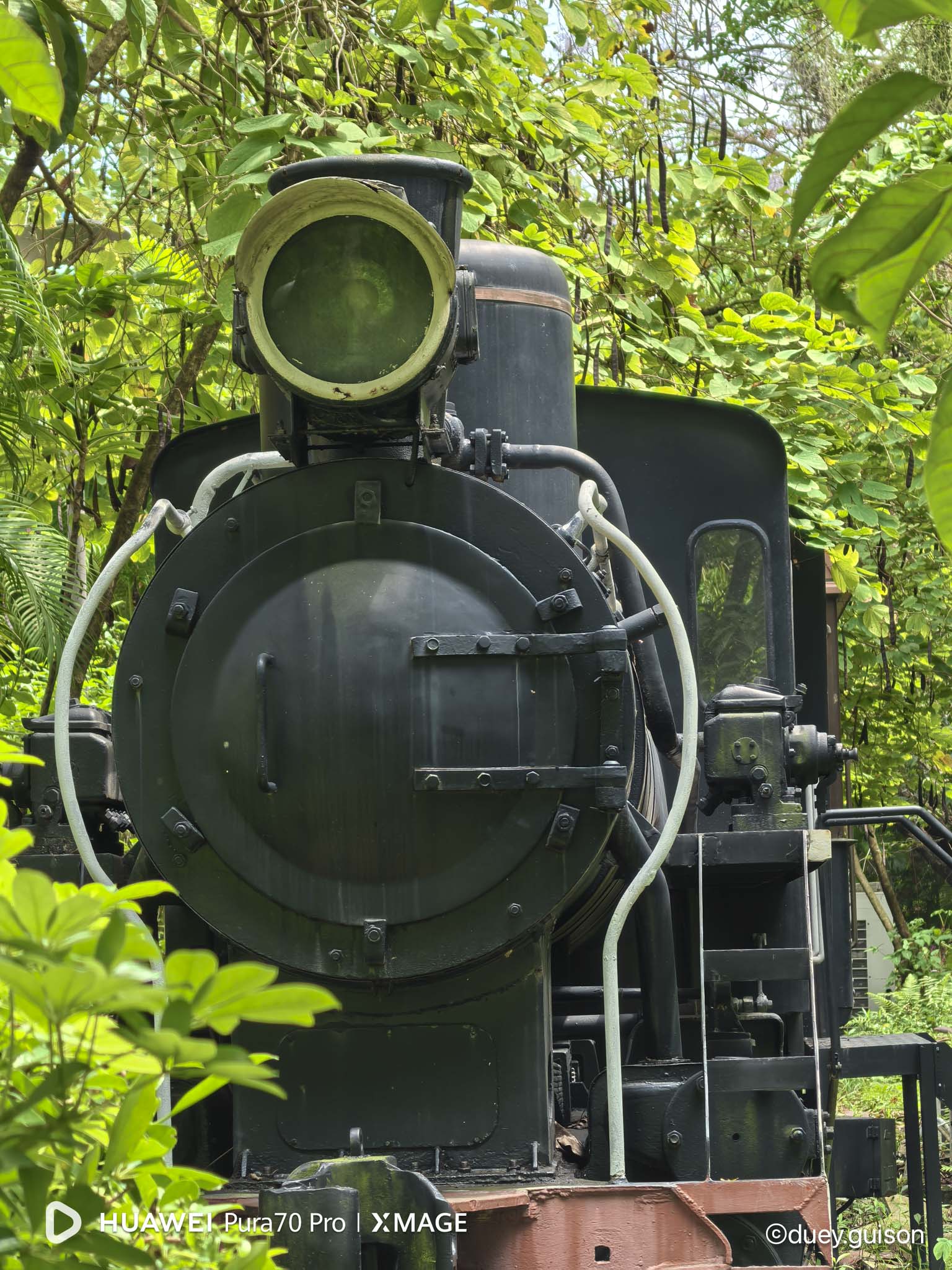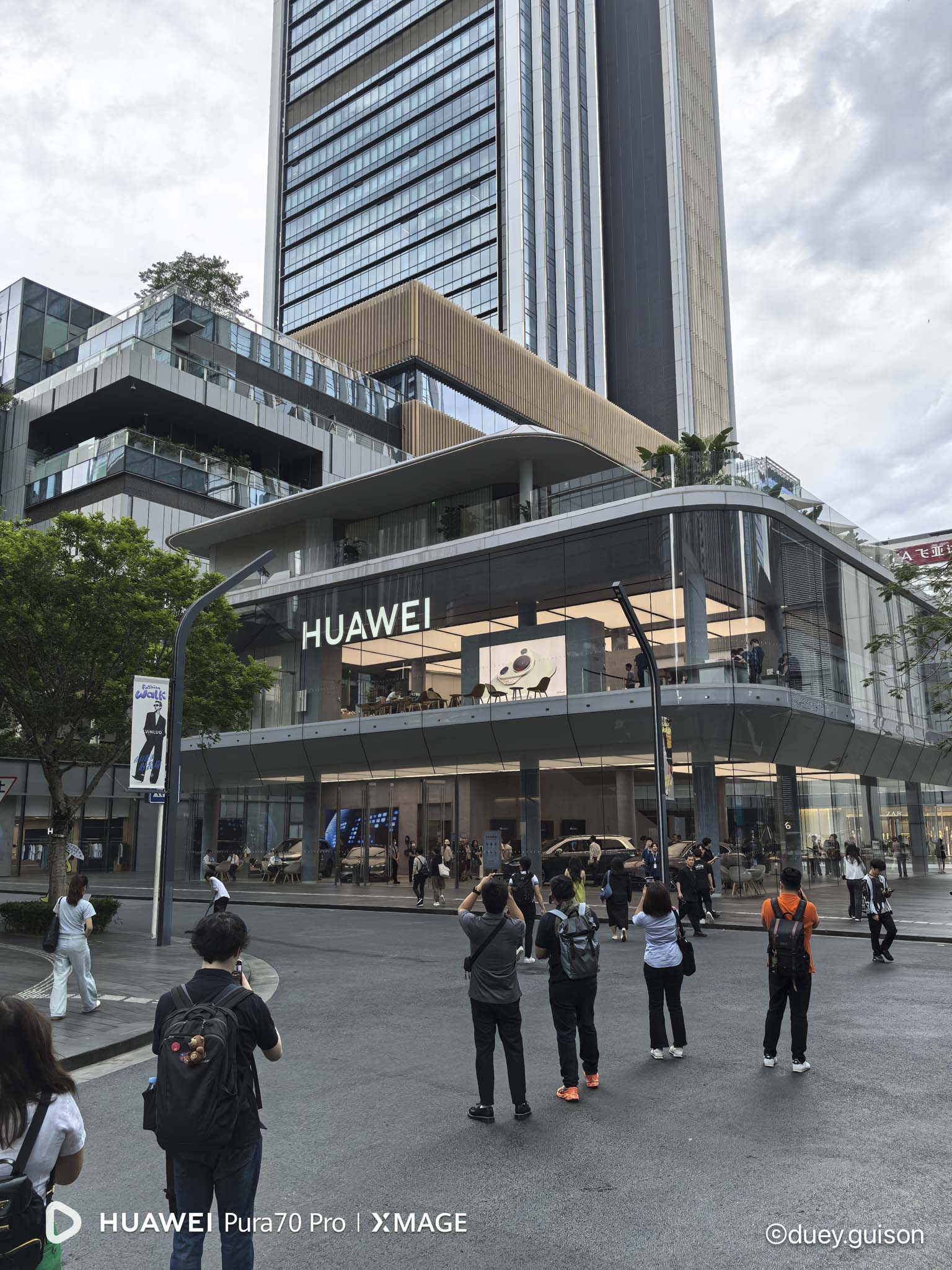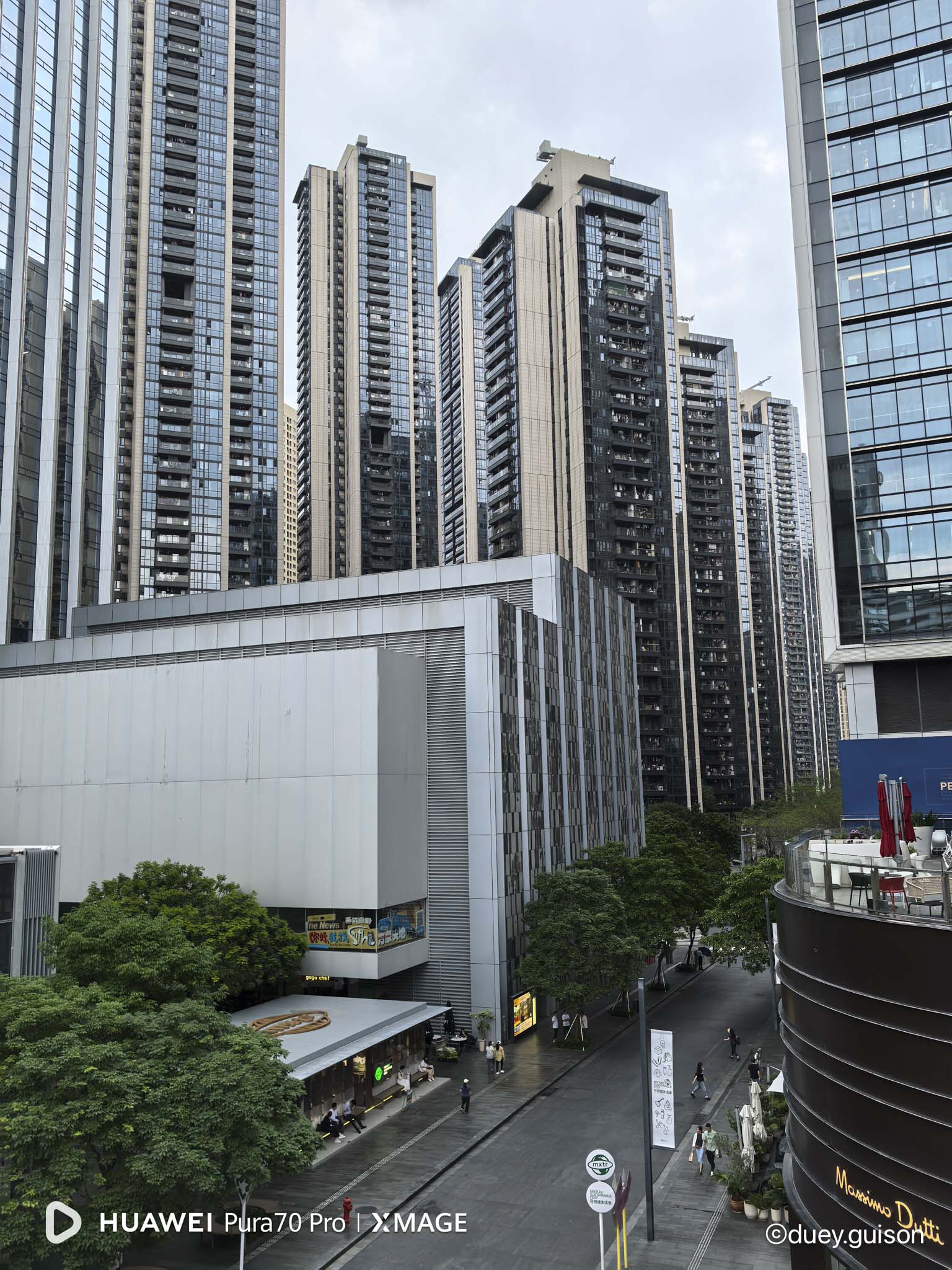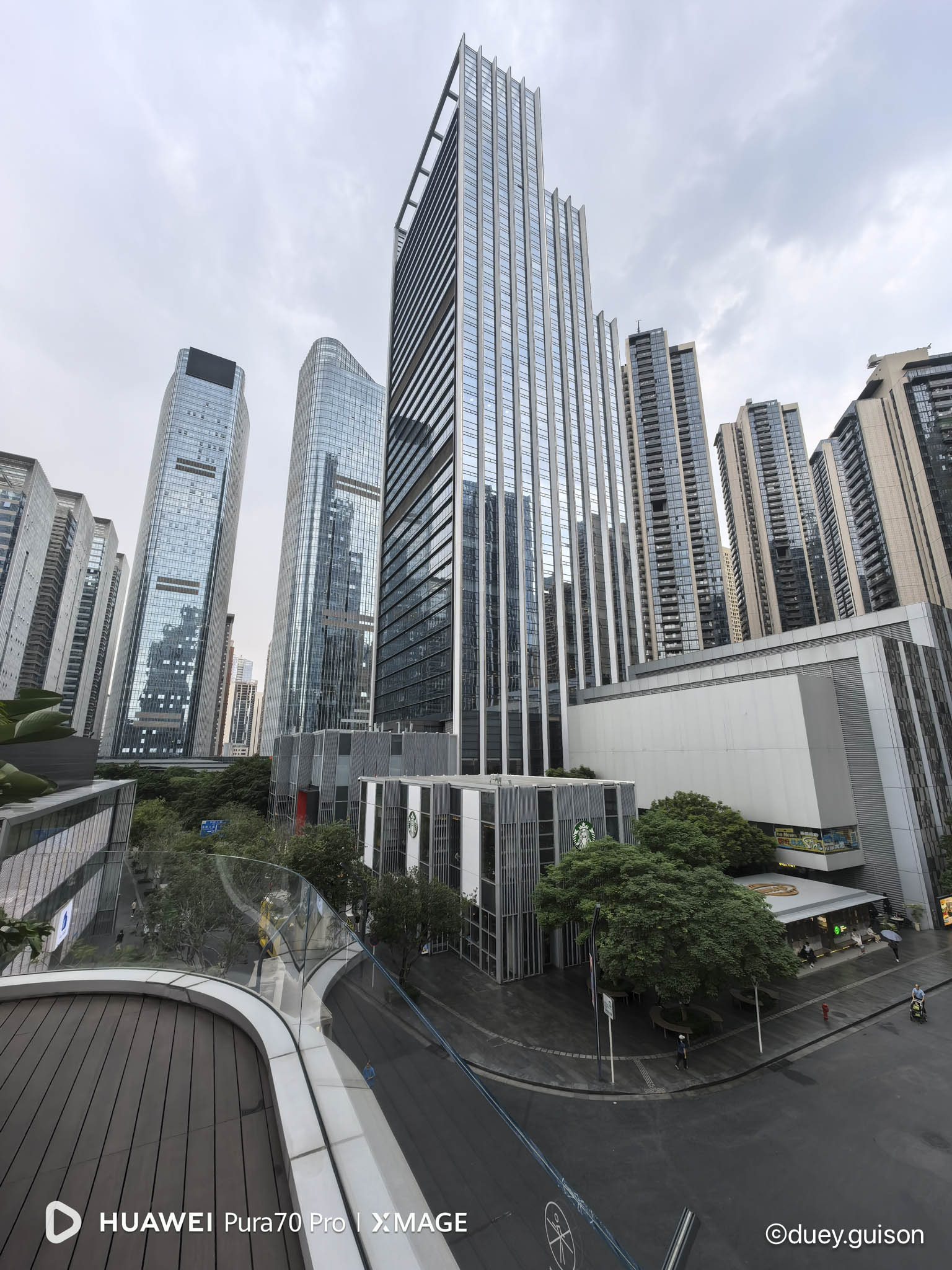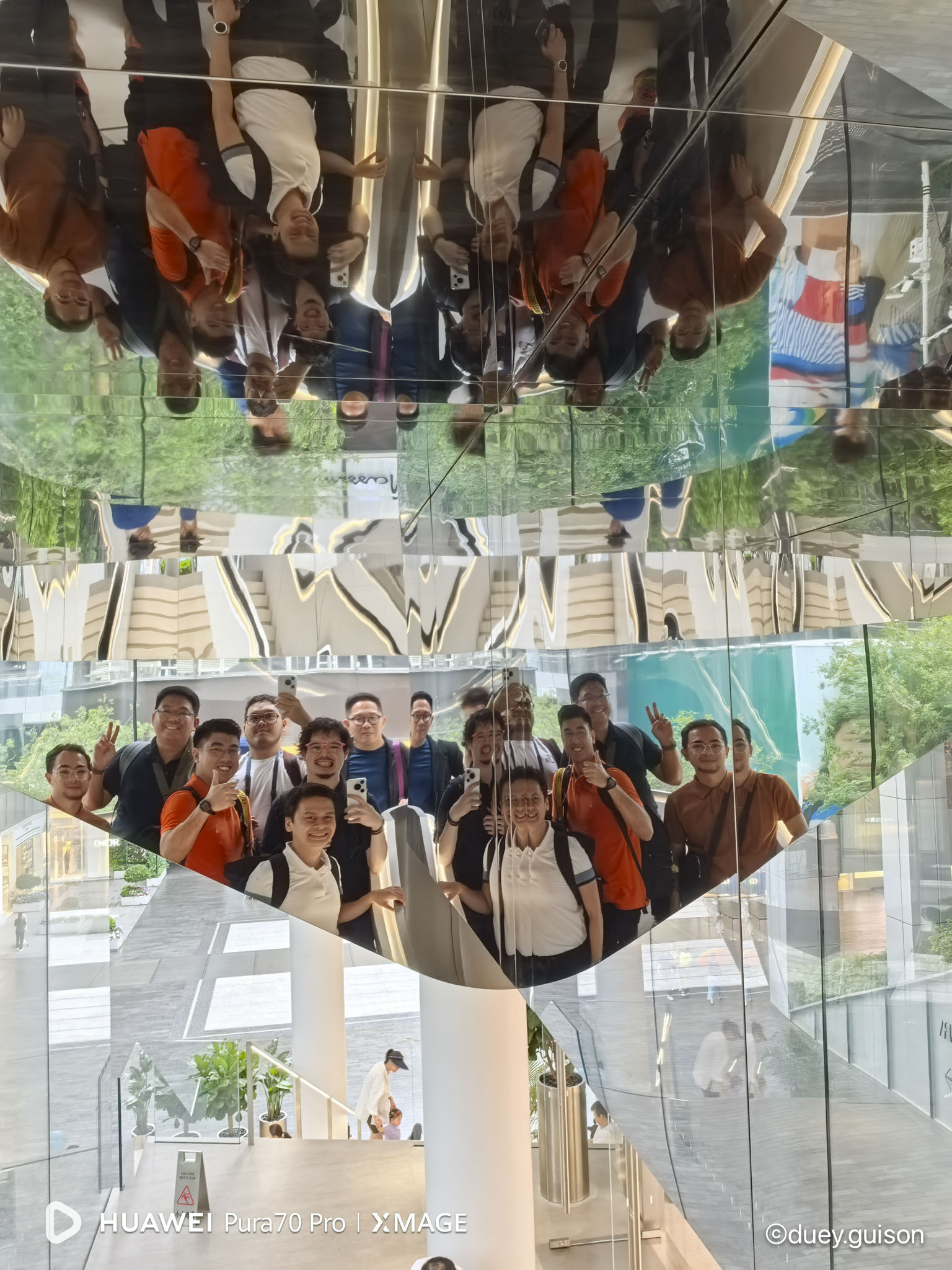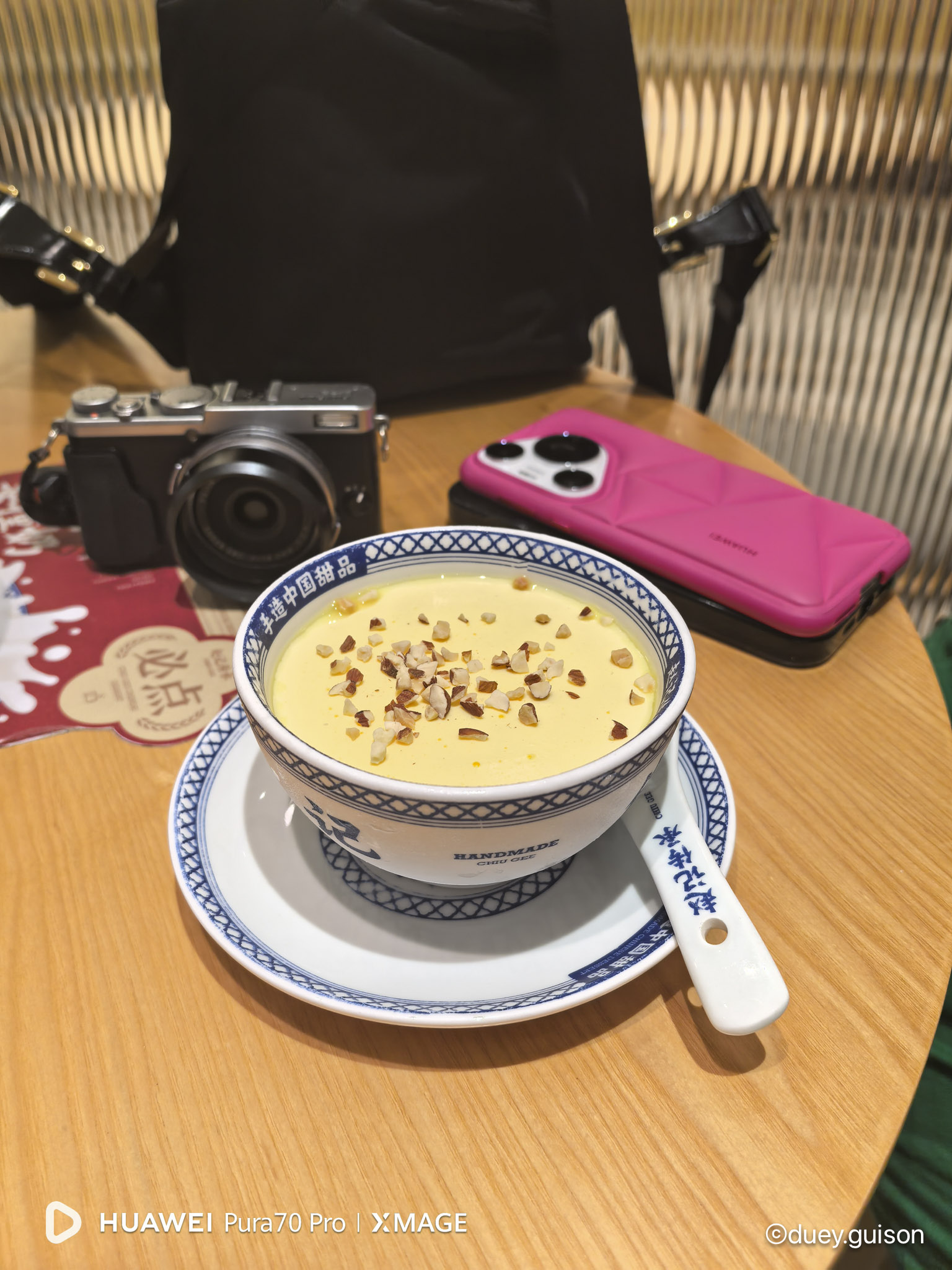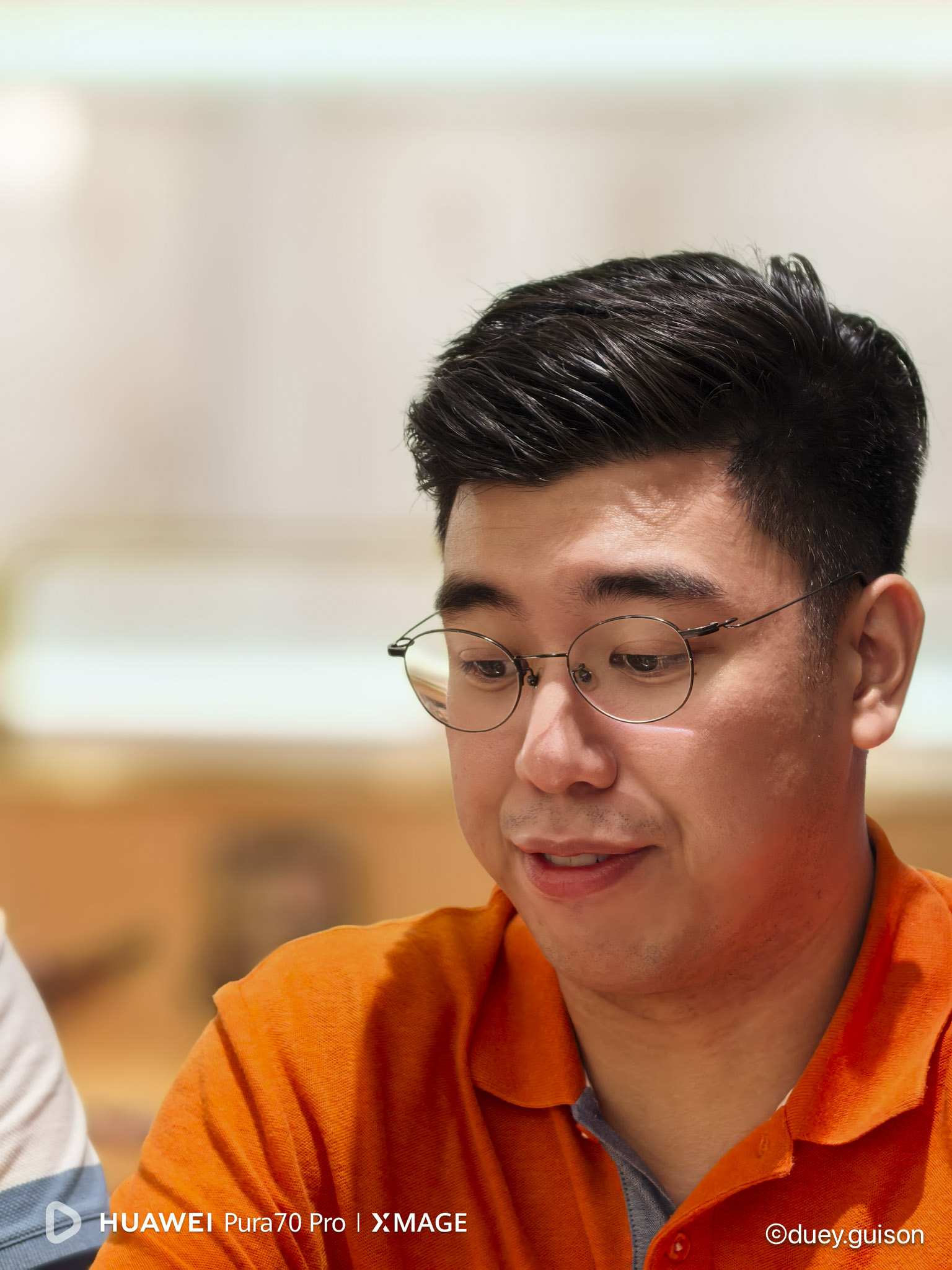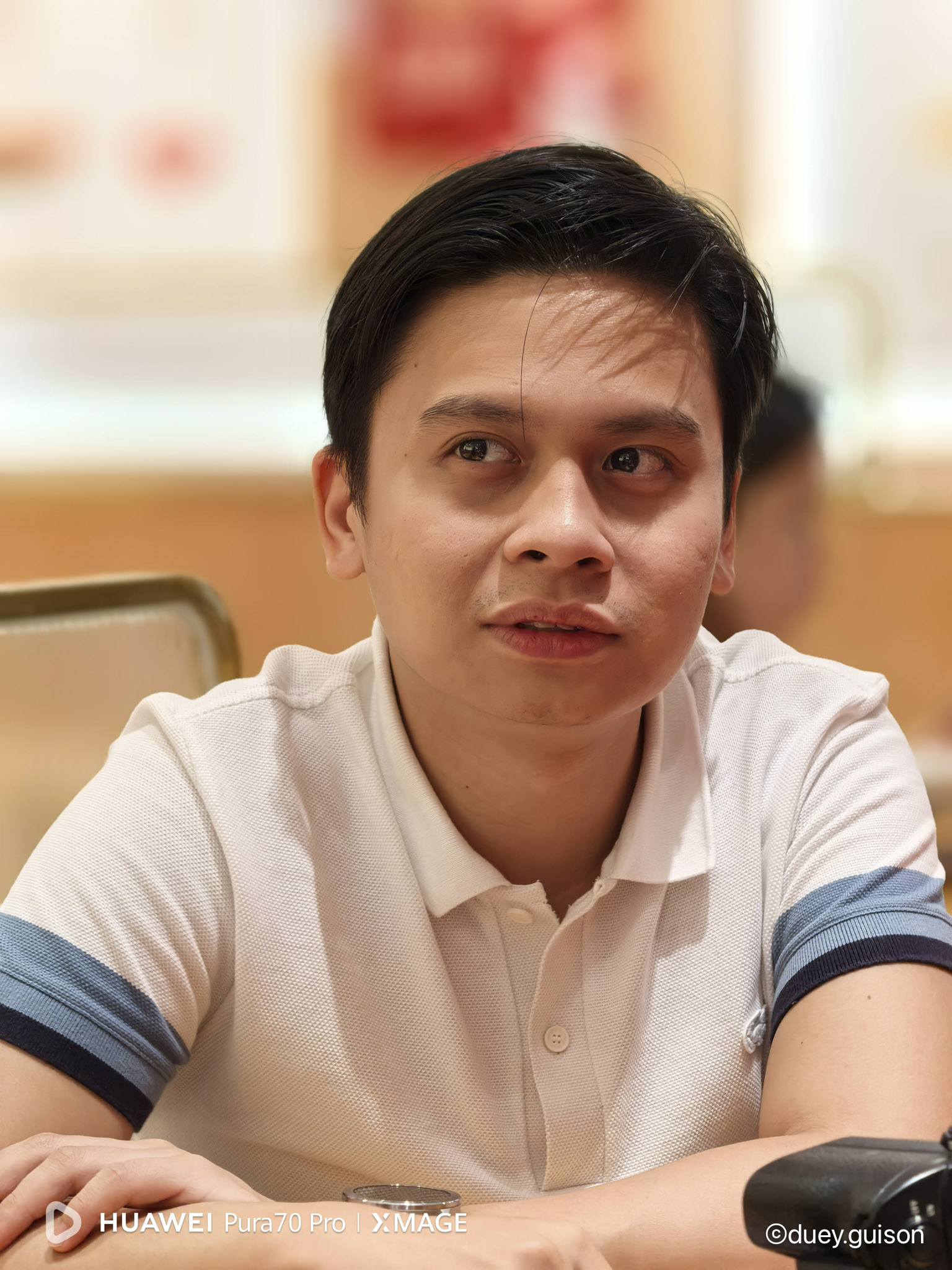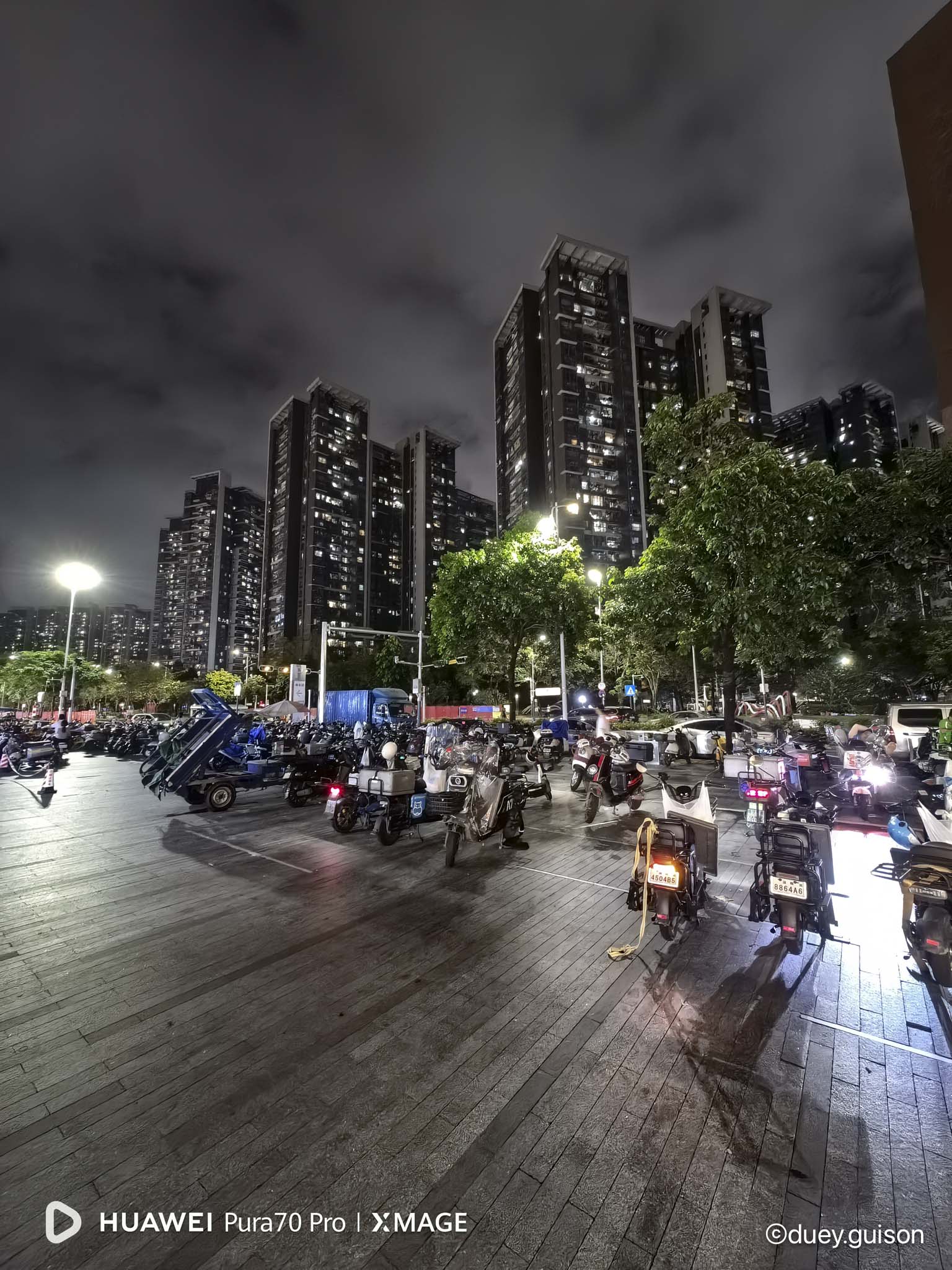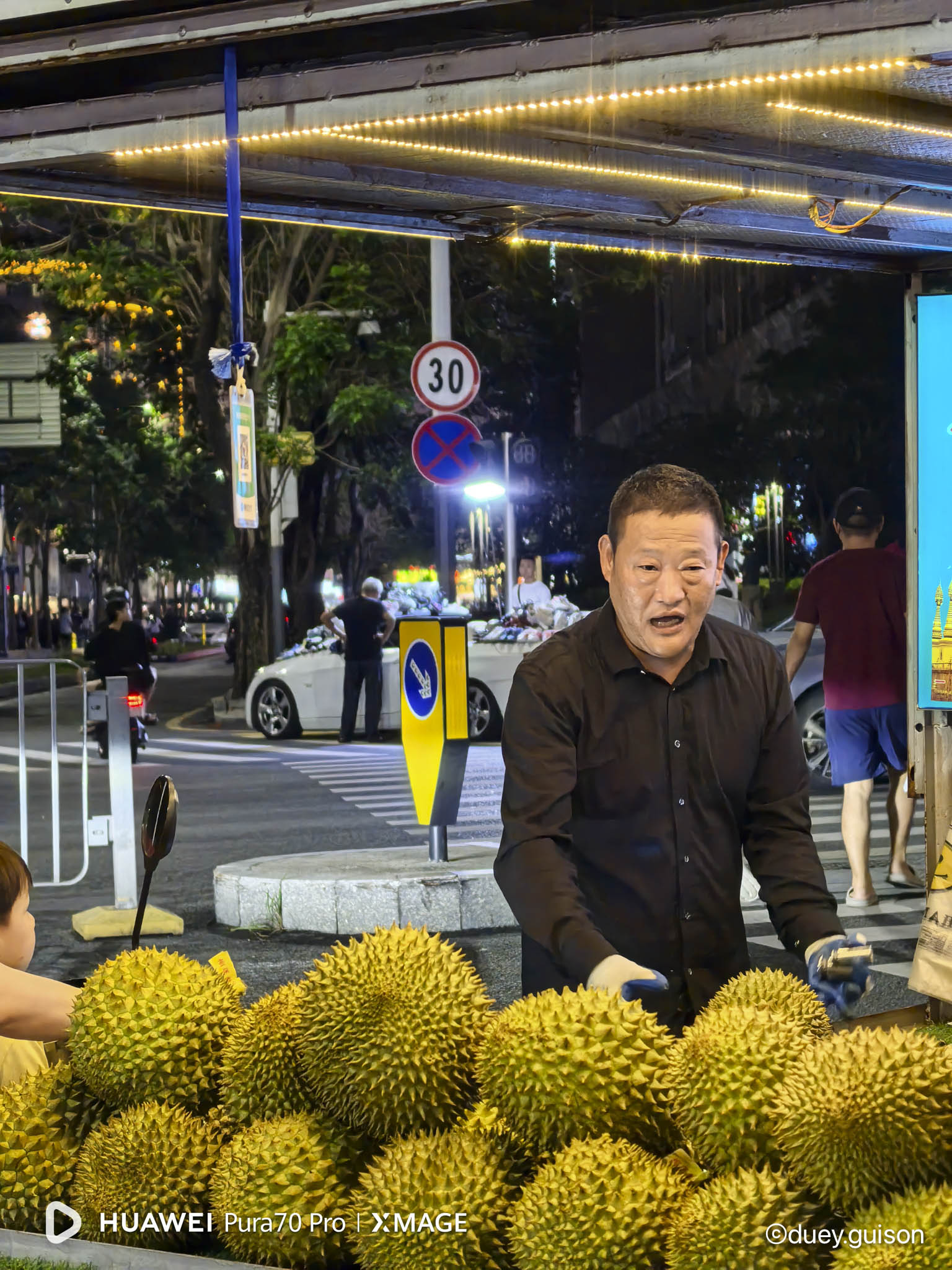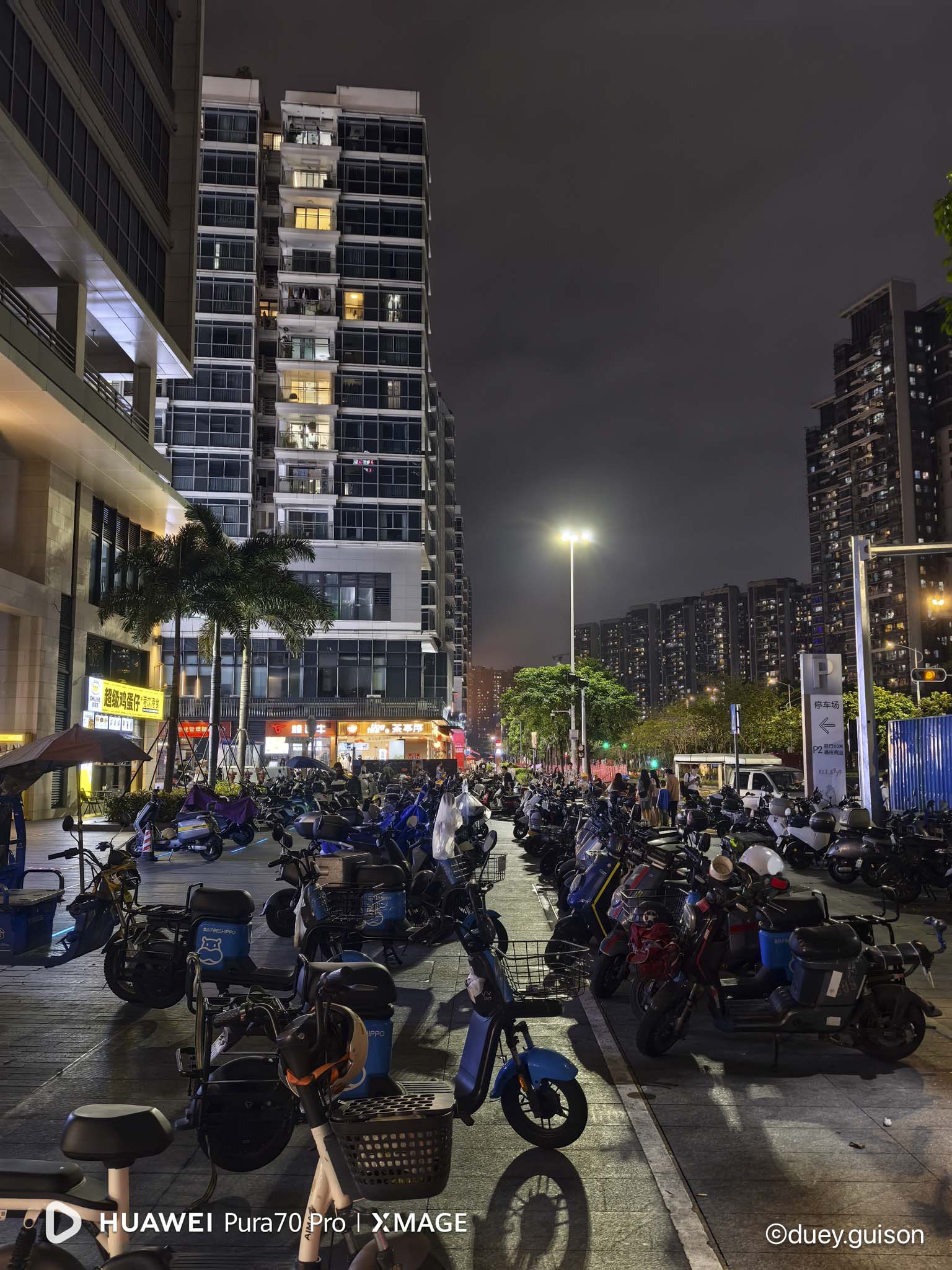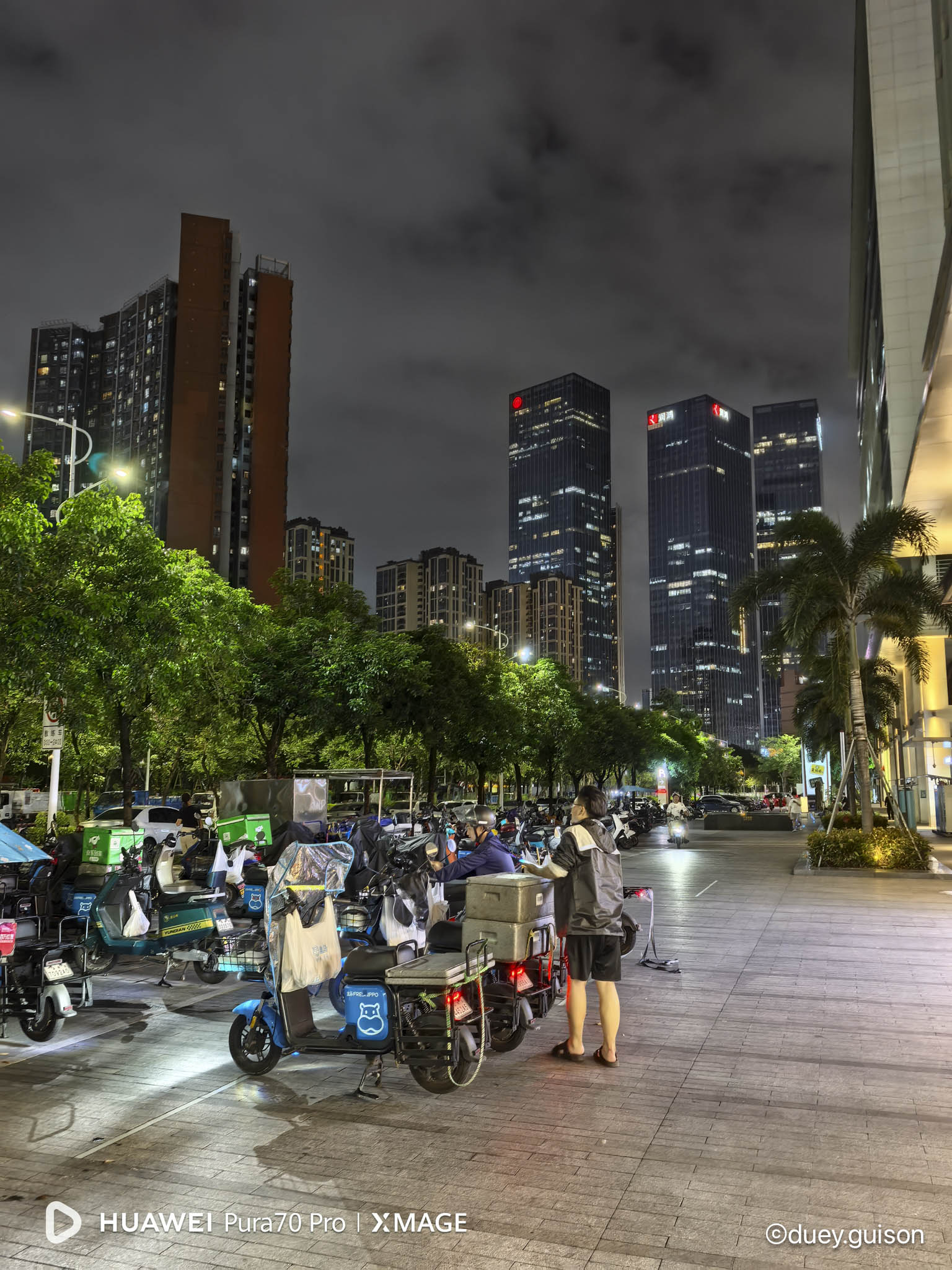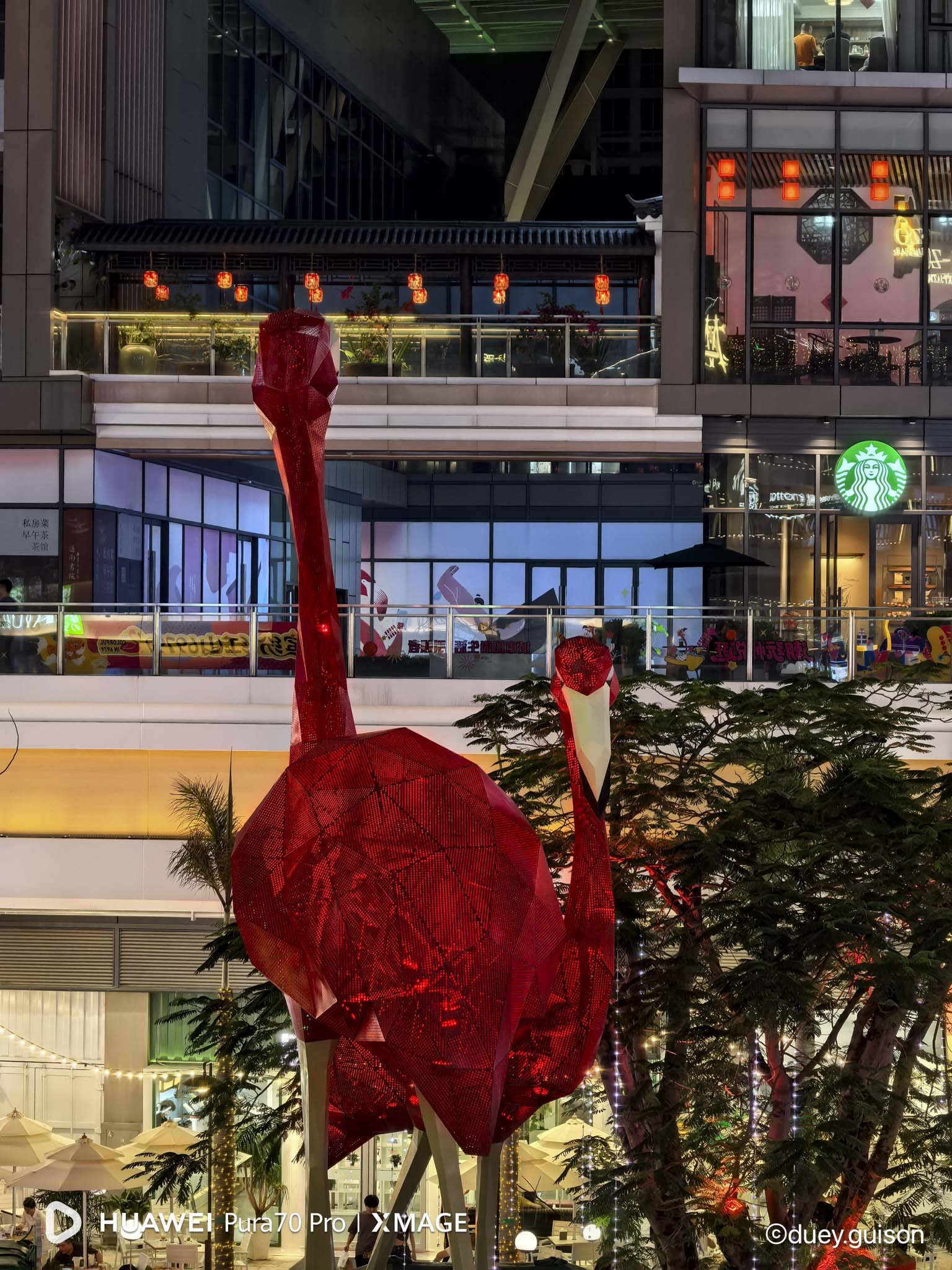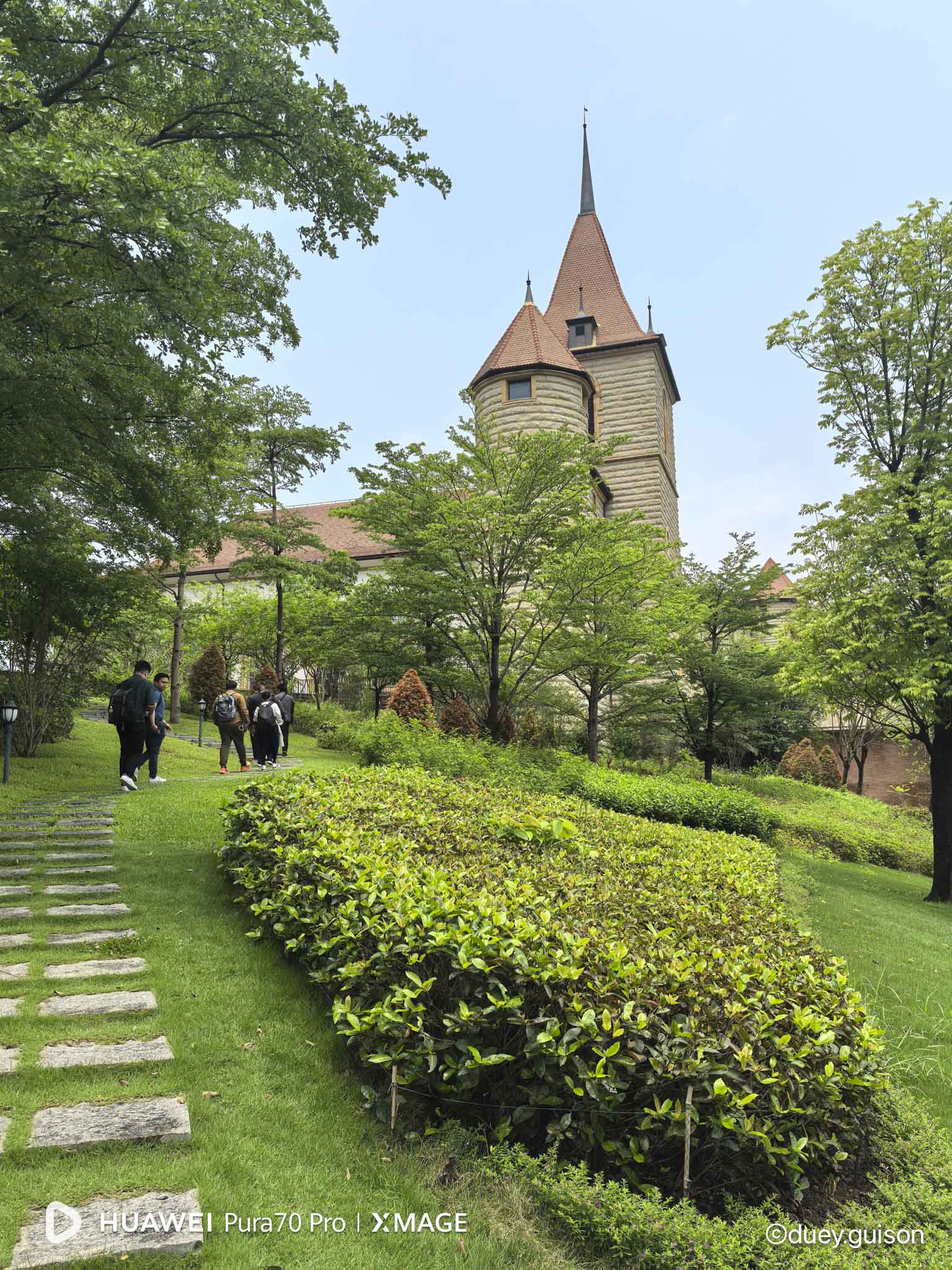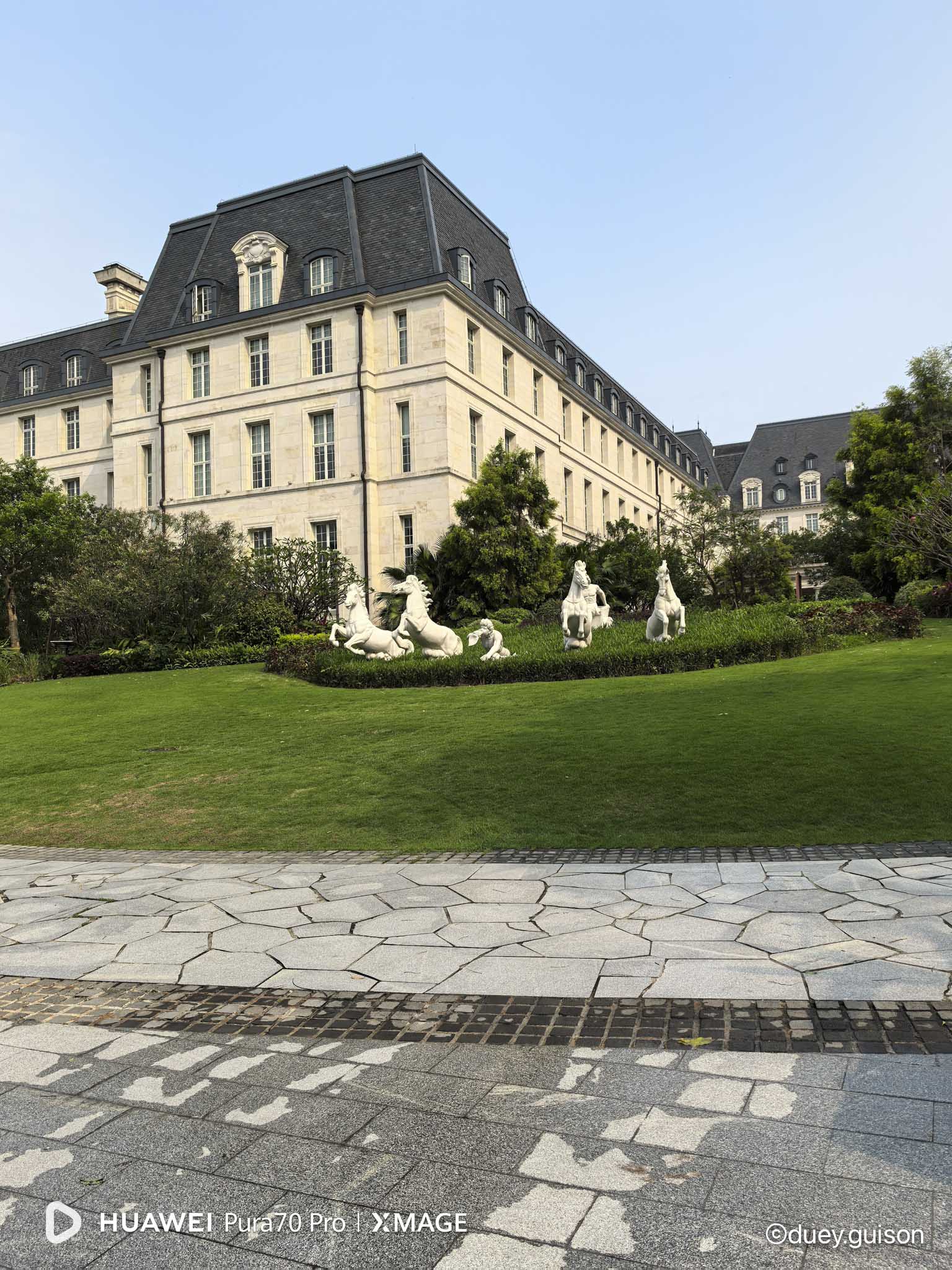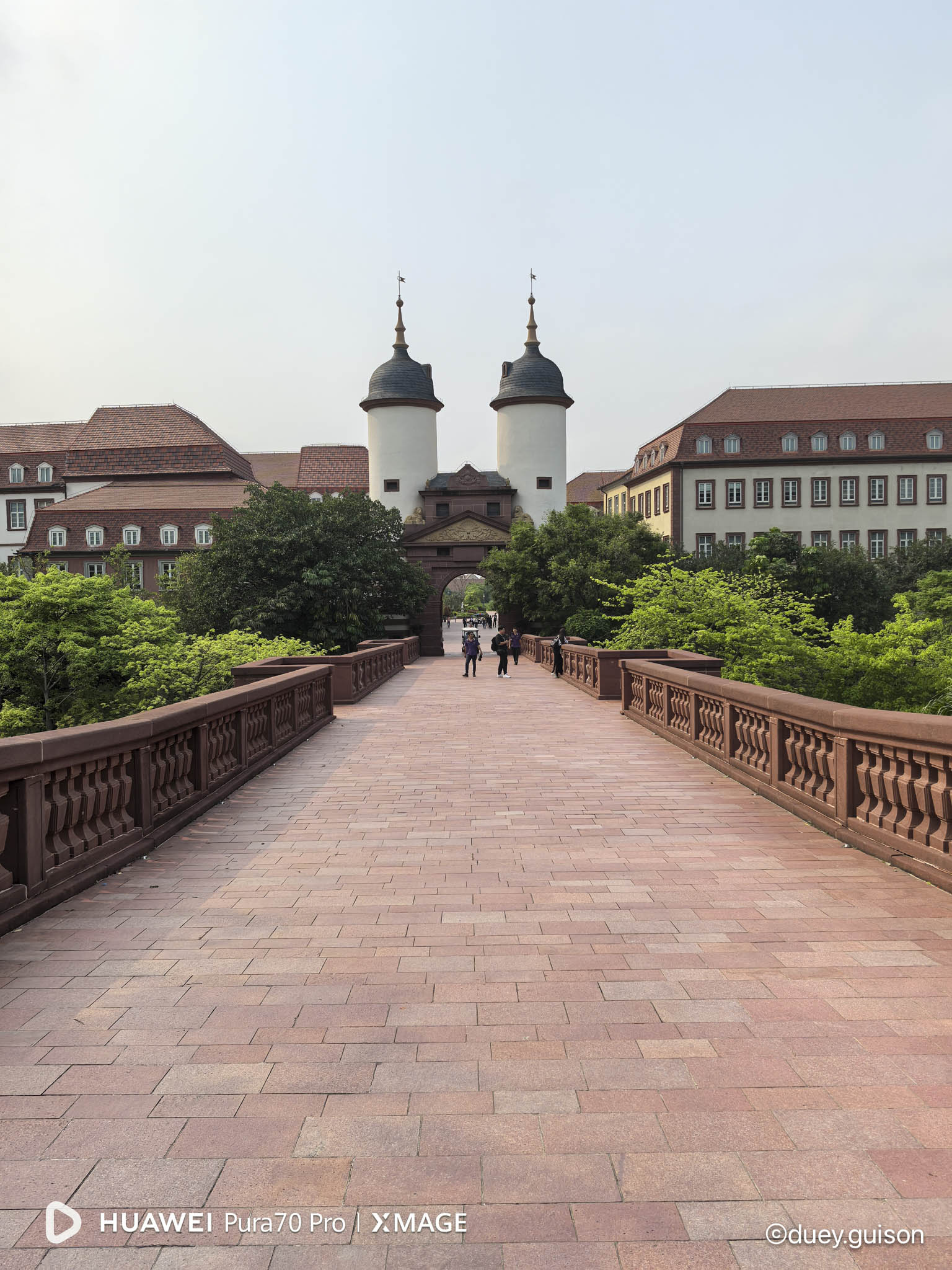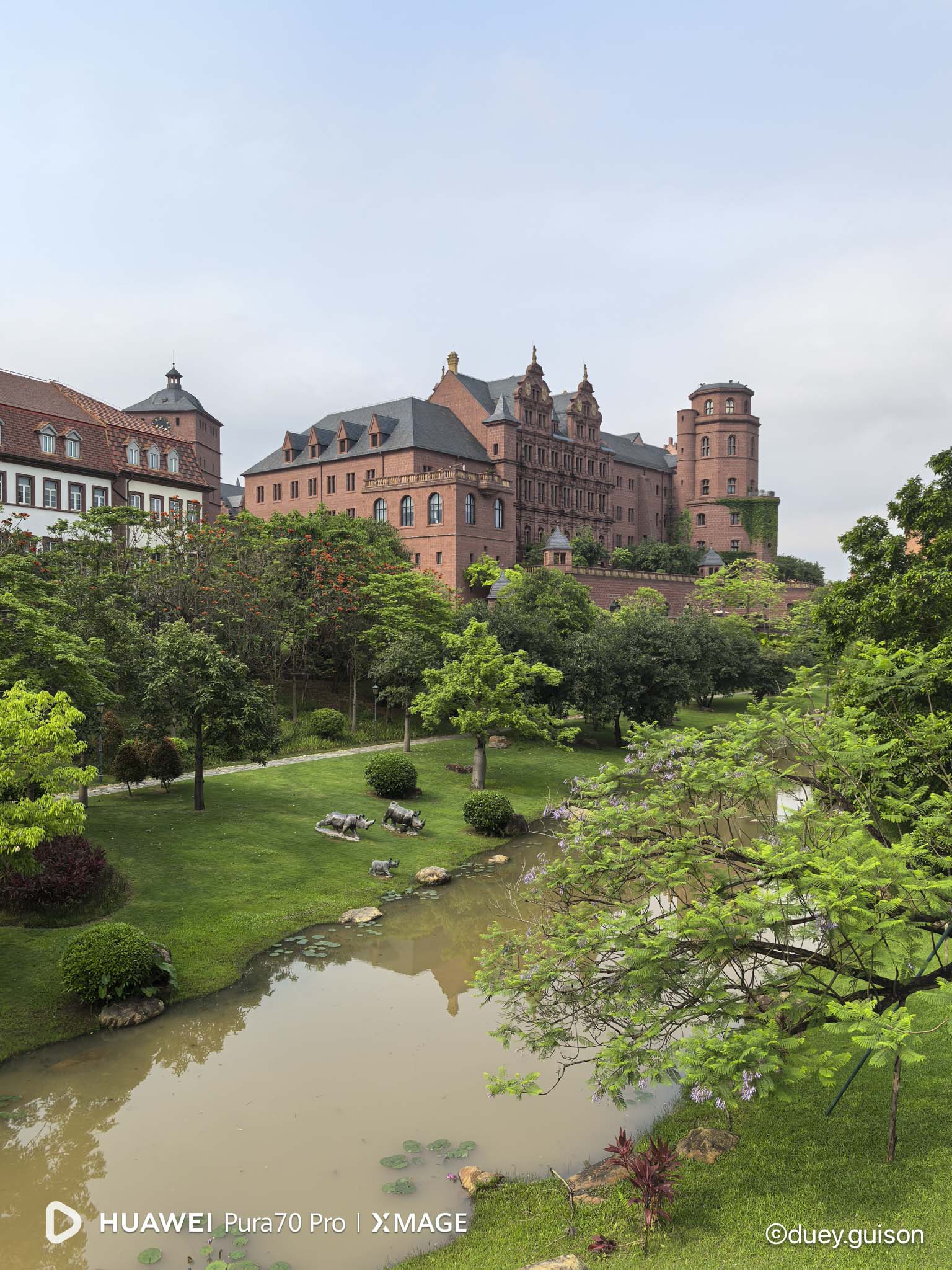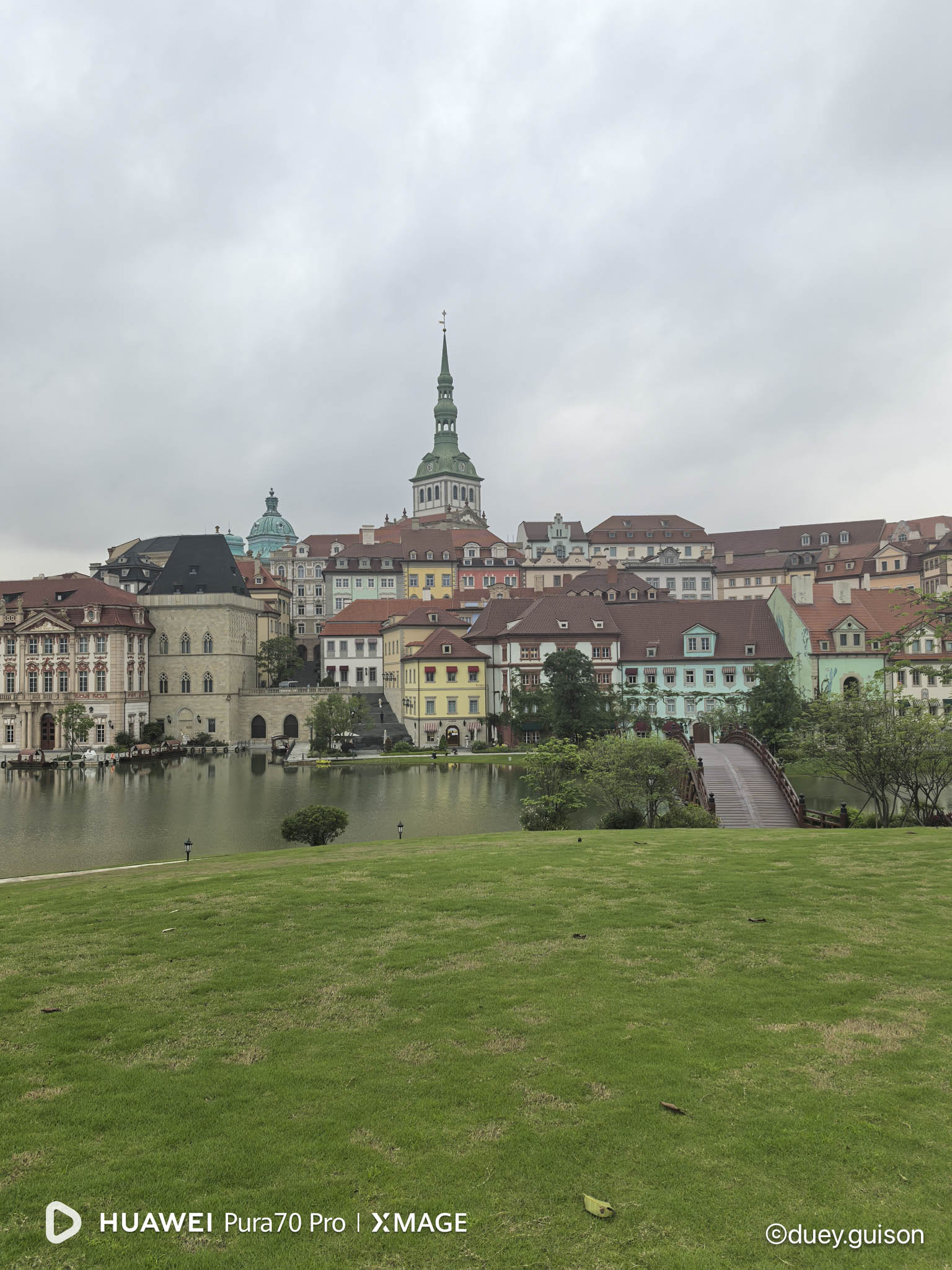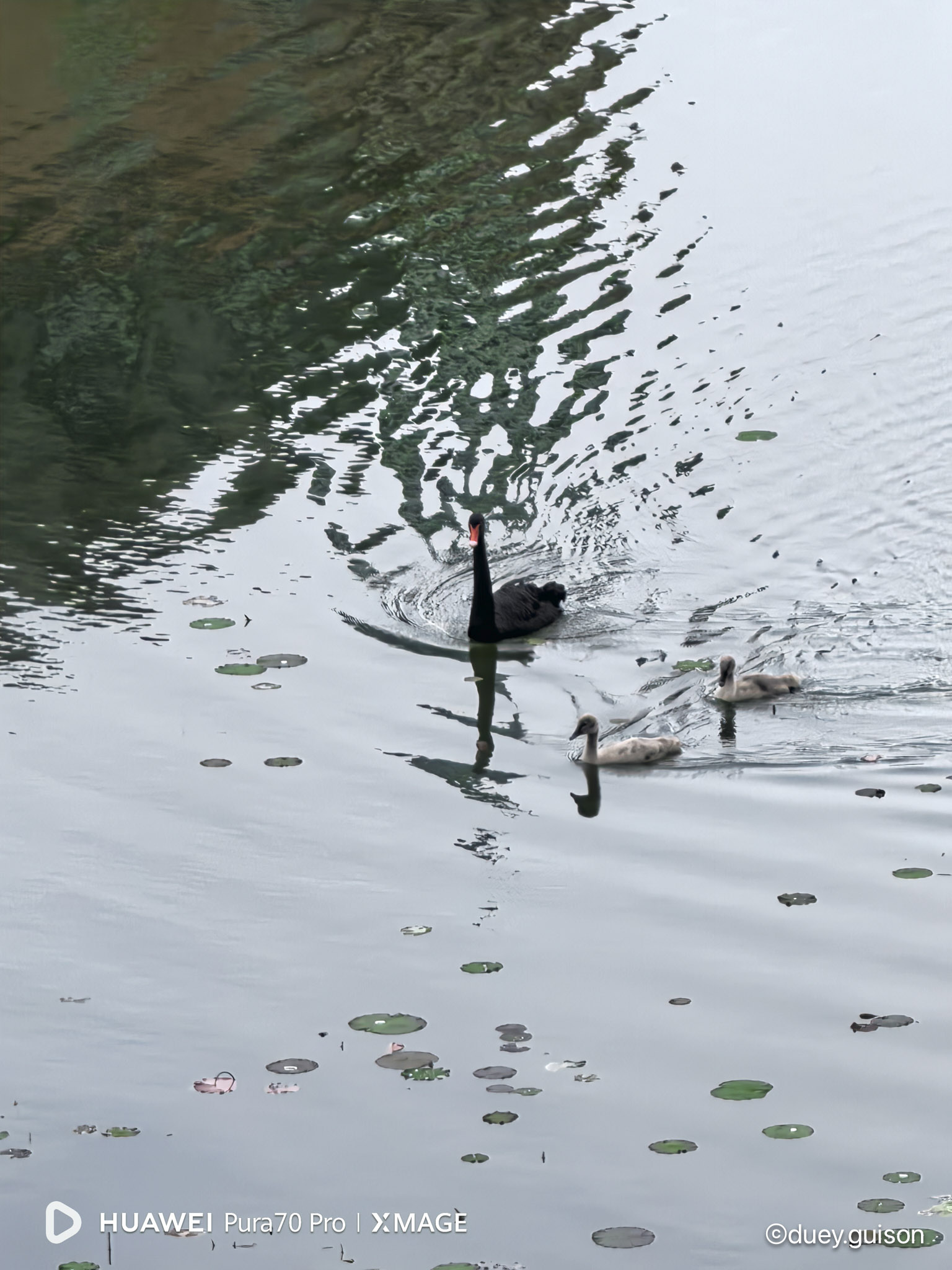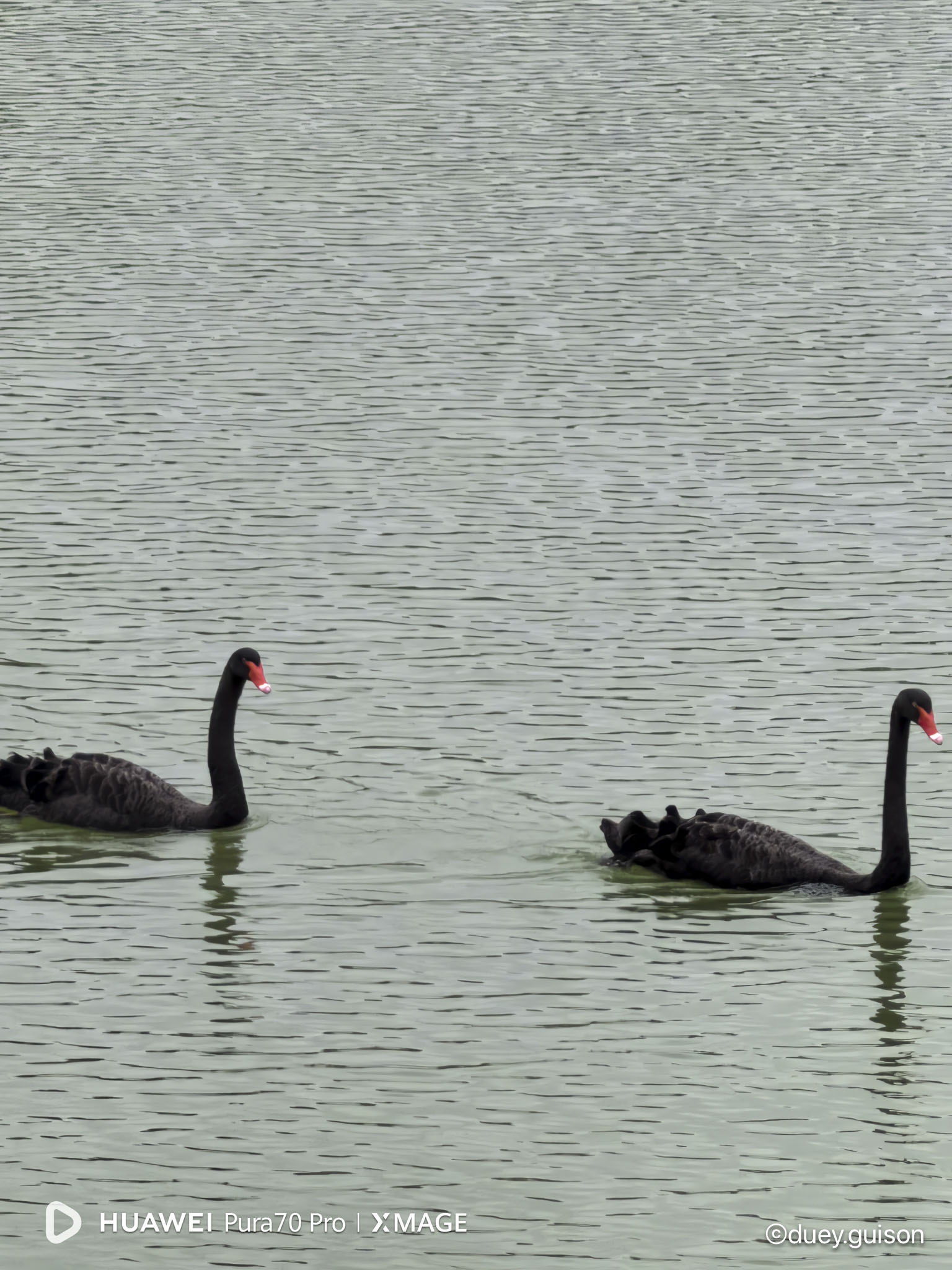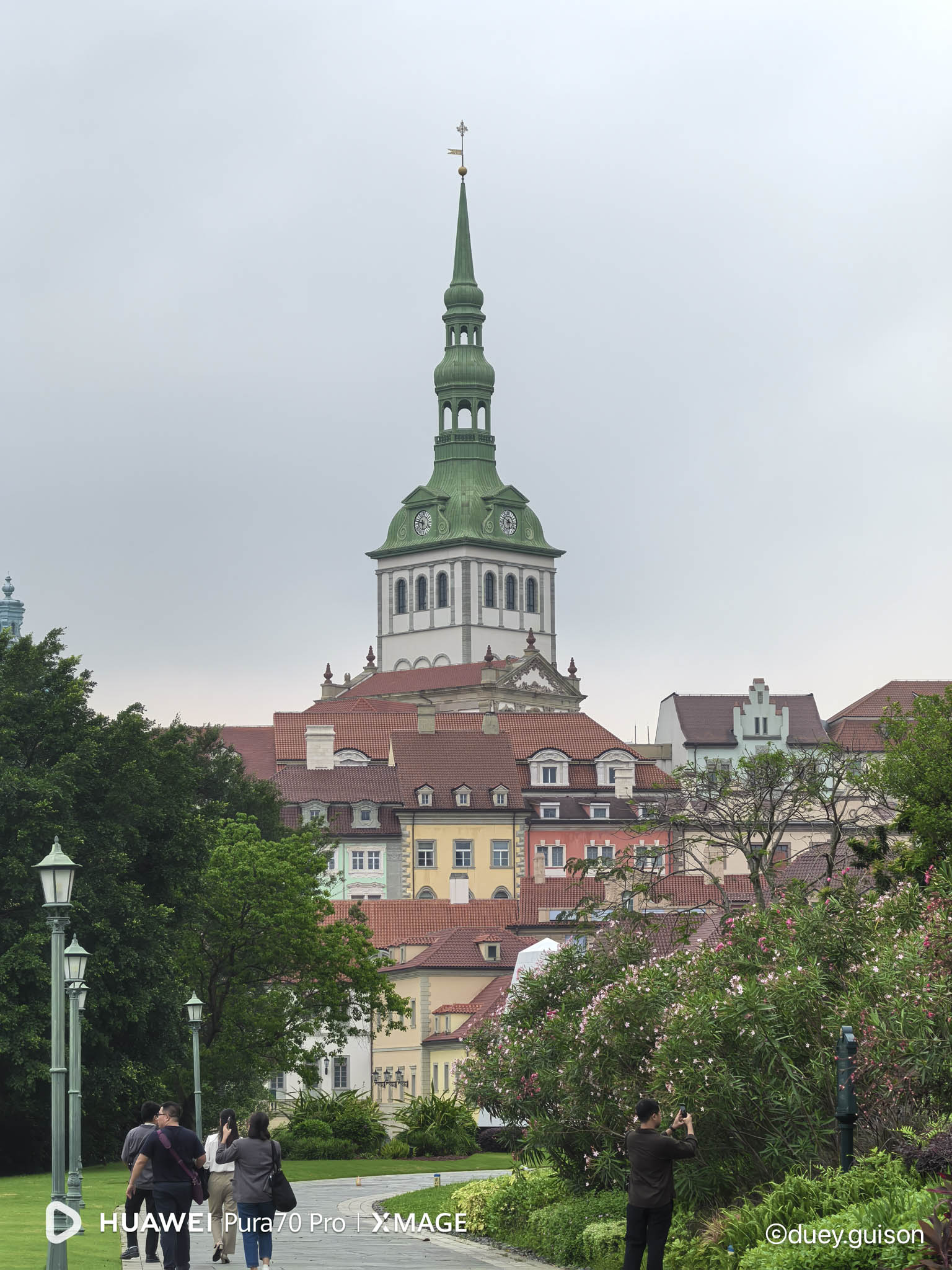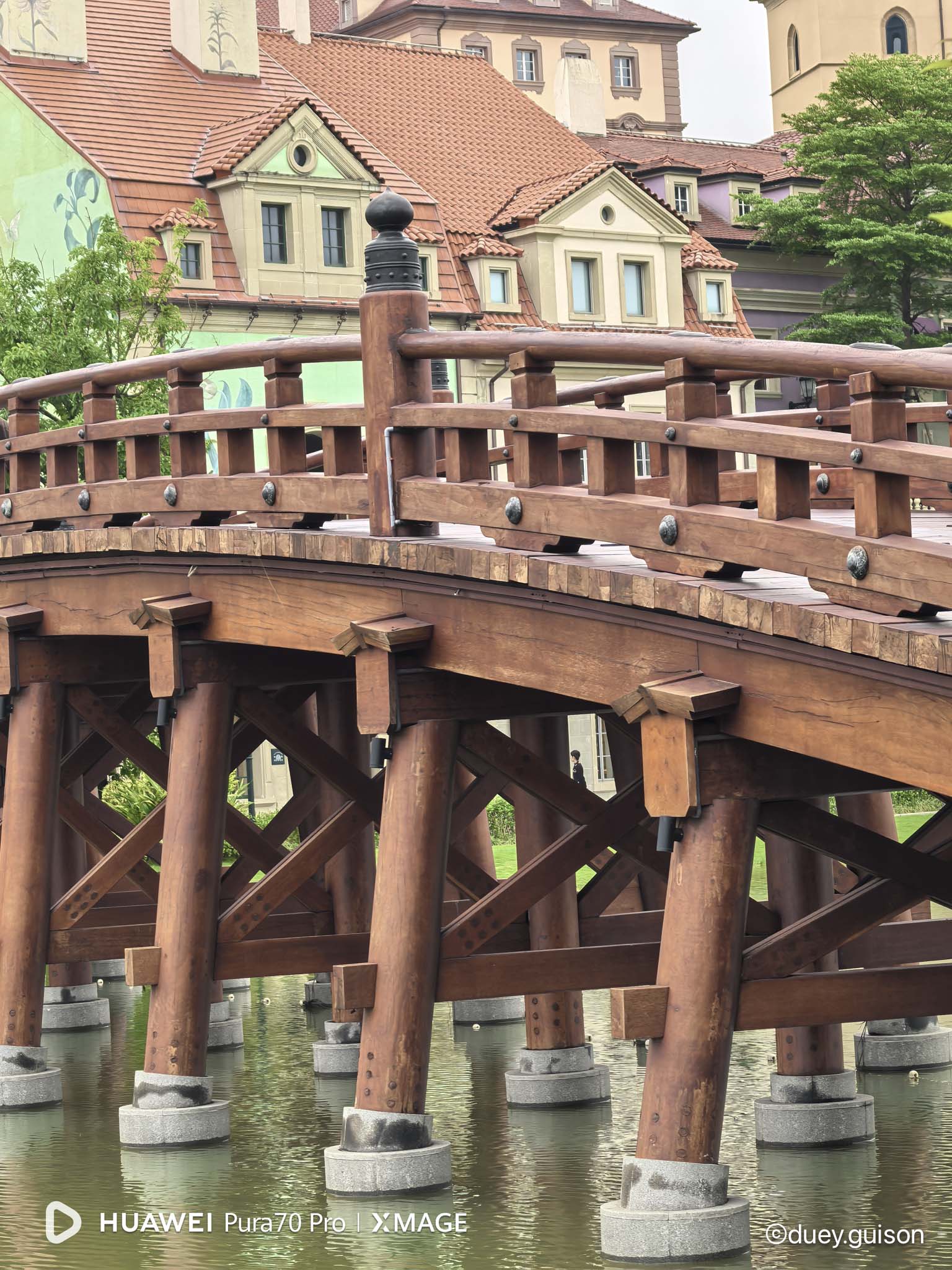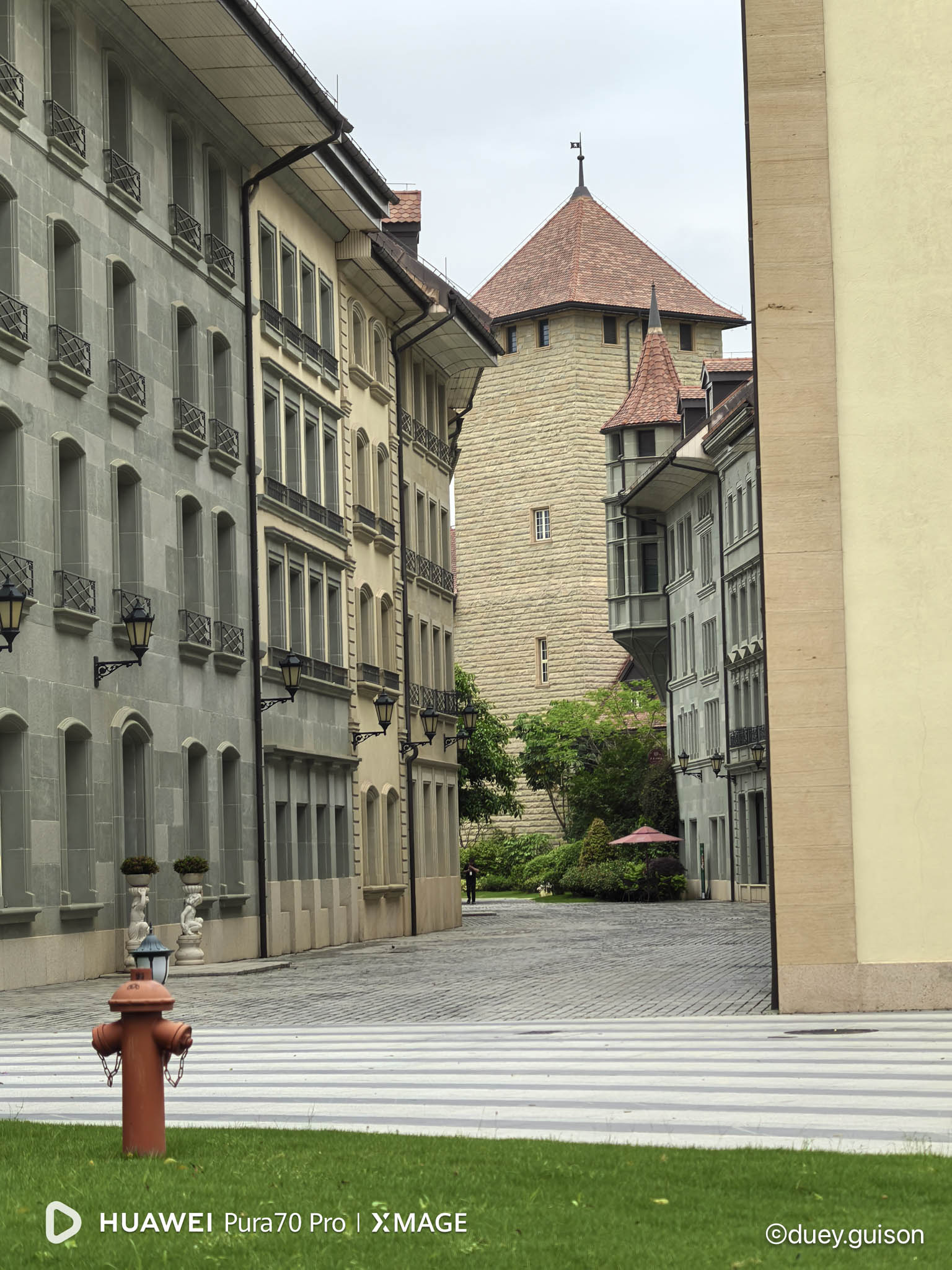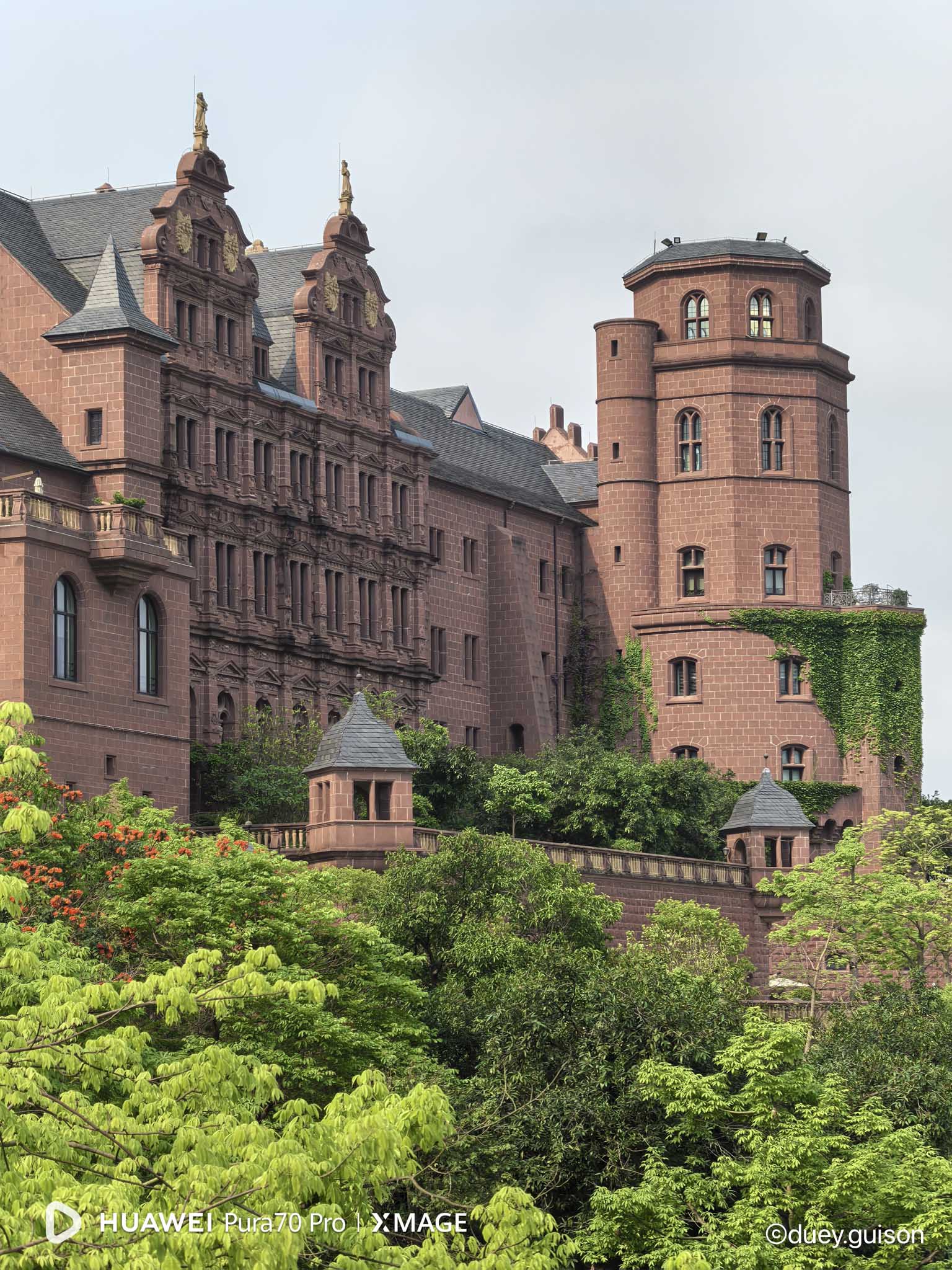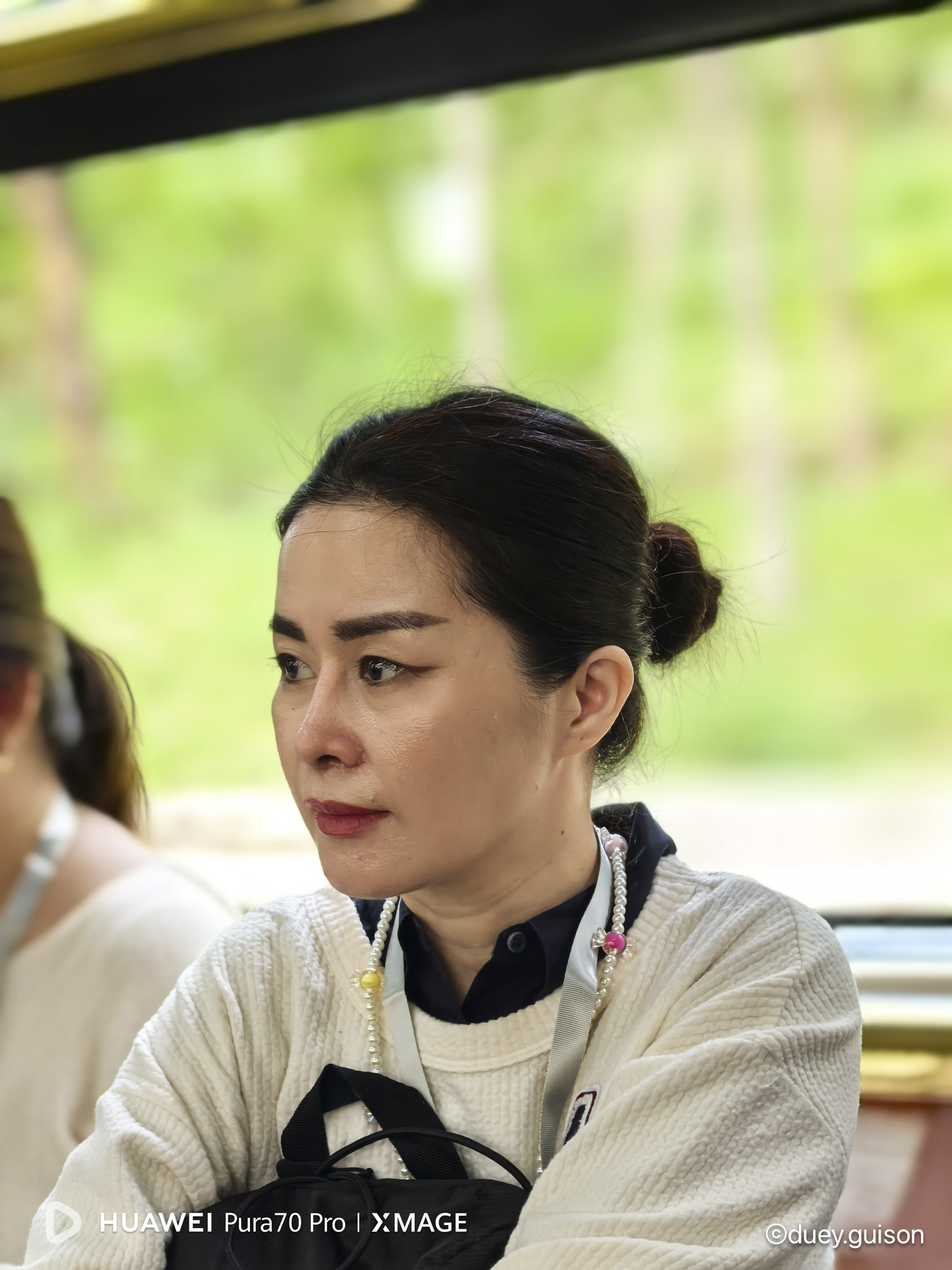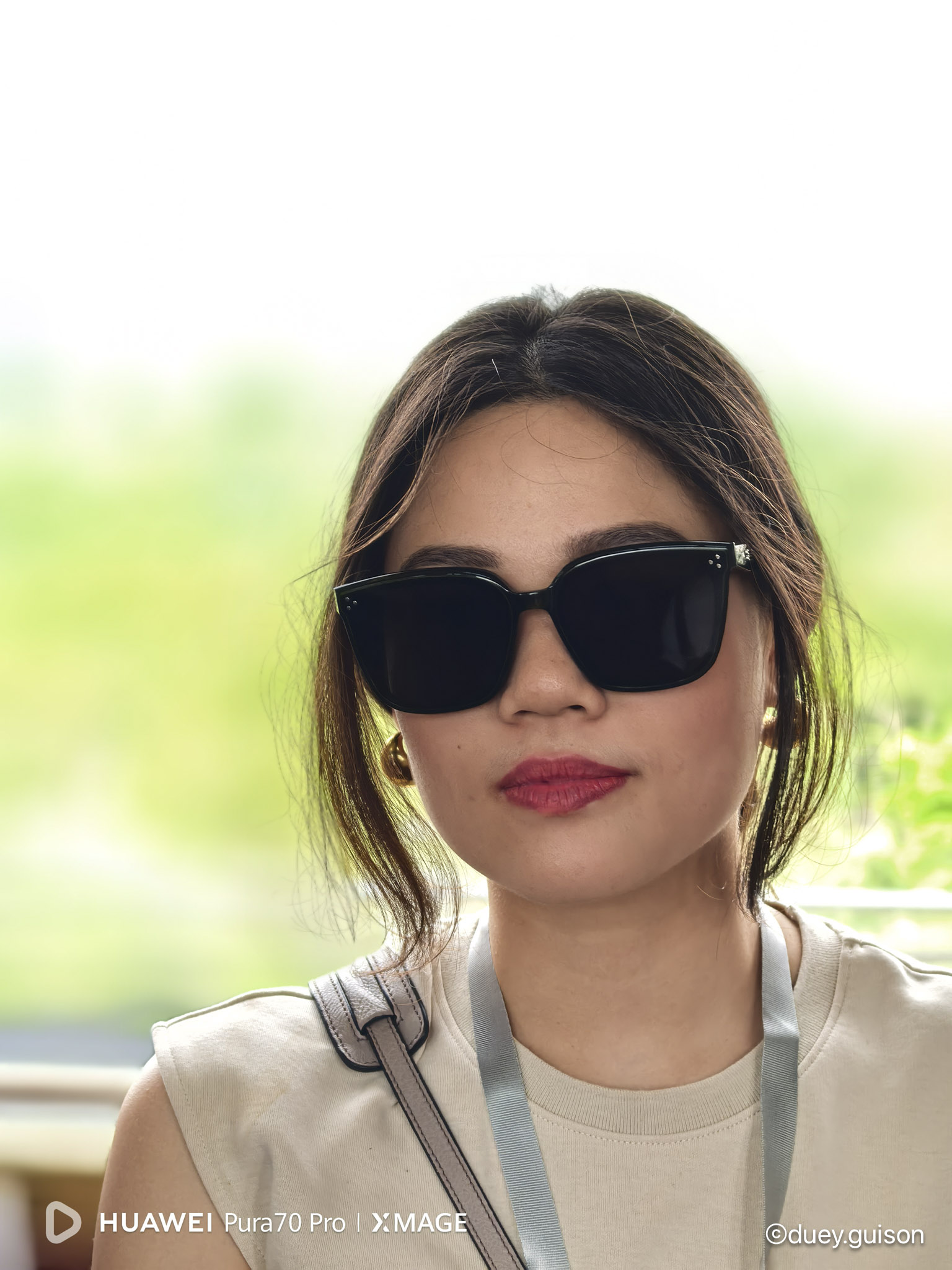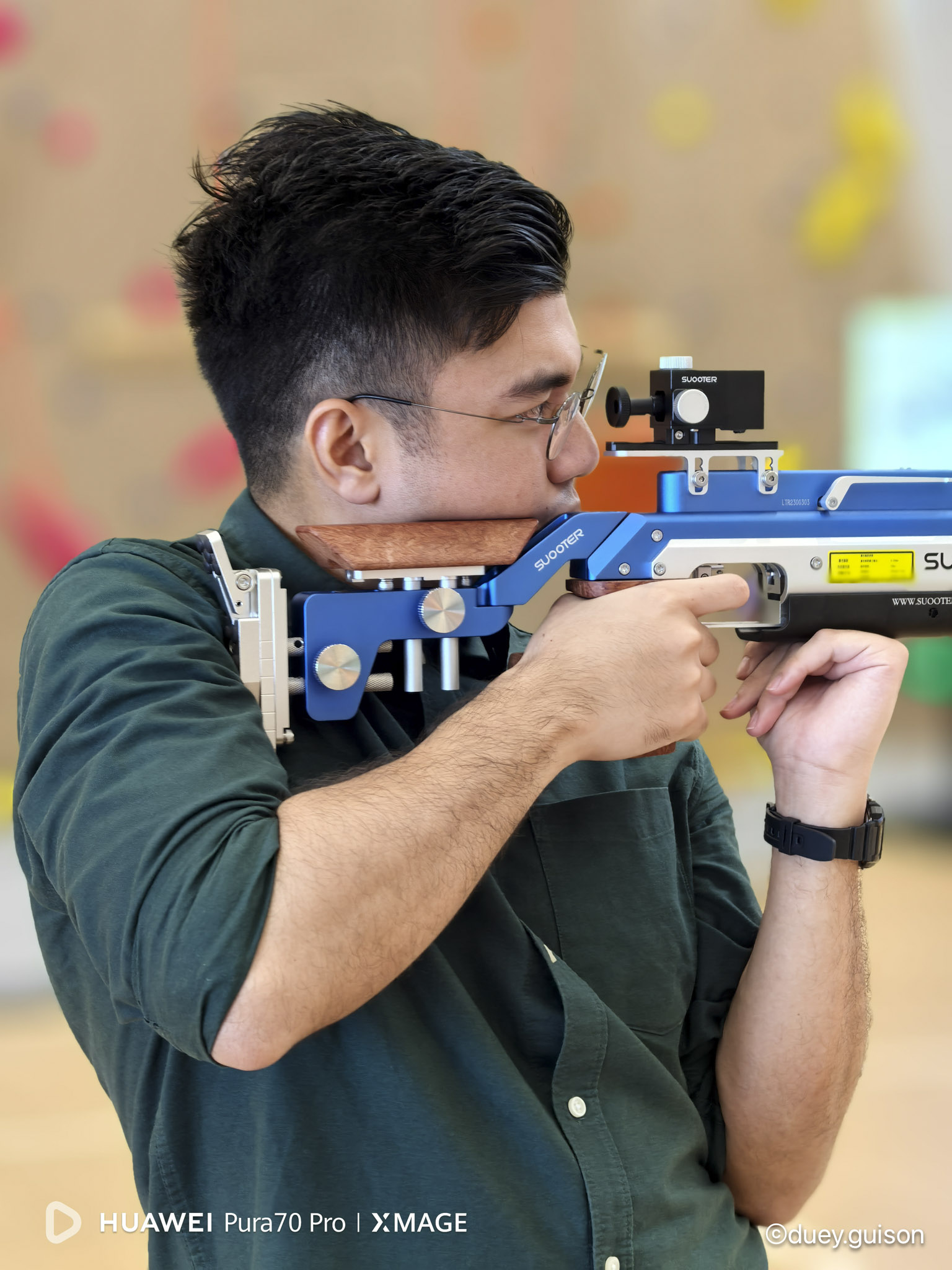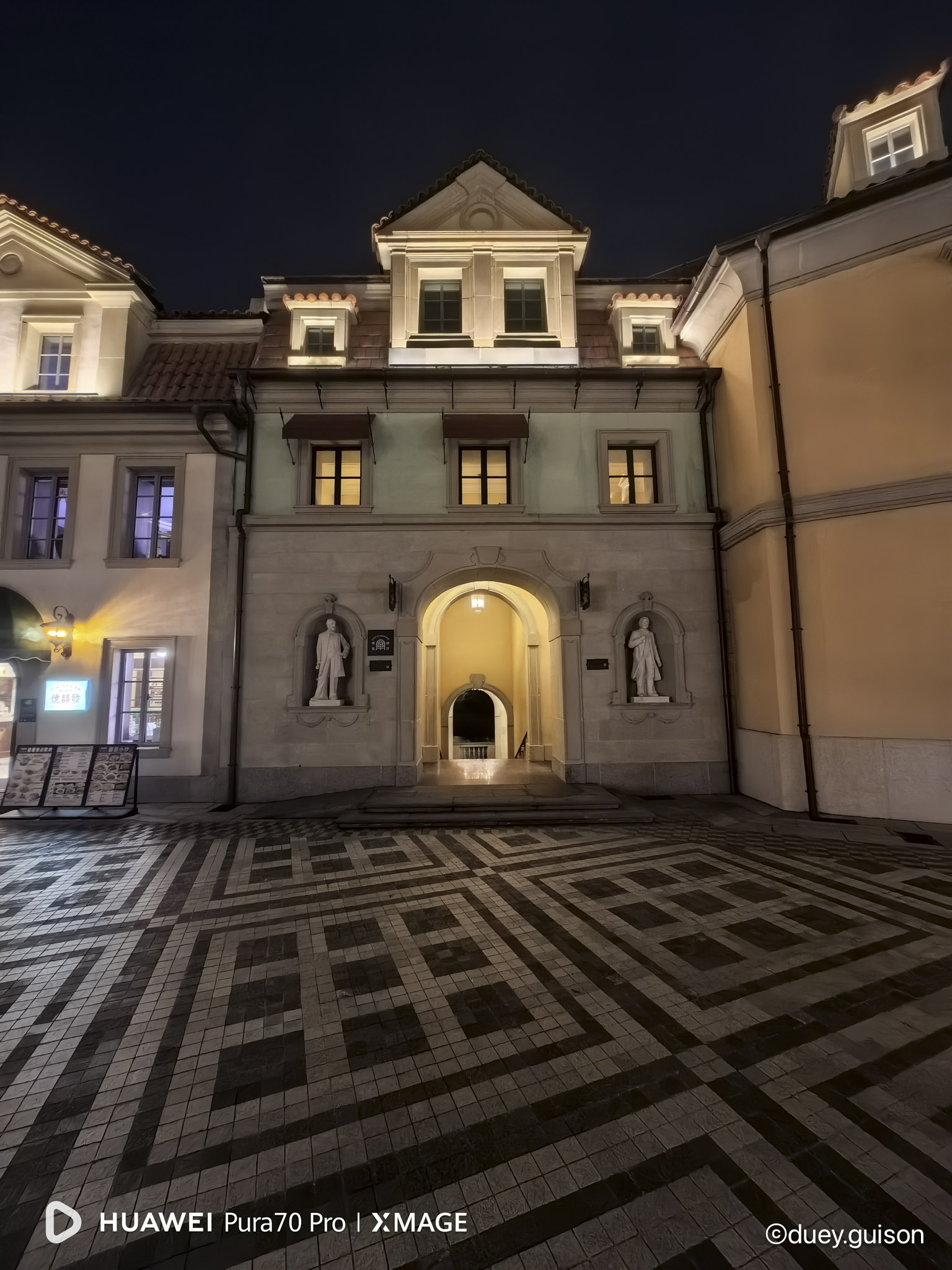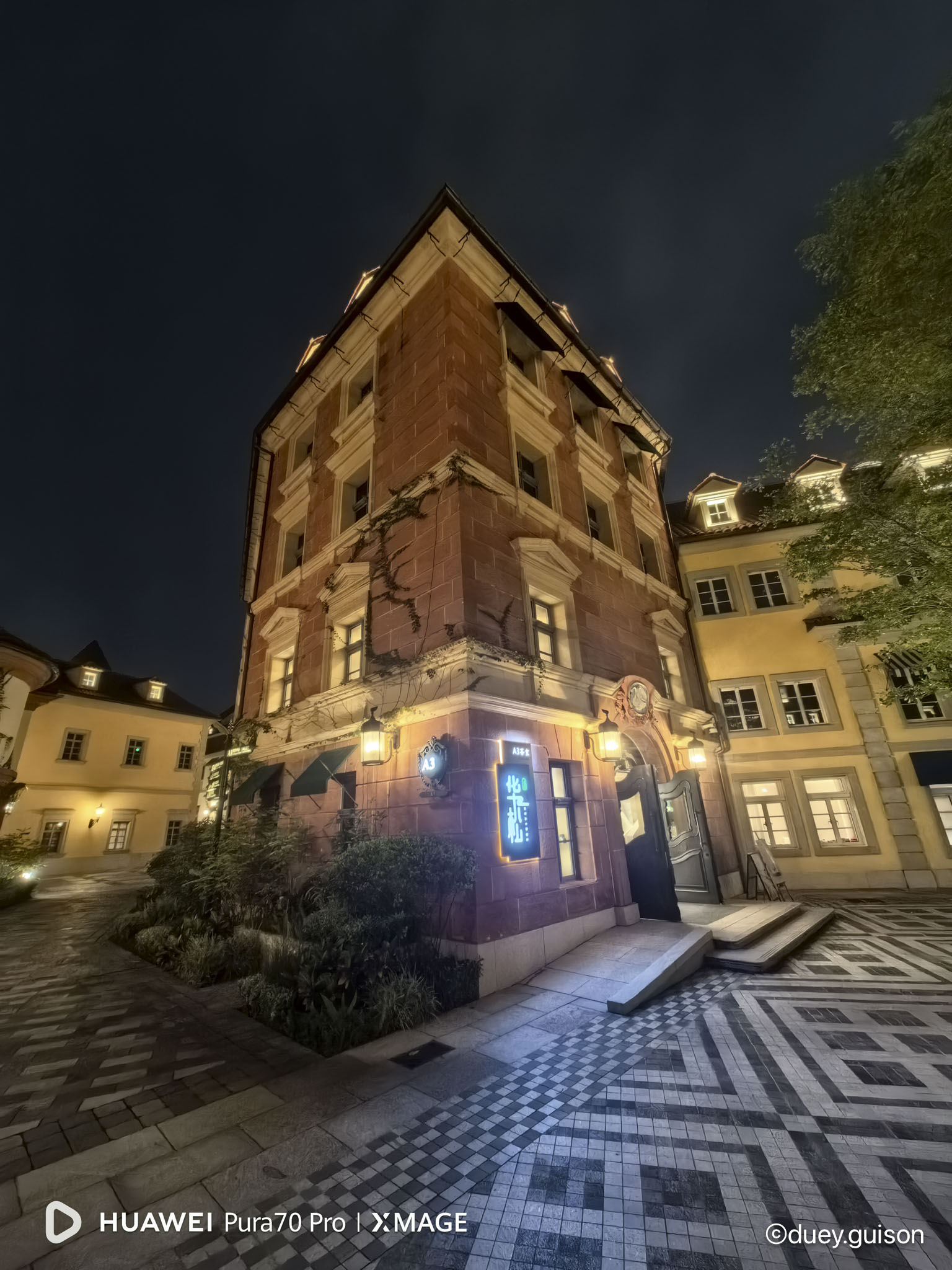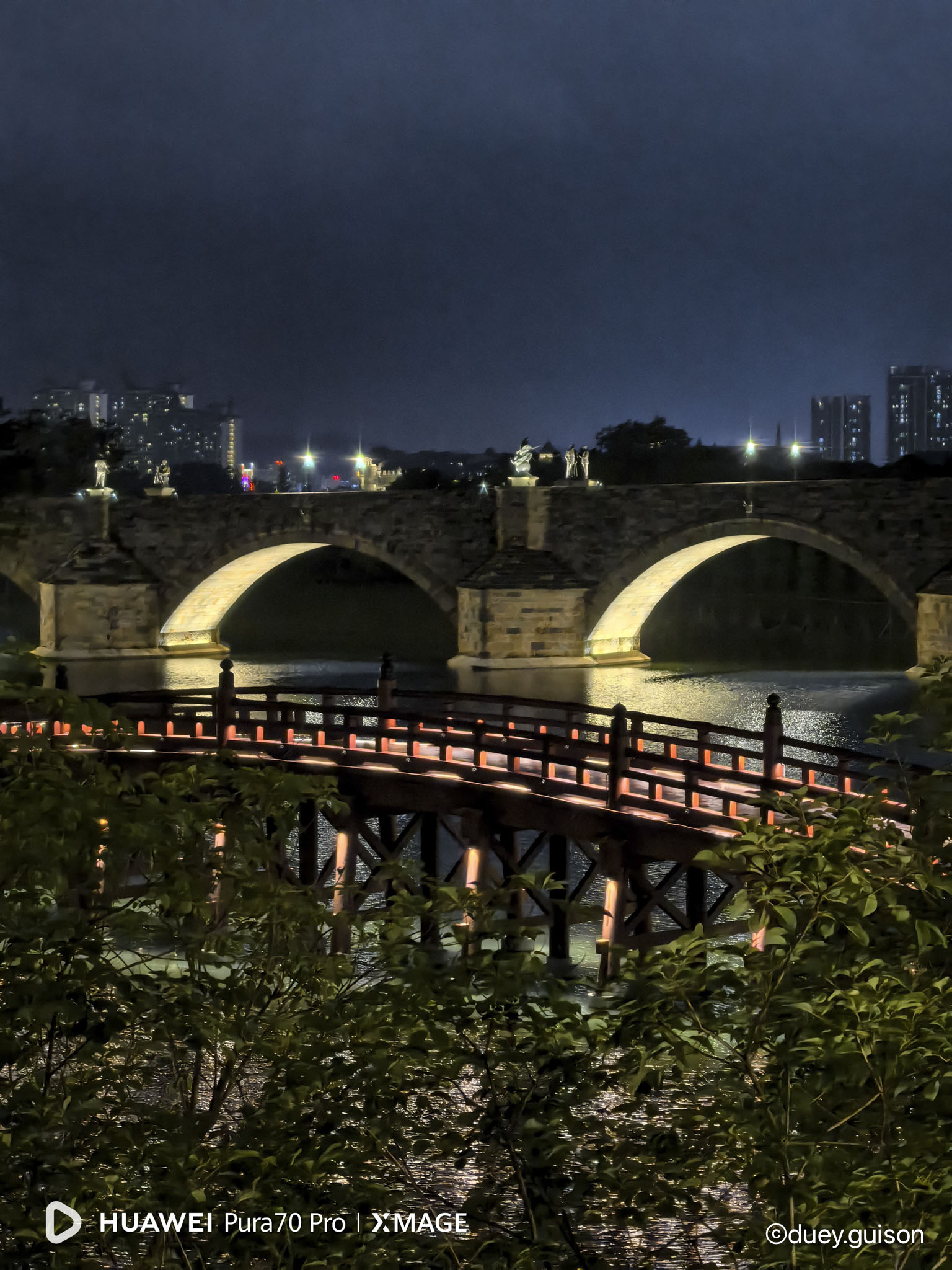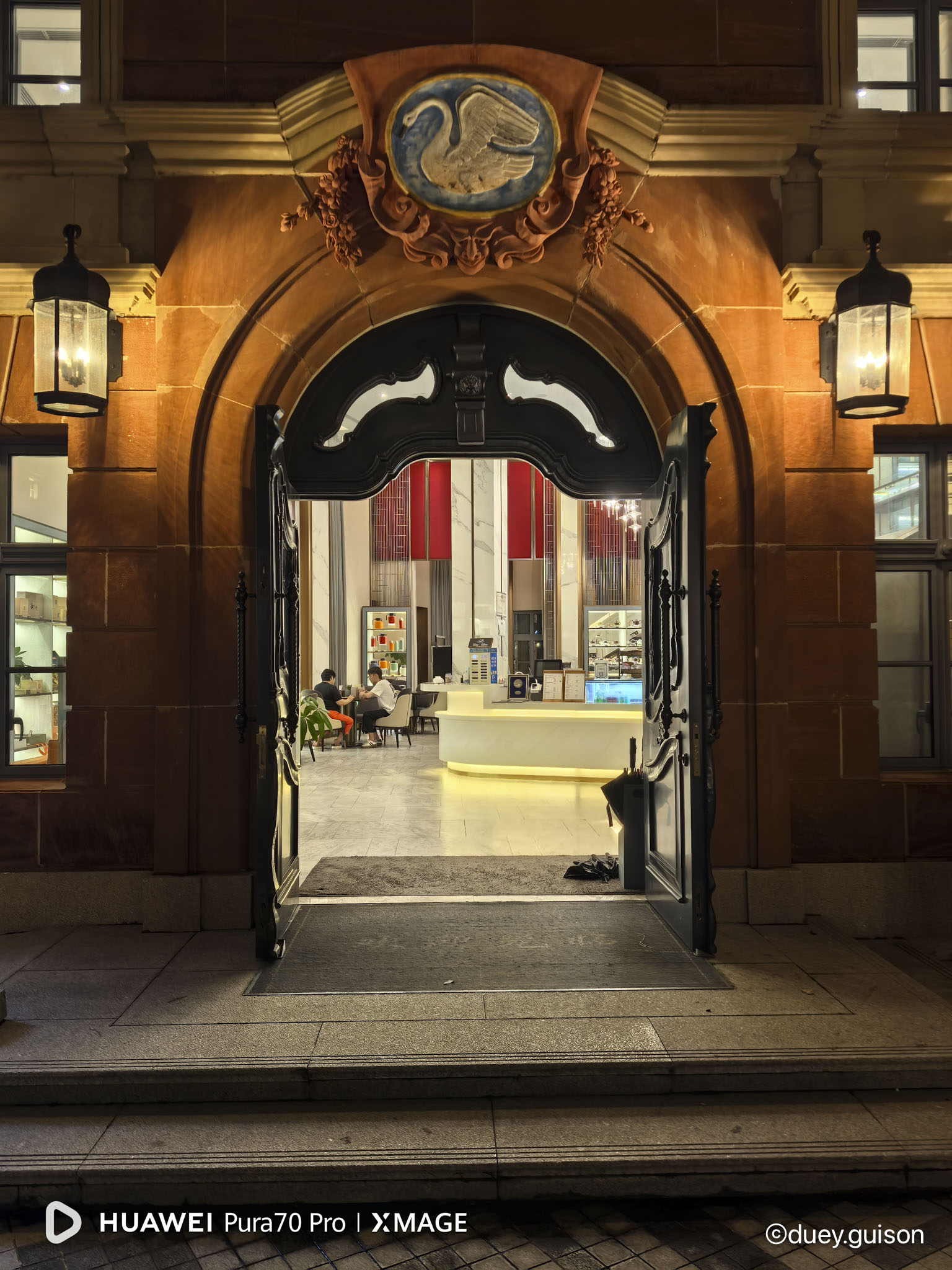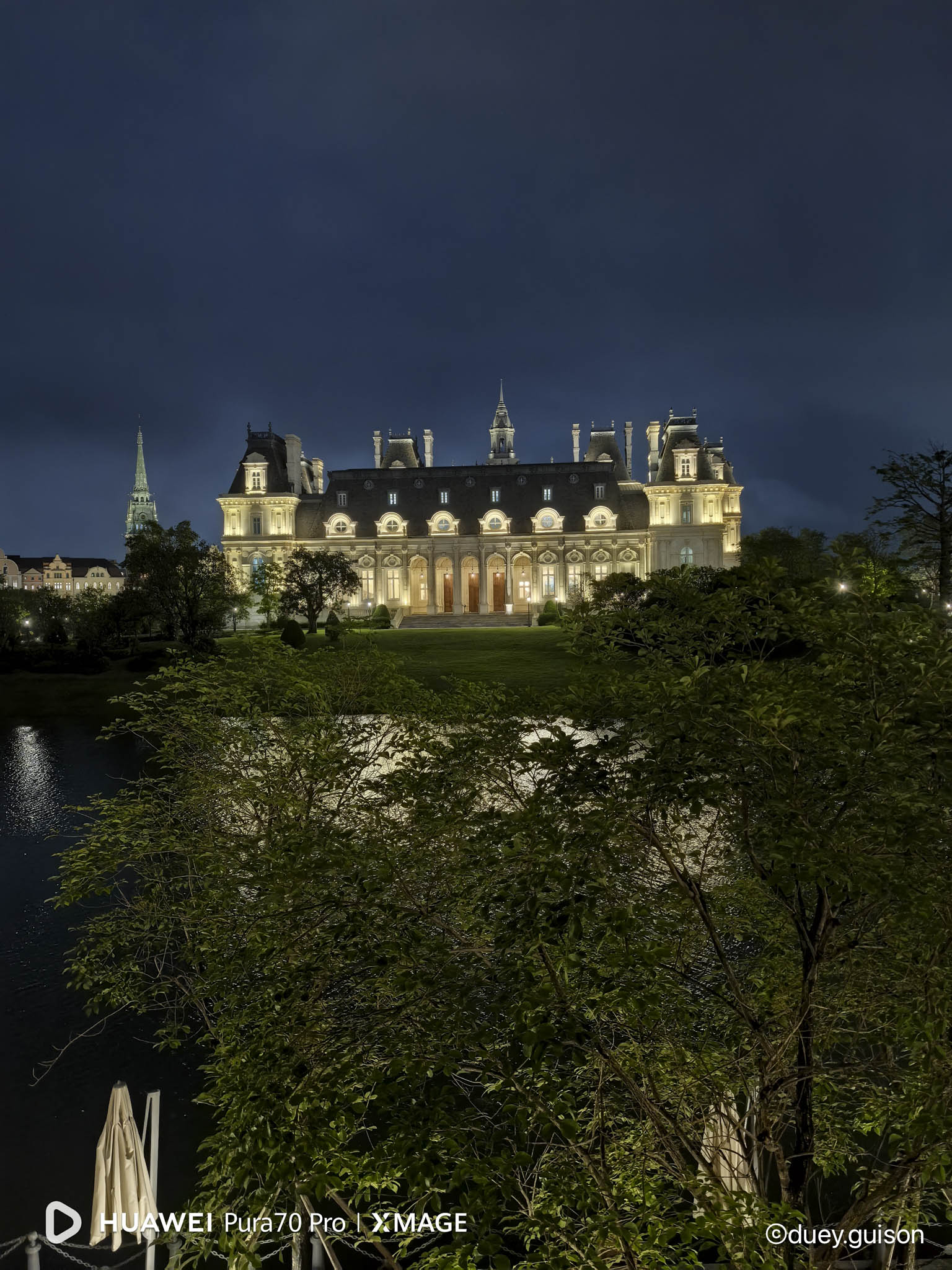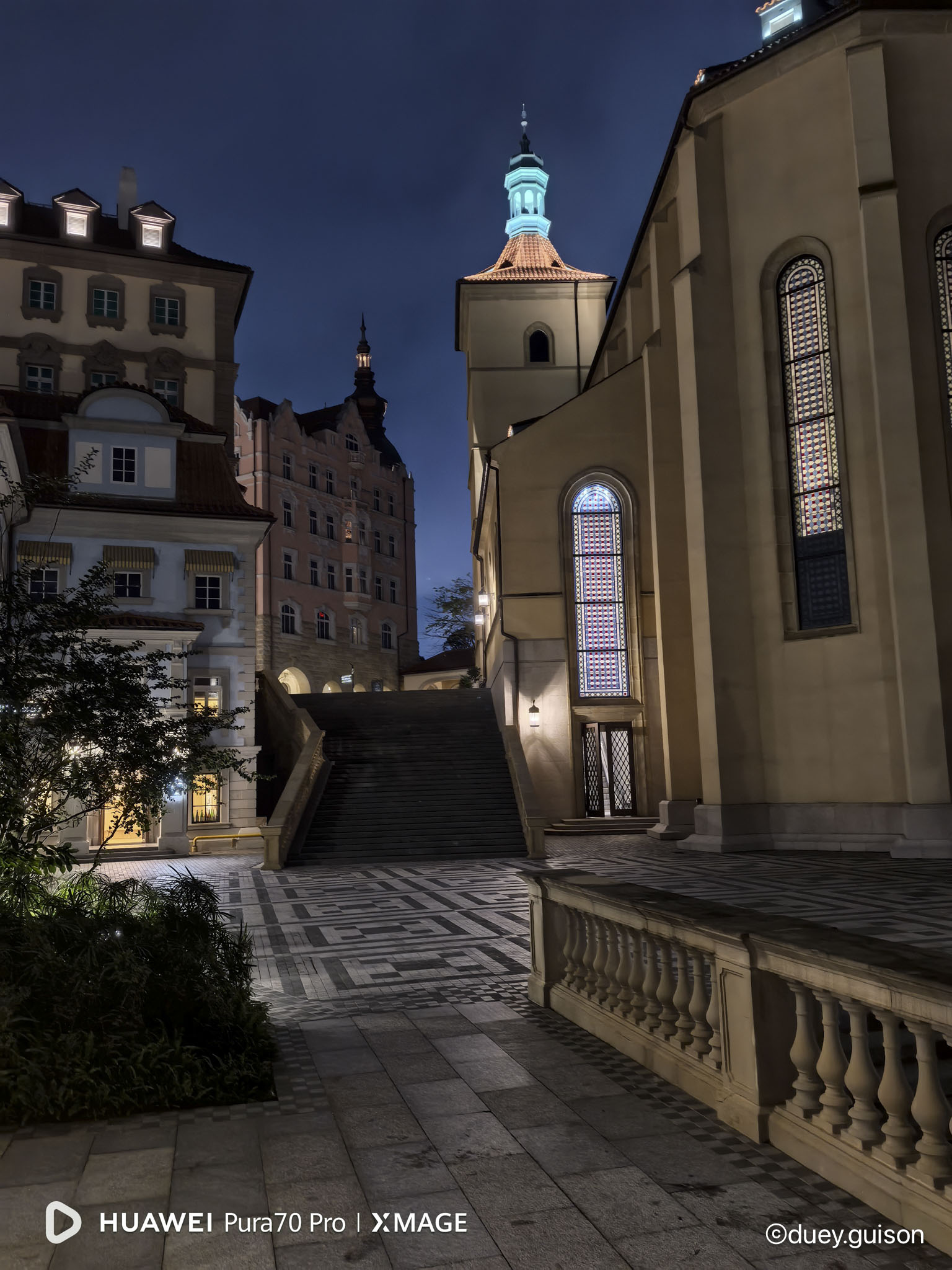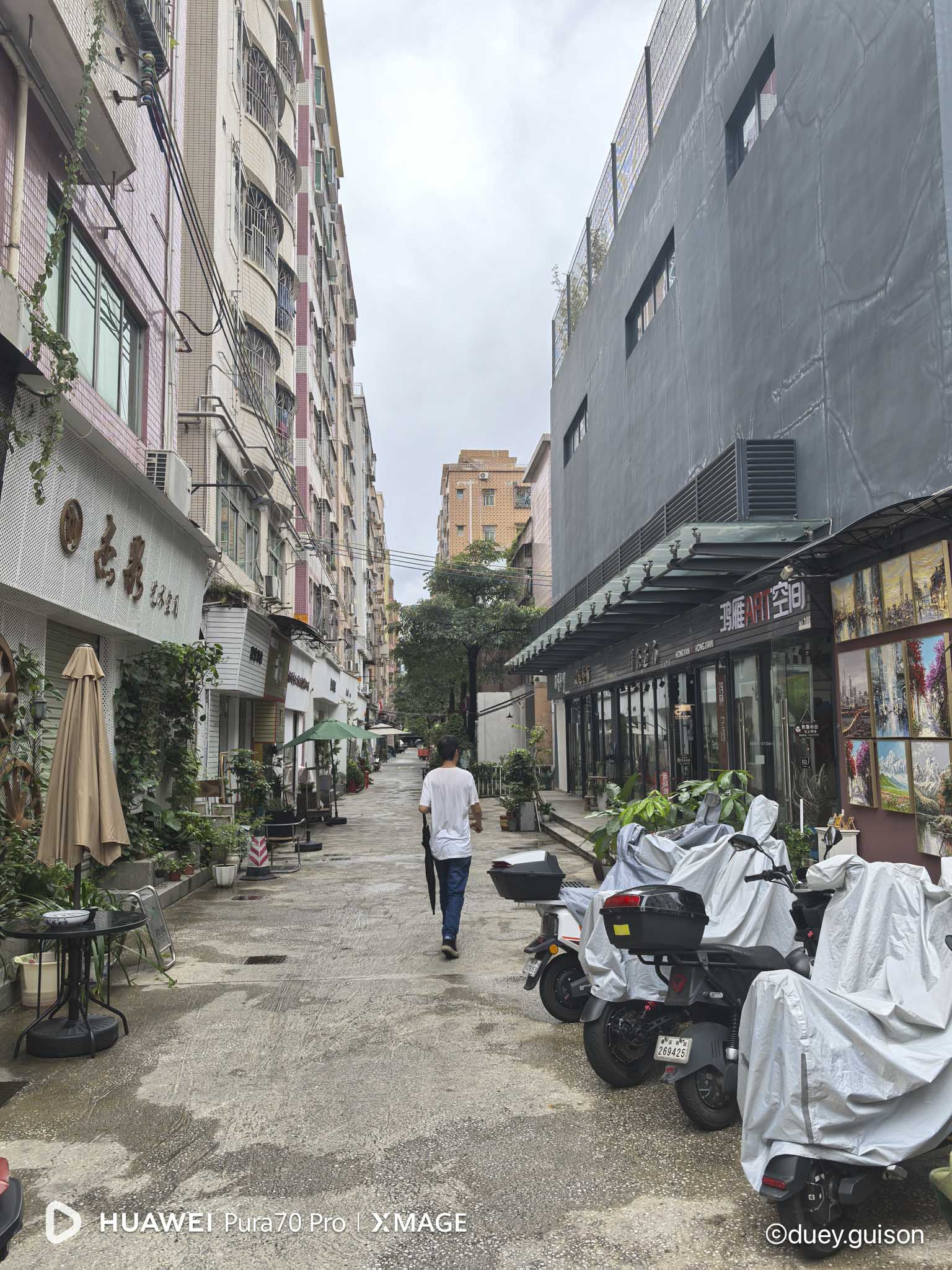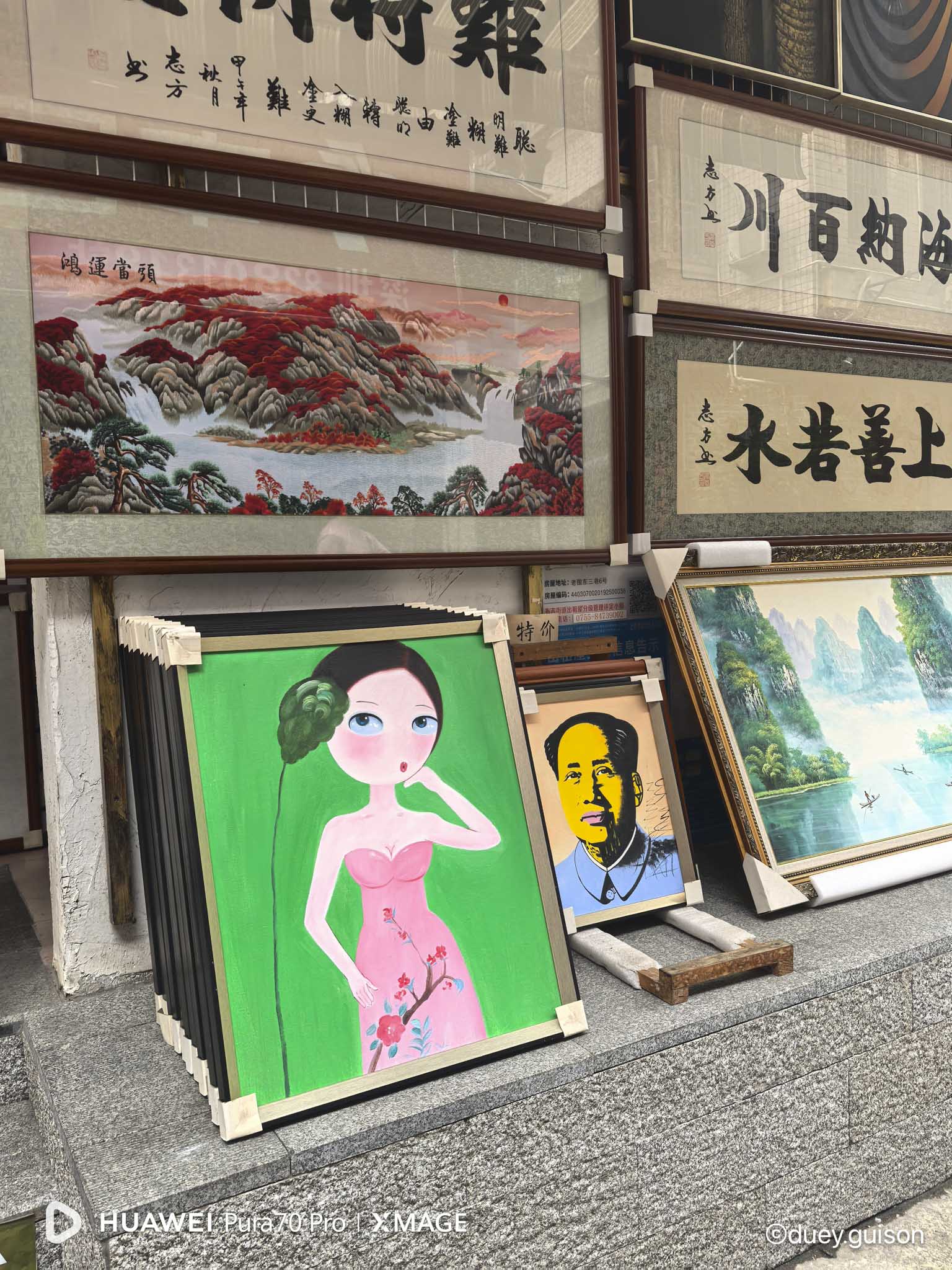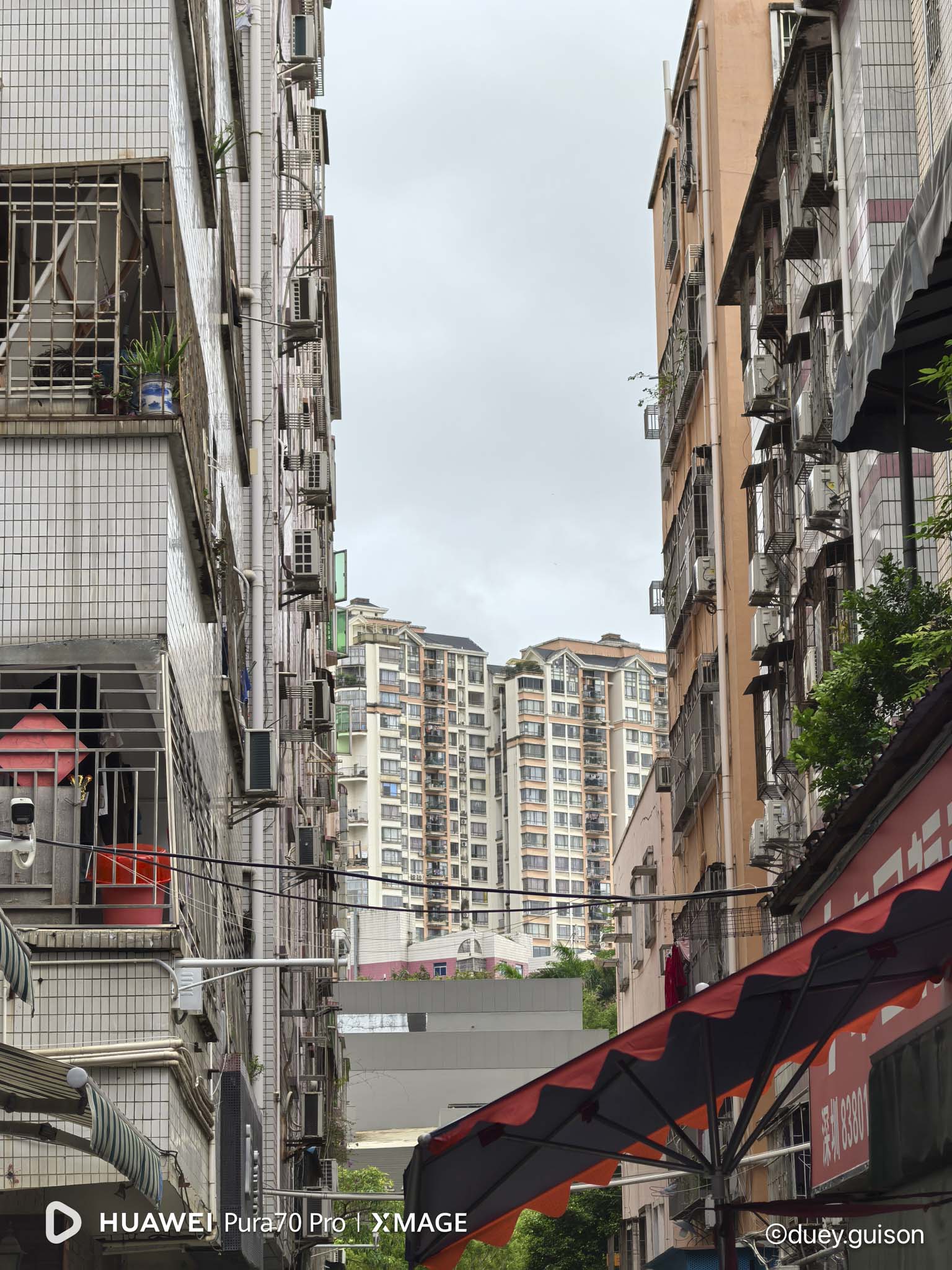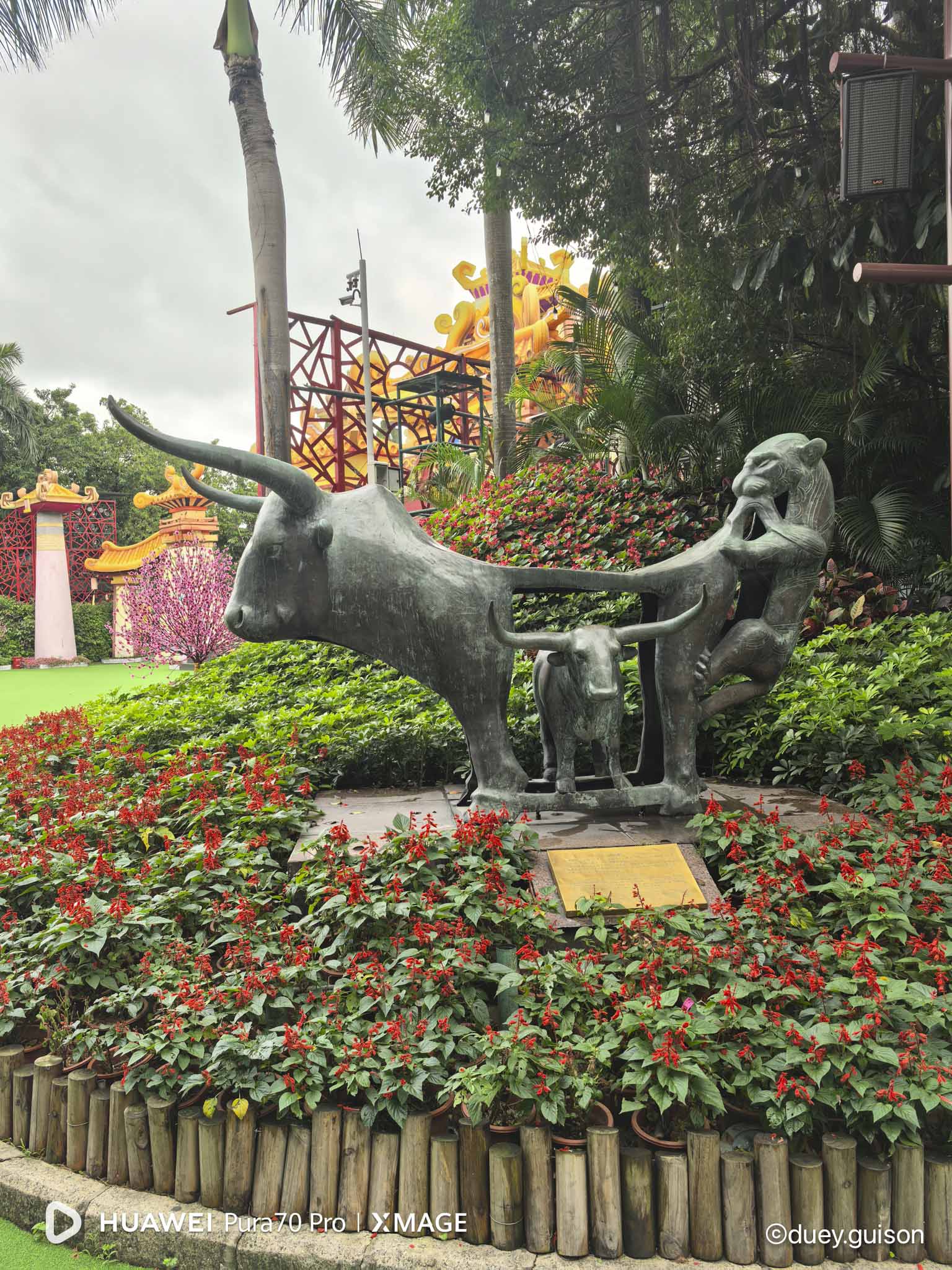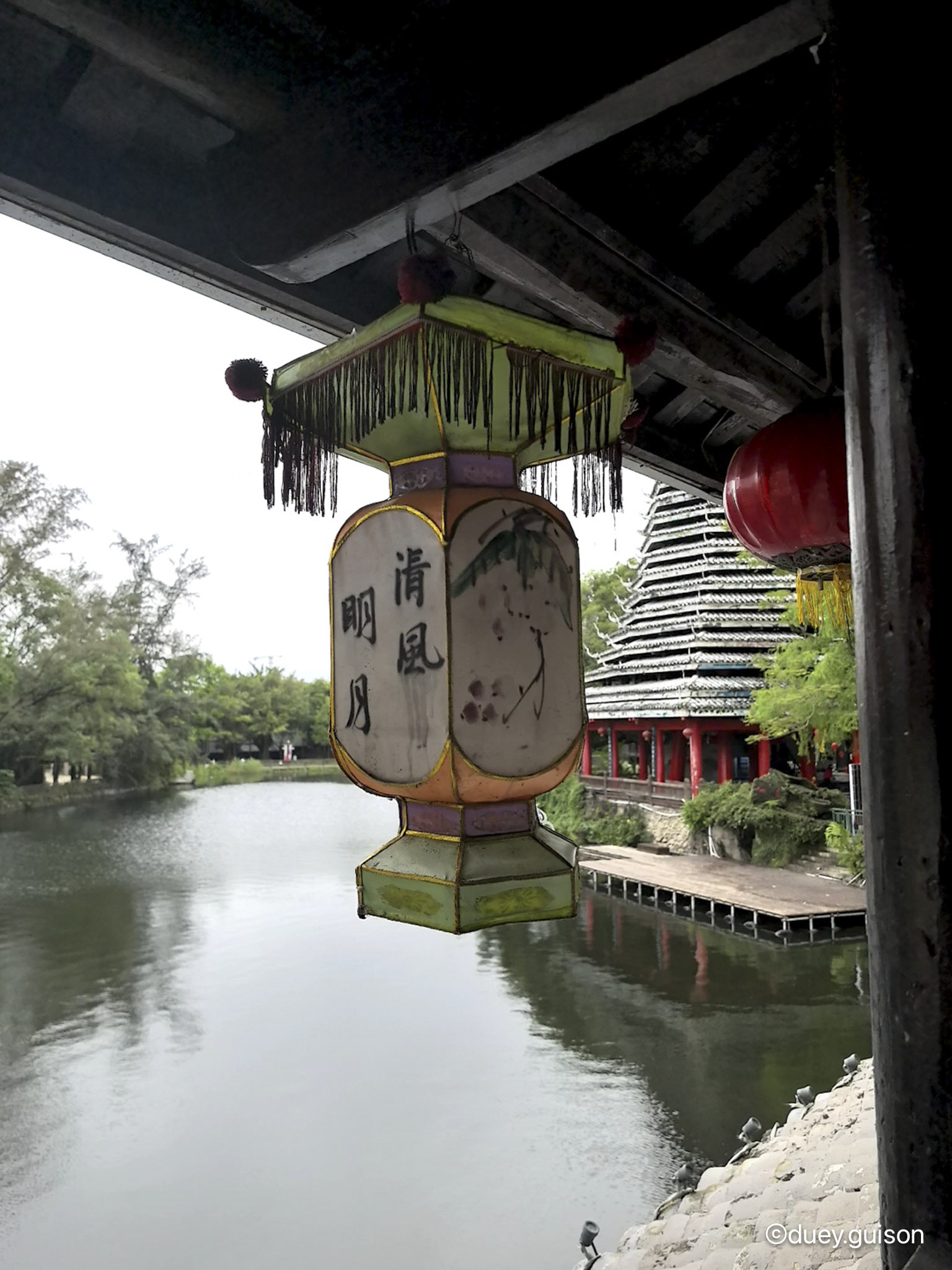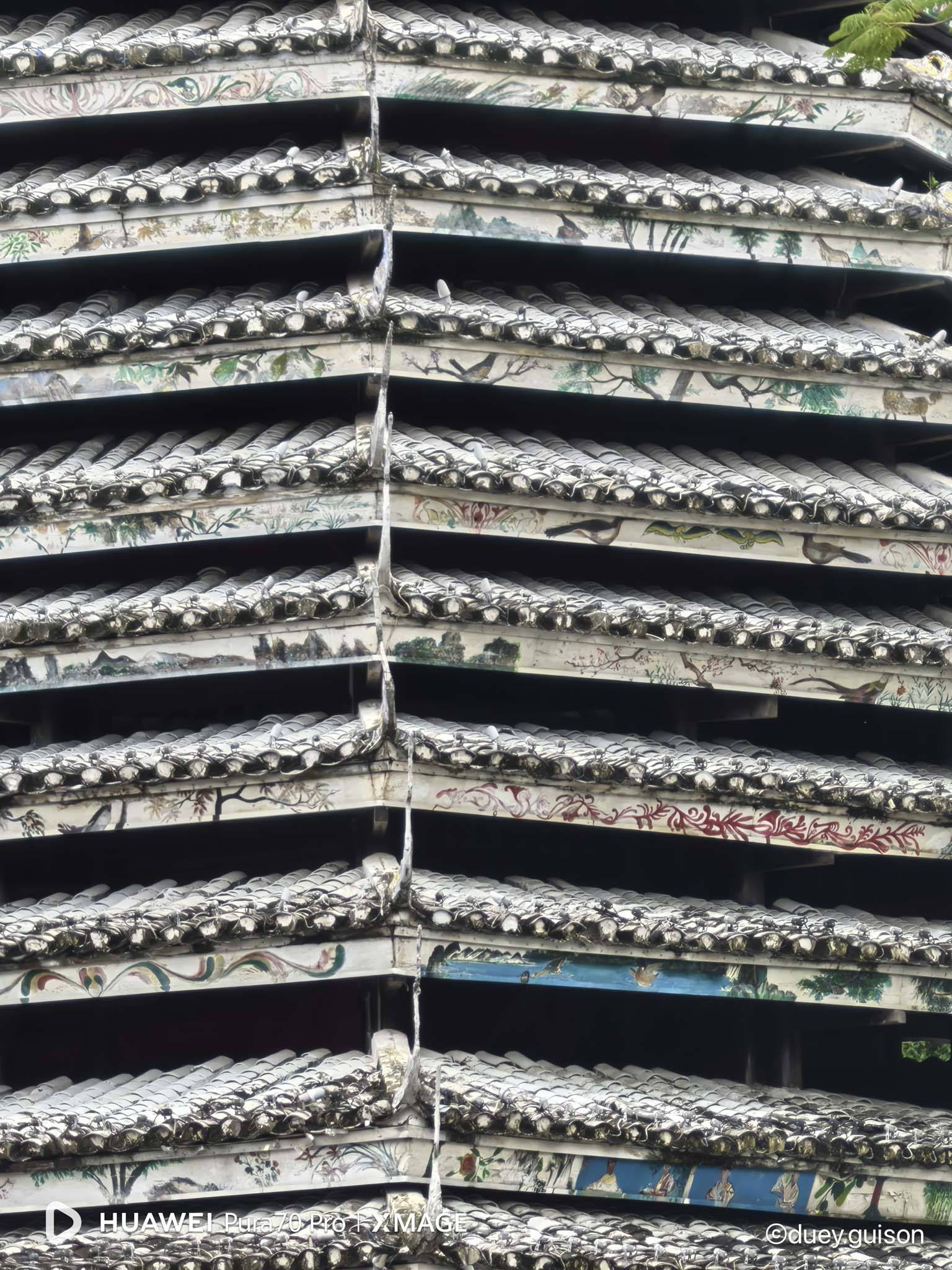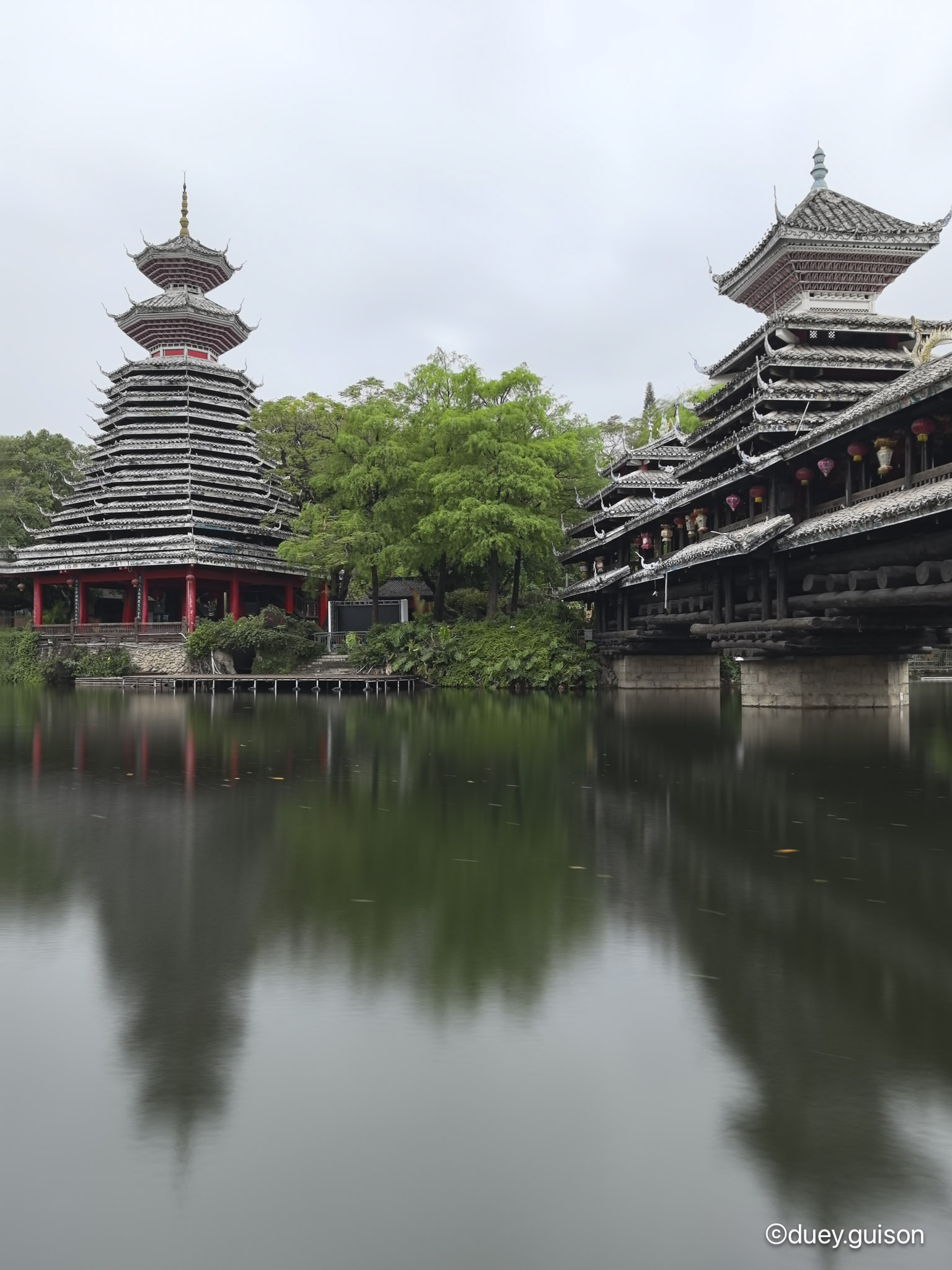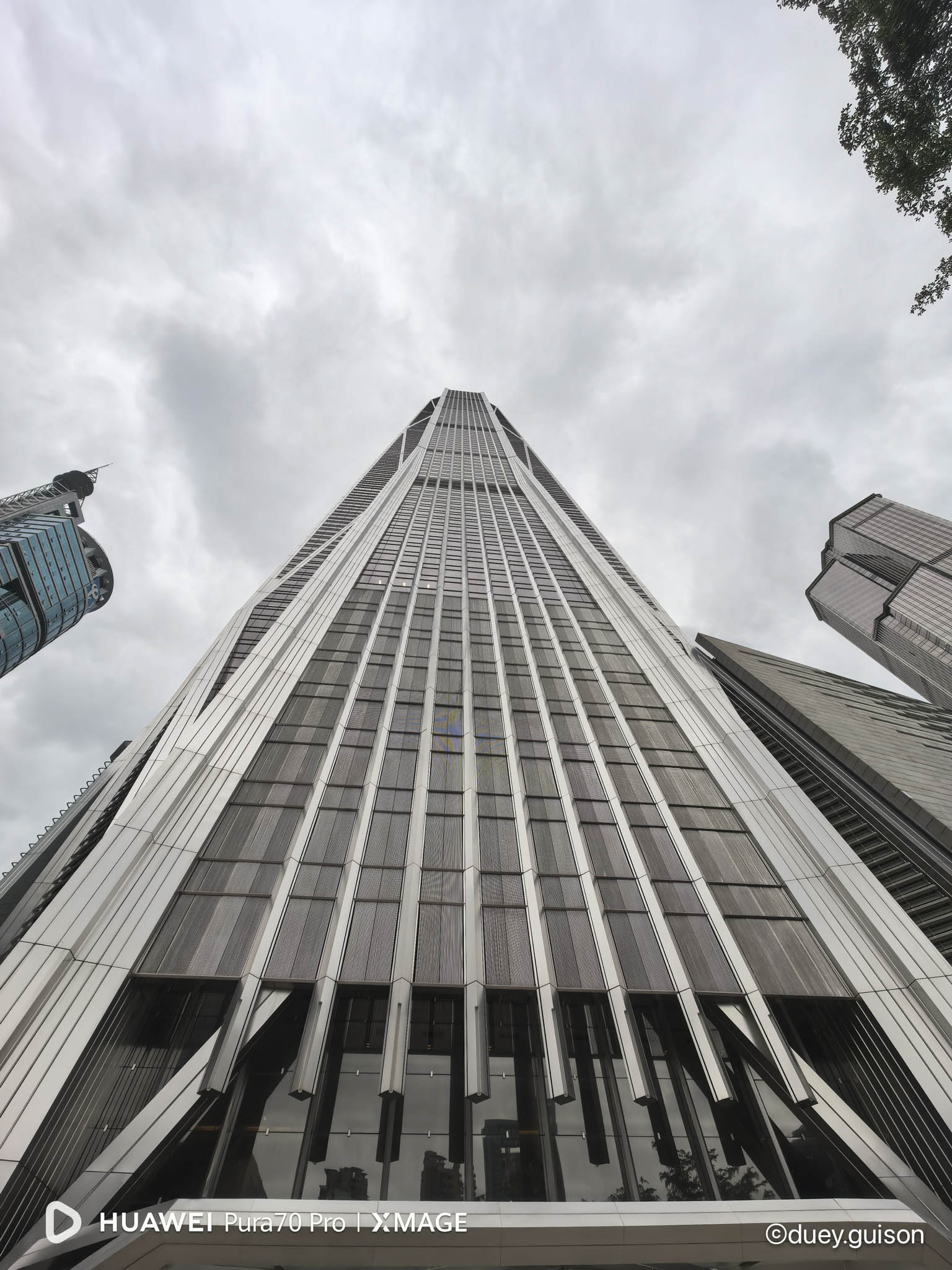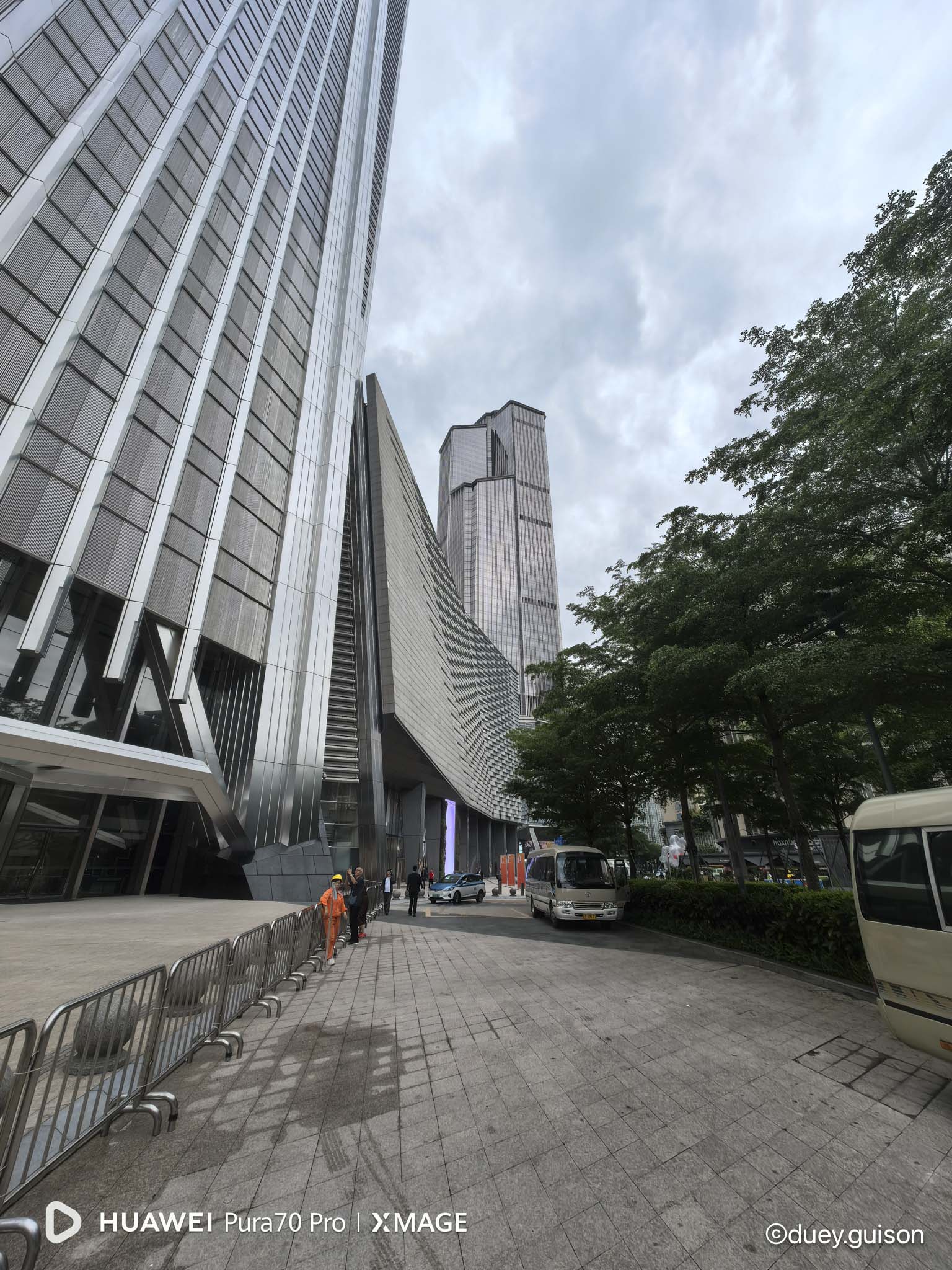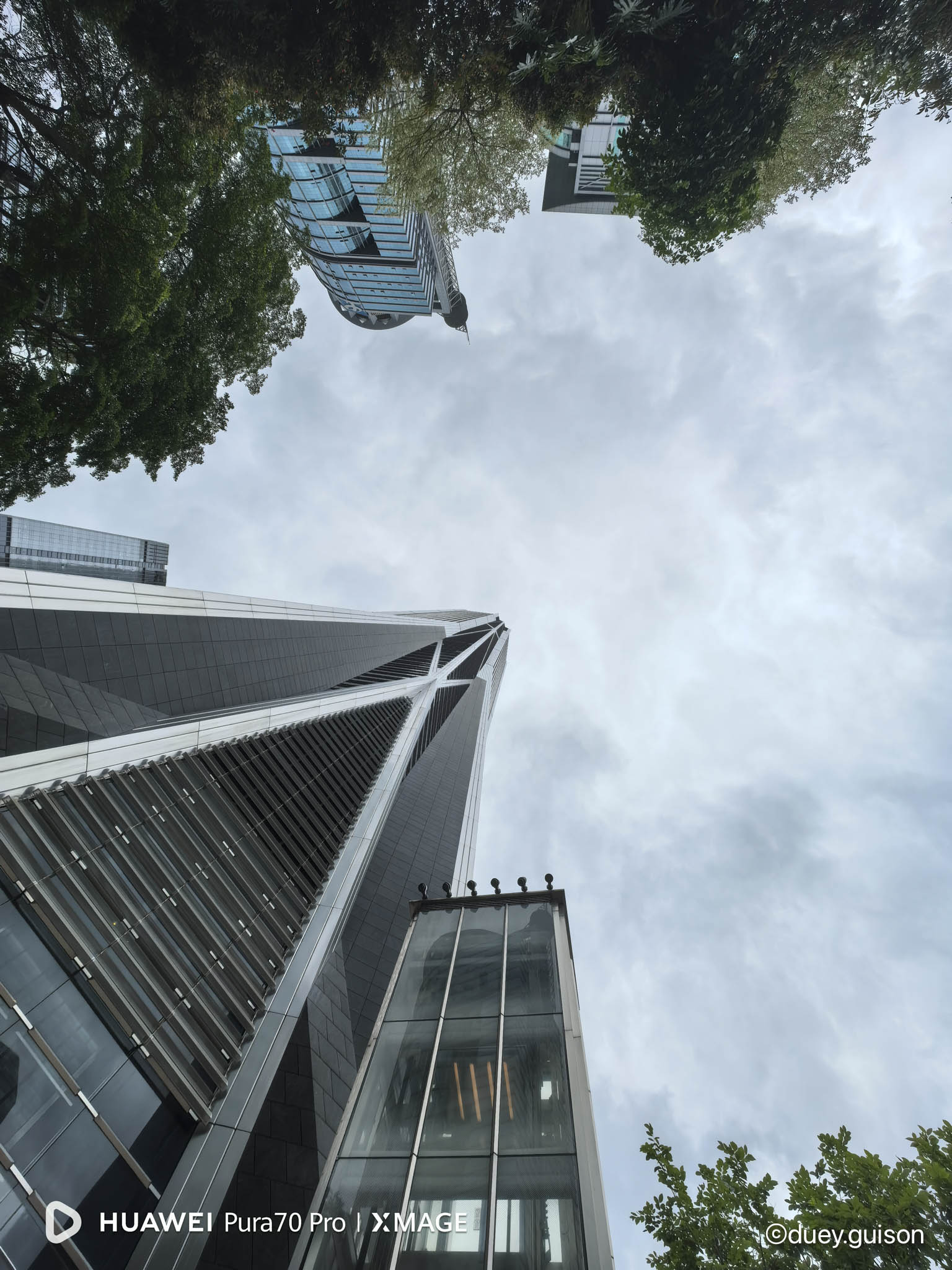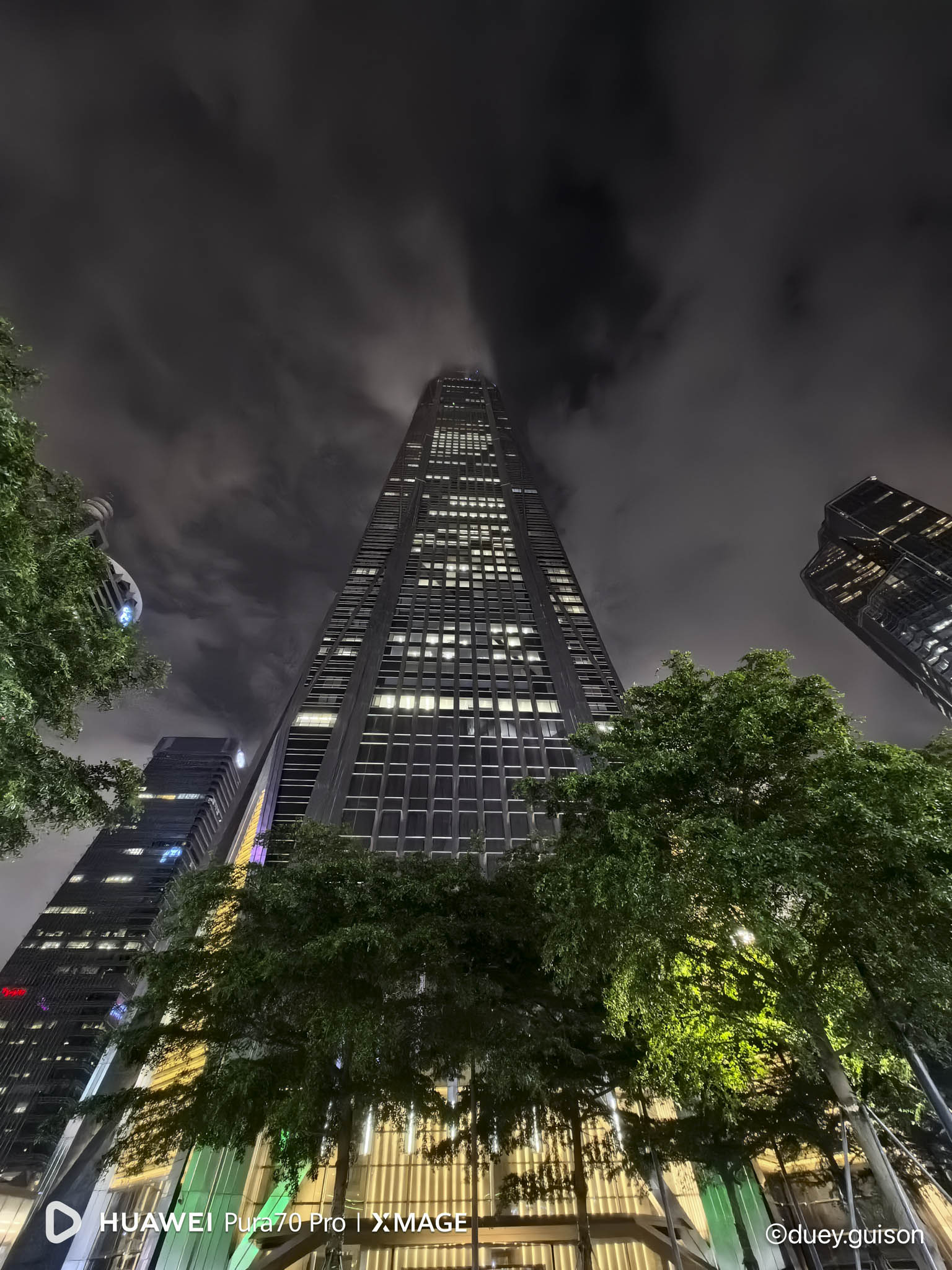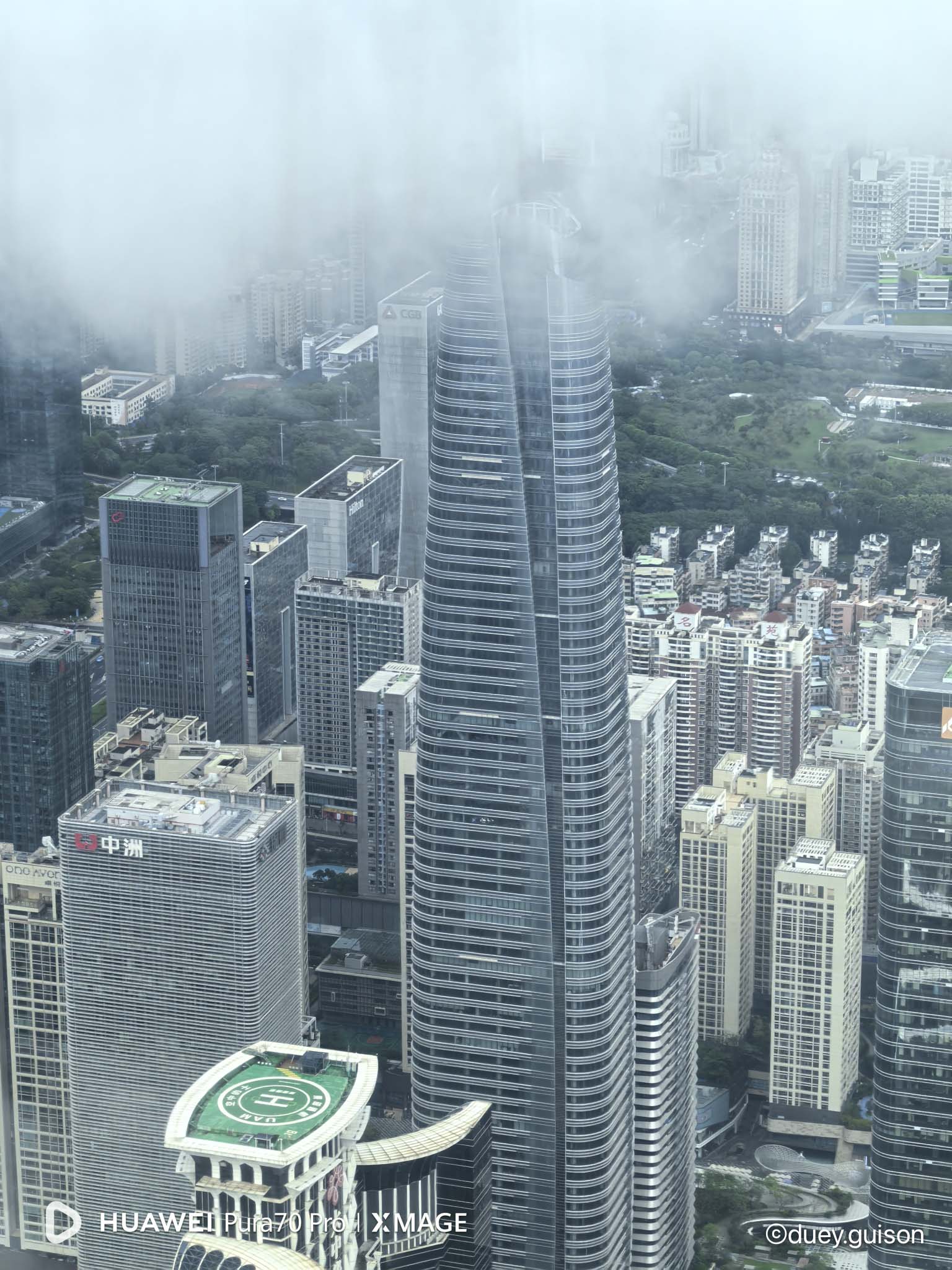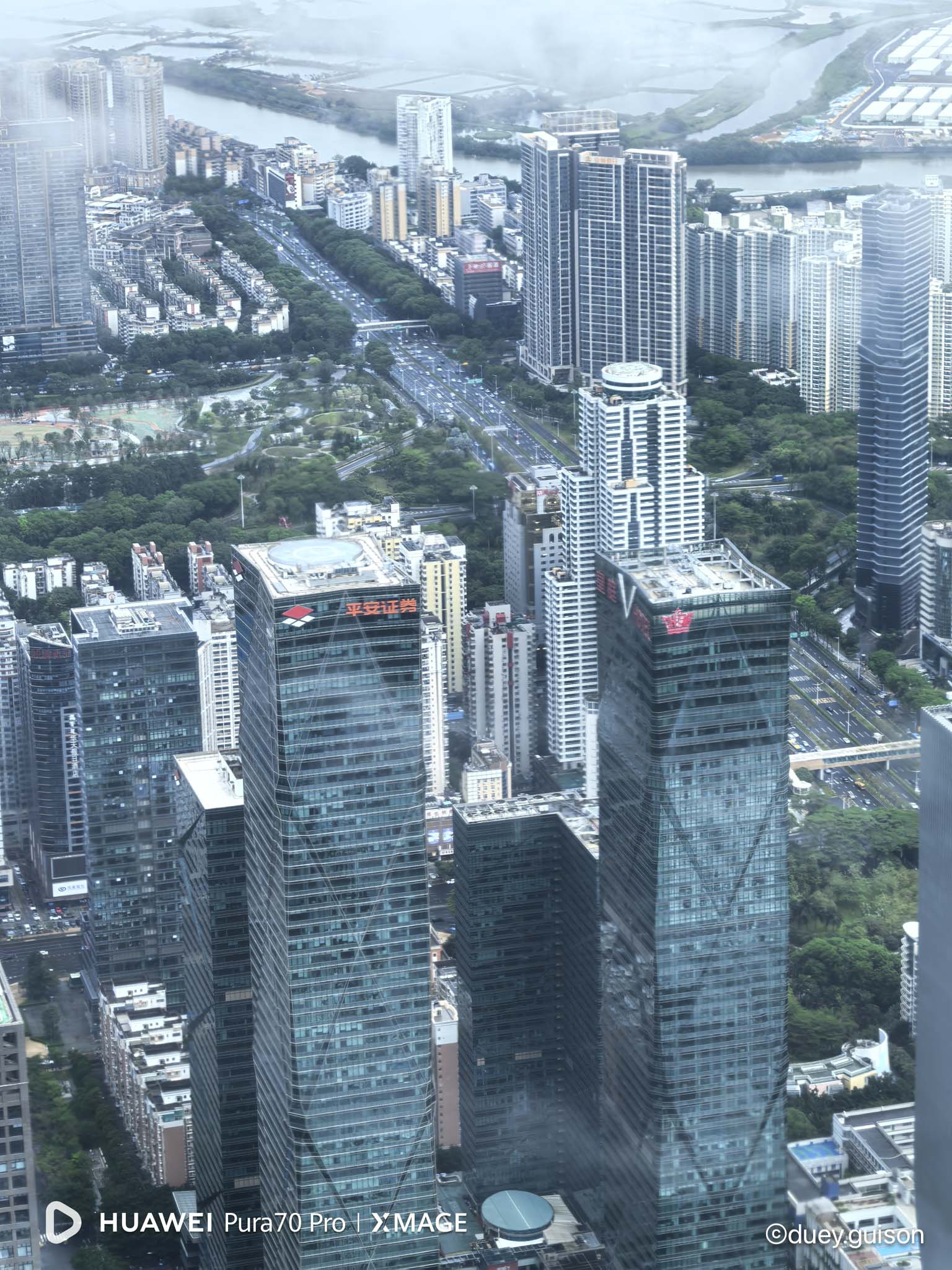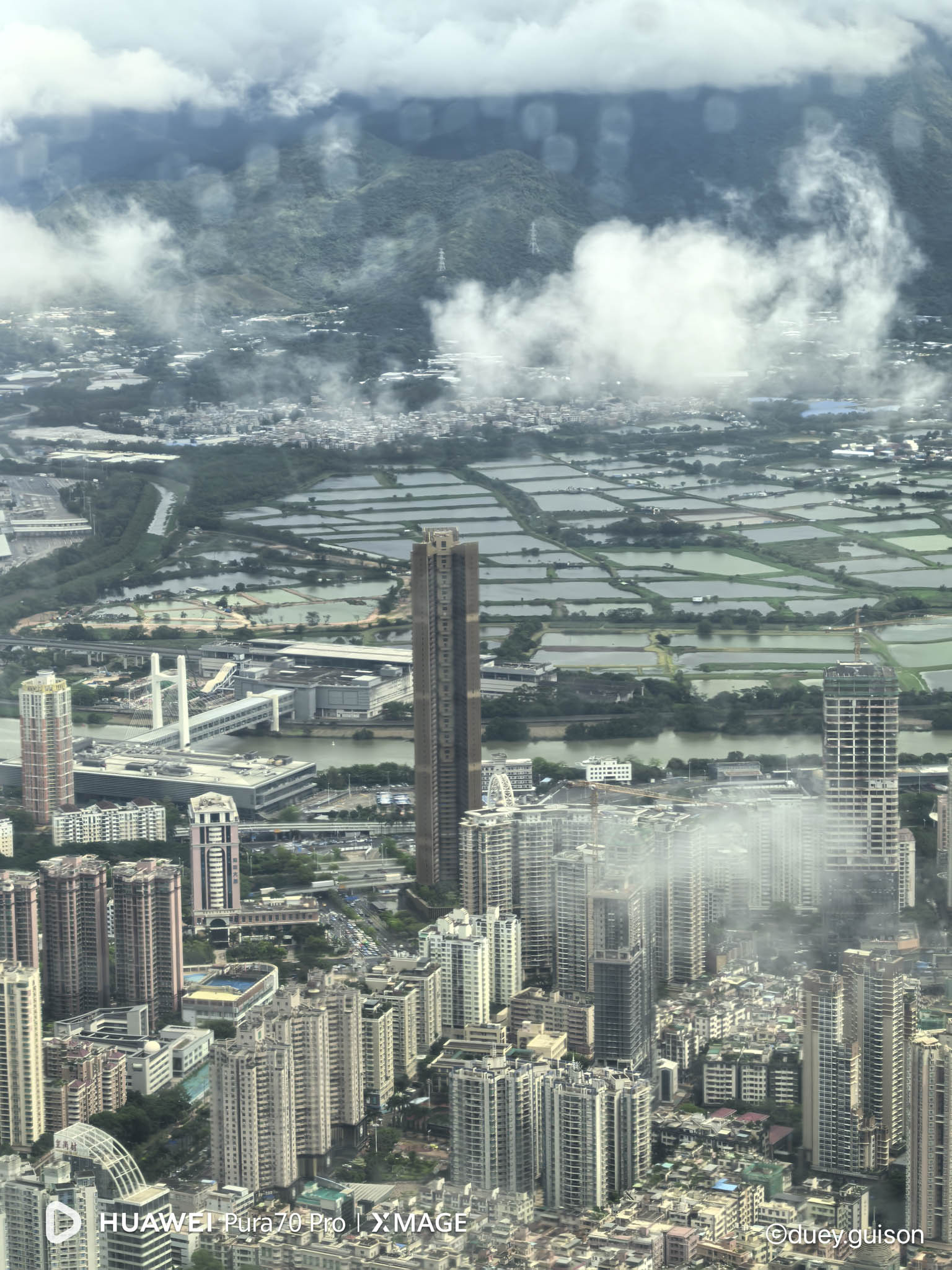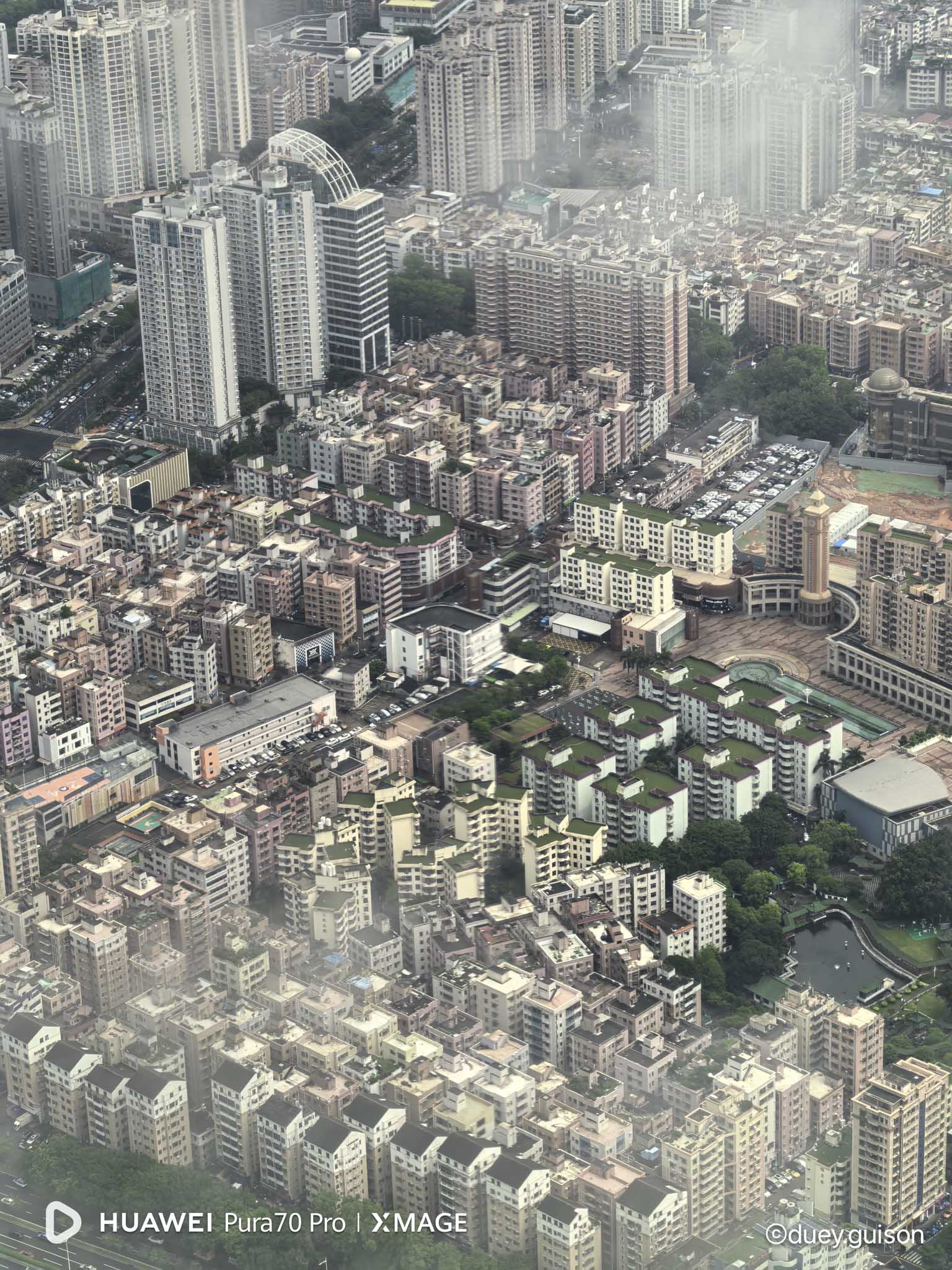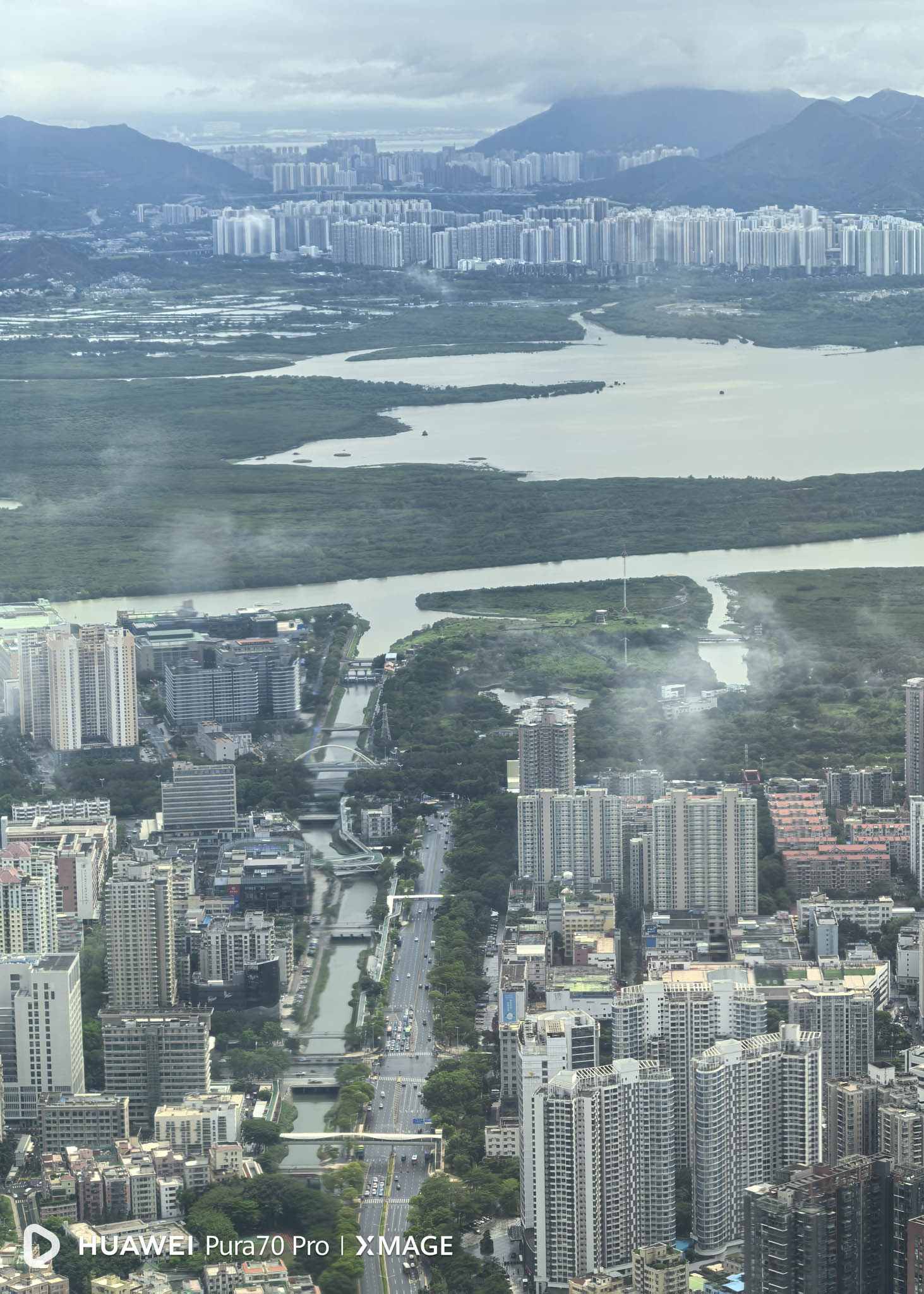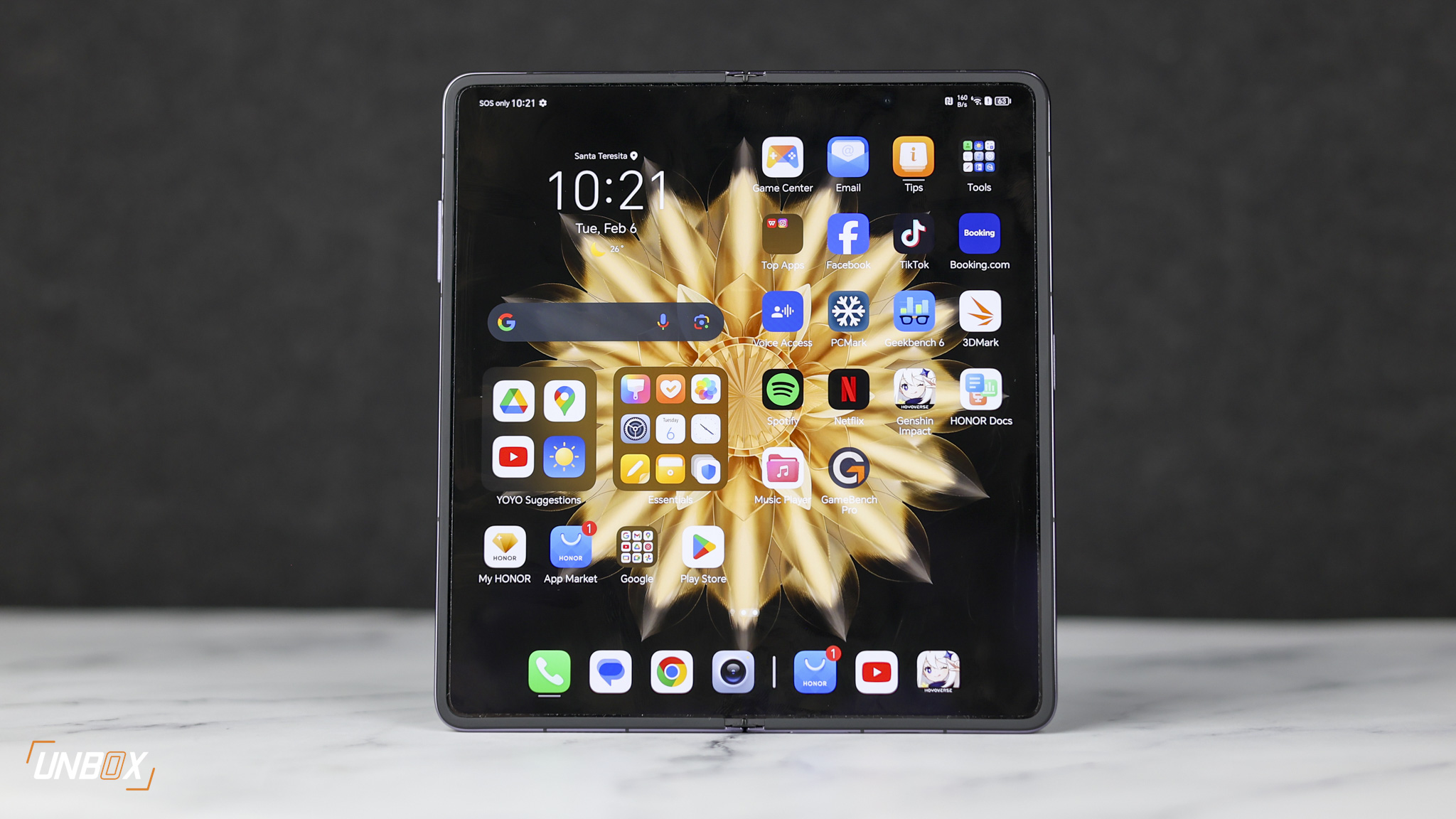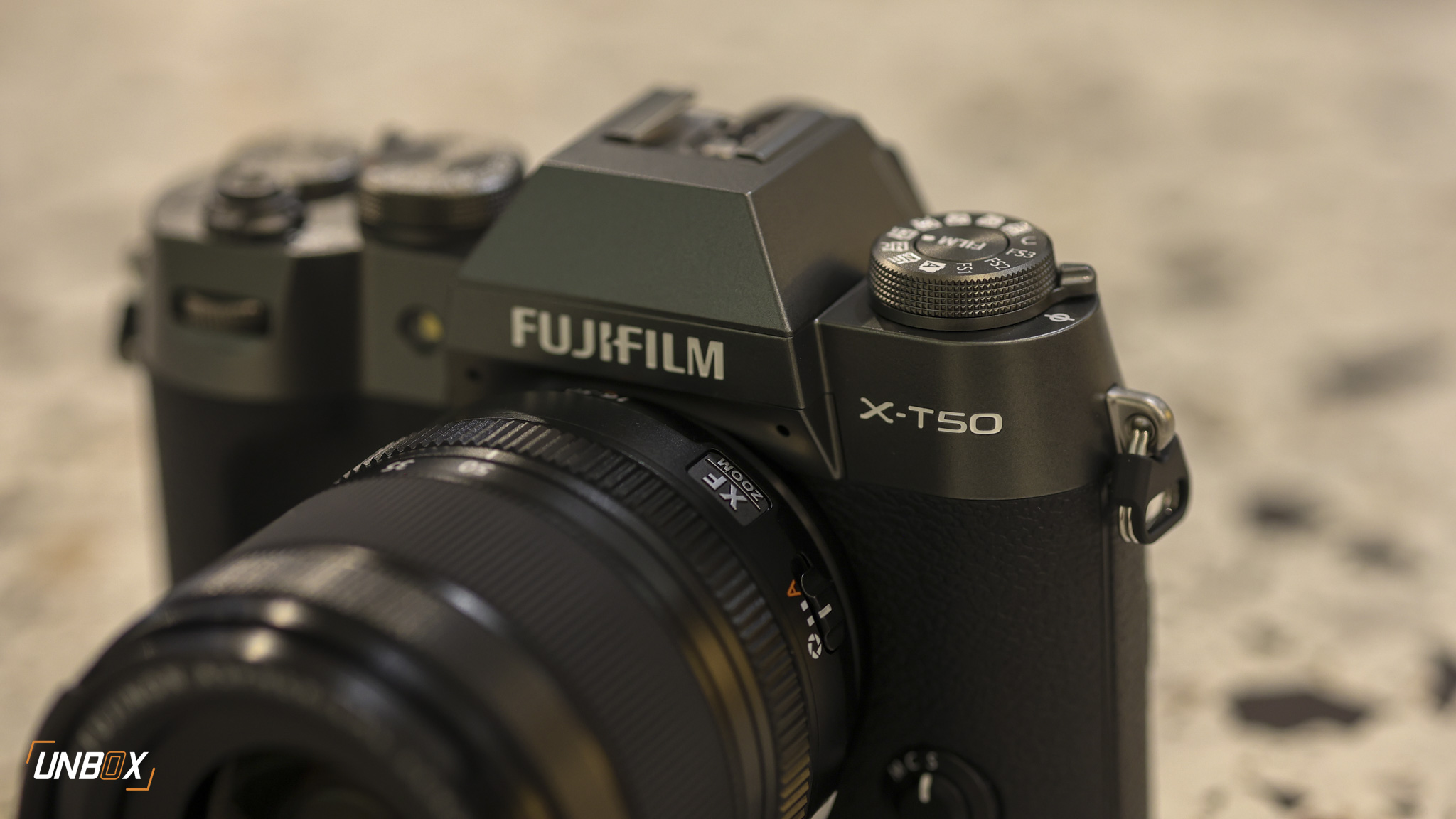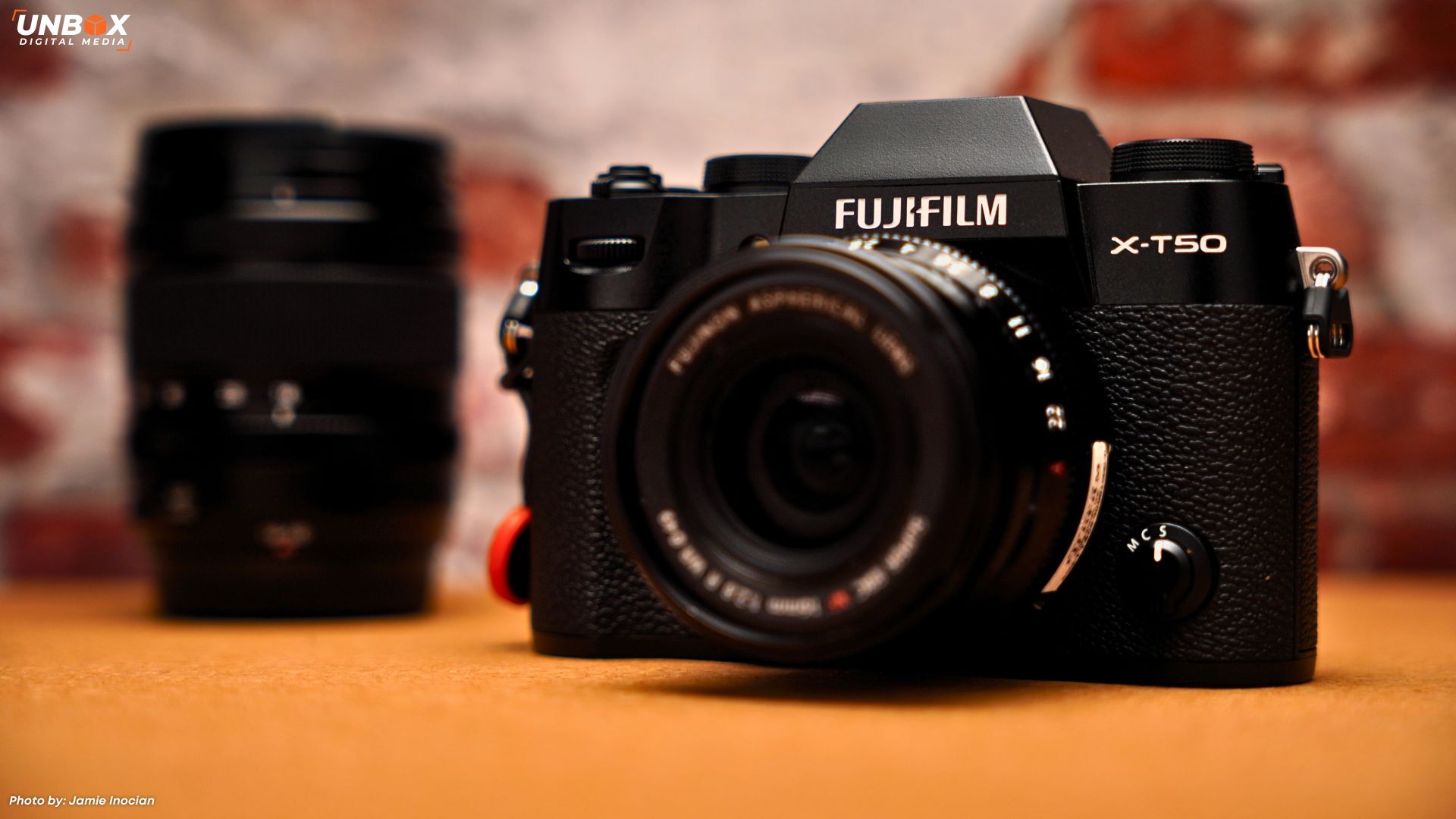Now that Huawei has revealed the official price of the Pura 70 series in the Philippines, a lot of people are most likely going to ask: how are the cameras? We did our initial impressions on the Pura 70 Pro the moment we got it in Shenzhen last week, and using the phone for 5 days gave us enough insights on what the Pura 70 Pro’s cameras are capable of.
READ MORE:
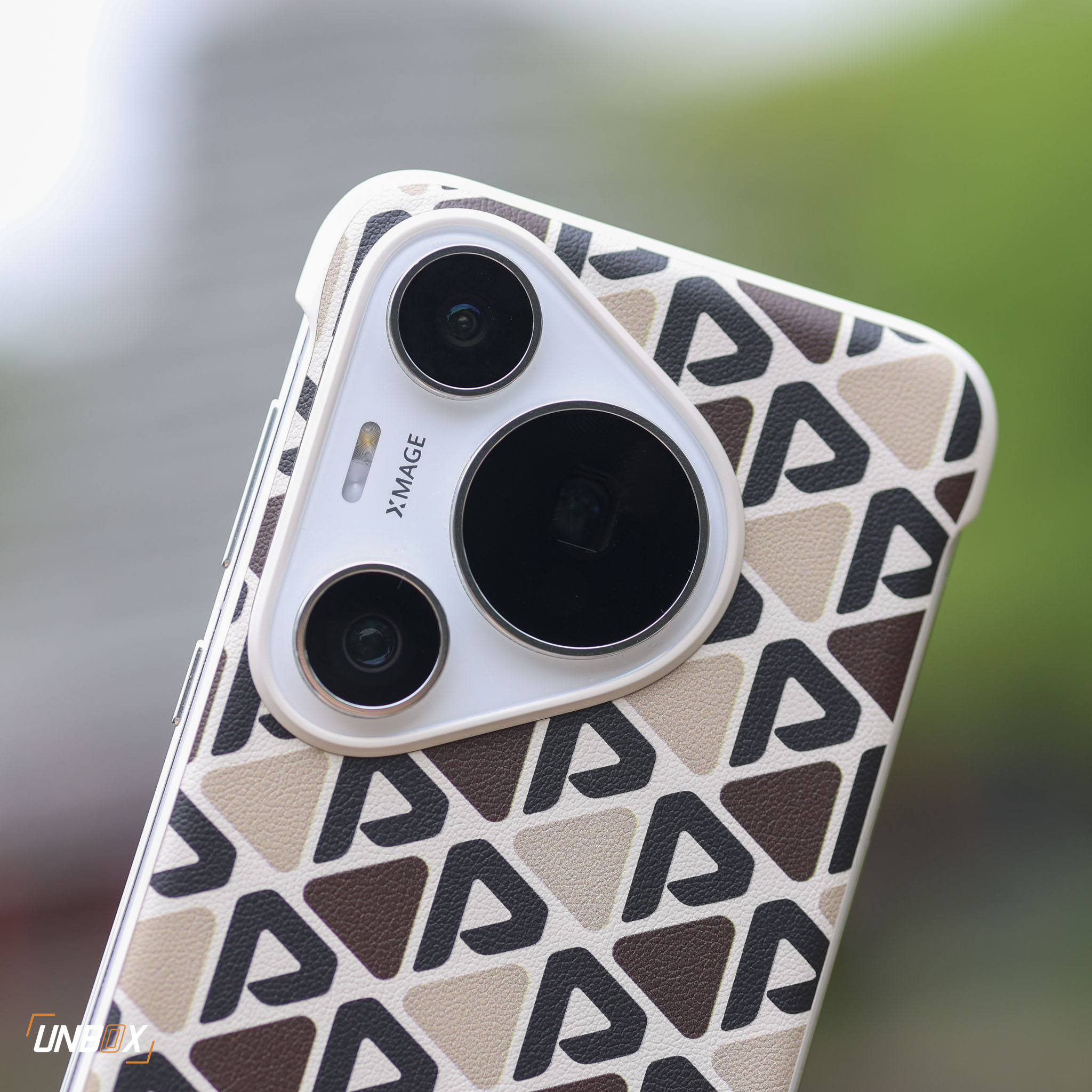
Camera recap
The Pura 70 Pro has an updated 50-megapixel main camera with Huawei’s F/1.4-4.0 variable aperture and OIS, a 12.5-megapixel f/2.2 ultra-wide camera, and a 48-megapixel 3.5x periscope telephoto camera that has a f/2.1 aperture and doubles as a macro camera.
Night Stroll around Galaxy Park
We arrived at our hotel in Galaxy Park at night, and it was raining during that time. That didn’t stop us to try out the Pura 70 Pro’s cameras (don’t worry, it has an IP68 rating) and see its low-light performance. Just like what we saw in the P60 Pro, the Pura 70 Pro excels in low-light photography, giving photos plenty of detail and keeping exposure balanced to avoid blown highlights as much as possible.
A quick trip in the hotel lobby let us see the difference of the Pura 70 Pro’s three cameras. The ultra-wide, main, and telephoto cameras have consistent colors and offer a good amount of detail with indoor lighting. Considering that the Pura 70 Pro’s software is not the final version, we were impressed with what the cameras are capable of.
A visit to Huawei Campus in Shenzen and the Flagship store in MixC
We visited the Huawei Campus in Shenzhen, which has one of their biggest stores. The store here also showcased some of their EVs made in partnership with Chinese car brands. The store also gave us a closer look at the Pura 70 Ultra.
We had lunch at the nearby J-Exhibition Area, and we appreciate the unique aesthetics of the place.
We visited the Huawei Flagship Store in MixC, which is a large, 3-story building that has all of Huawei products. It’s a picturesque location, where it’s fun to take photos of the several buildings within the area.
We capped off the day with dessert and a quick night stroll. Once again, the Pura 70 Pro shines with low-light photography, and we’re impressed at how refined is its portrait mode when using the periscope telephoto camera.
After around two days of using the Pura 70 Pro, we noticed that the images improved the more we used the phone. Our hunch with this is that it takes some time for the Pura 70 Pro’s NPU to learn and adapt to what we were shooting. To an extent, Huawei is utilizing AI in making the Pura 70 Pro’s cameras better along the way.
Exploring the beauty of Huawei’s Ox Horn Campus
The highlight of the trip has to be the visit to Huawei’s Ox Horn Campus in Dongguan, which a very picturesque place that draws inspiration from Europe. It’s arguably the perfect place to maximize the Pura 70 Pro’s cameras–especially the telephoto camera in taking close-up shots.
One of the best use cases for the telephoto camera was taking snaps of the elusive black swans that roam around Ox Horn. We found the 10x digital zoom enough for taking photos of these beautiful birds, and the Pura 70 Pro’s response time is so fast that we were able to get clear and blur-free photos.
As an all-around phone for travel photography, the Pura 70 Pro’s 3.5x Telephoto camera performed well in taking close up shots of all the beautiful buildings and structures in Ox Horn. Aside from a broad dynamic range, colora are also accurate as well–they are not as oversaturated compared to how other brands handle post processing images.
Speaking of the telephoto camera, Huawei’s Portrait Mode for the Pura 70 Pro feels very polished despite not using final software–aside from great depth separation, the portrait mode does a good job in distinguishing hair strands to make photos look as natural as possible.
Ox Horn looks great at night, and the Pura 70 Pro continues to show its prowess in low-light photography across all three cameras.
A Day Tour around Shenzhen
Our last day involved going around tourist spots in Shenzhen. These include exploring the streets of Dafen, which is famous for being a hub for oil paintings, and Splendid China Folk Village, an amusement part that showcases Chinese culture.
We got to play around with some of the Pura 70 Pro’s camera features like light paint to get that silky water look in Splendid China Folk Village. The telephoto camera proved to be useful in unveiling hidden details in one of the structures we spotted.
As we were exploring Shenzhen, we made good use of the ultra-wide camera to capture different perspectives ot the Ping An Finance Center–known as the fifth tallest building in the world. Regardless of lighting conditions, the Pura 70 Pro’s ultra-wide camera took great shots of the Ping An Finance Center.
We had enough time to go up to the 116th floor of Ping An Finance Center and visit the Free Sky observatory area, where we made good use of the Pura 70 Pro’s 3.5x telephoto camera. With an approximate focal length of 95mm, we’re impressed at how the Pura 70 Pro’s telephoto camera can rival a full-frame camera that has an 85mm lens.
Looking at both photos side-by-side, it’s nice to see how Huawei’s camera hardware and software makes it competitive enough against full-frame cameras at roughly the same focal length. Granted that there are still limitations (ie. a 35mm full frame sensor will always be superior over any sensor used in phones), it’s nice to see how brands like Huawei are pushing the boundaries of computational photography.
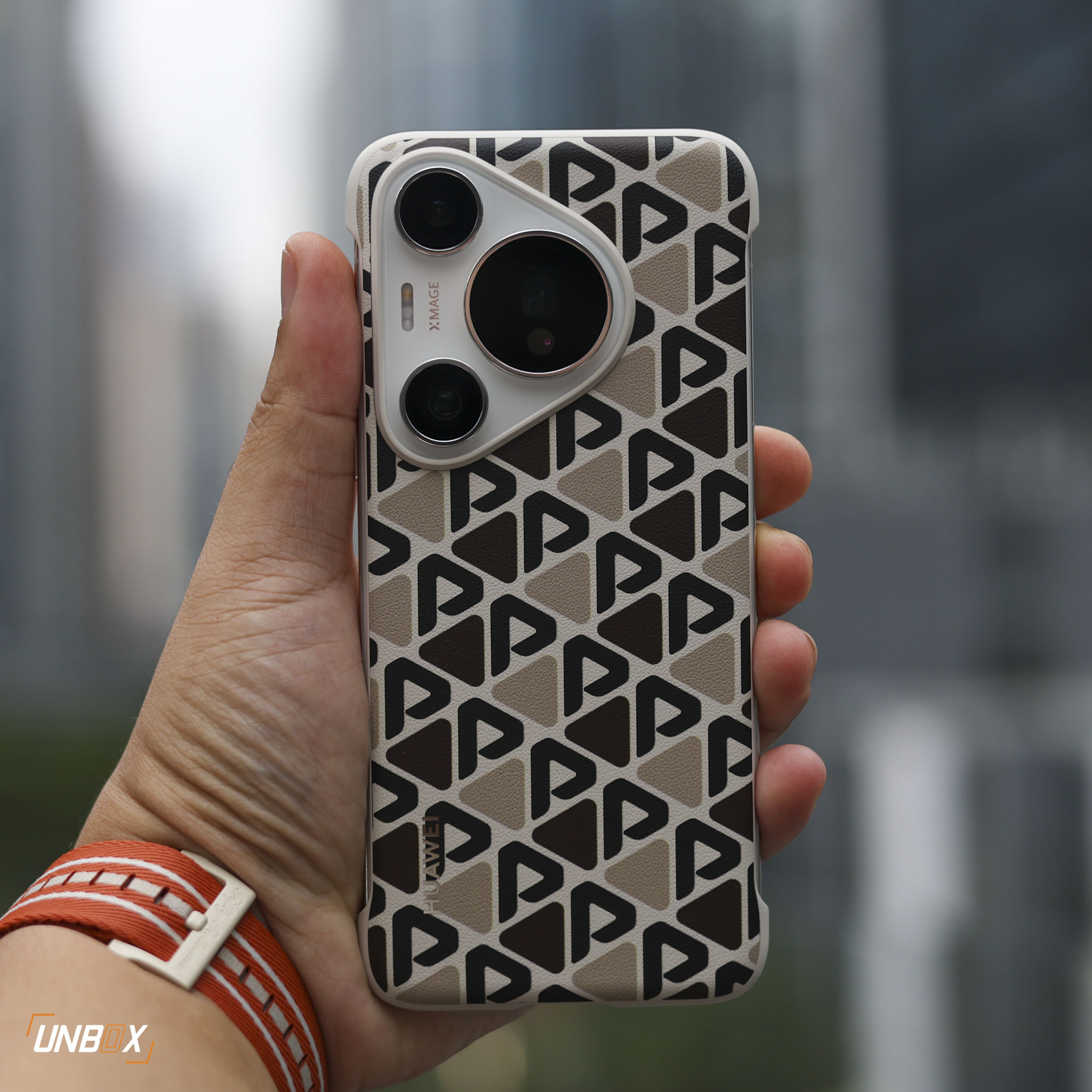
Overall, Huawei did a great job once again with the Pura 70 Pro’s cameras. It may be an iterative update over what we experienced with the P60 Pro, but we will not be surprised if the Pura 70 Pro (or the Pura 70 Ultra) will be considered as one of the best phone cameras for 2024.


